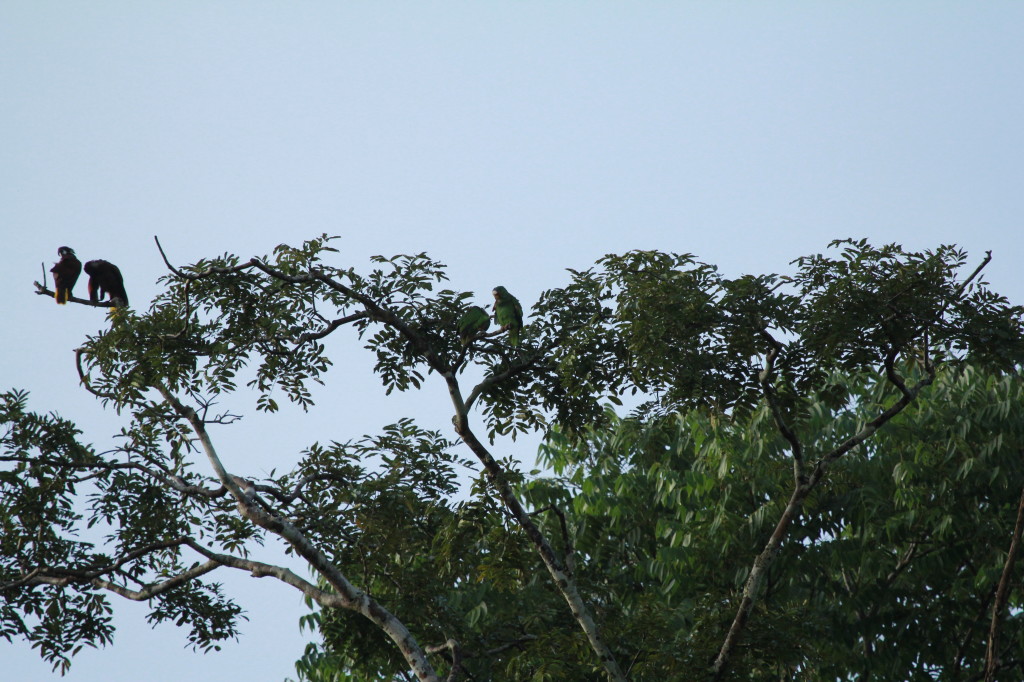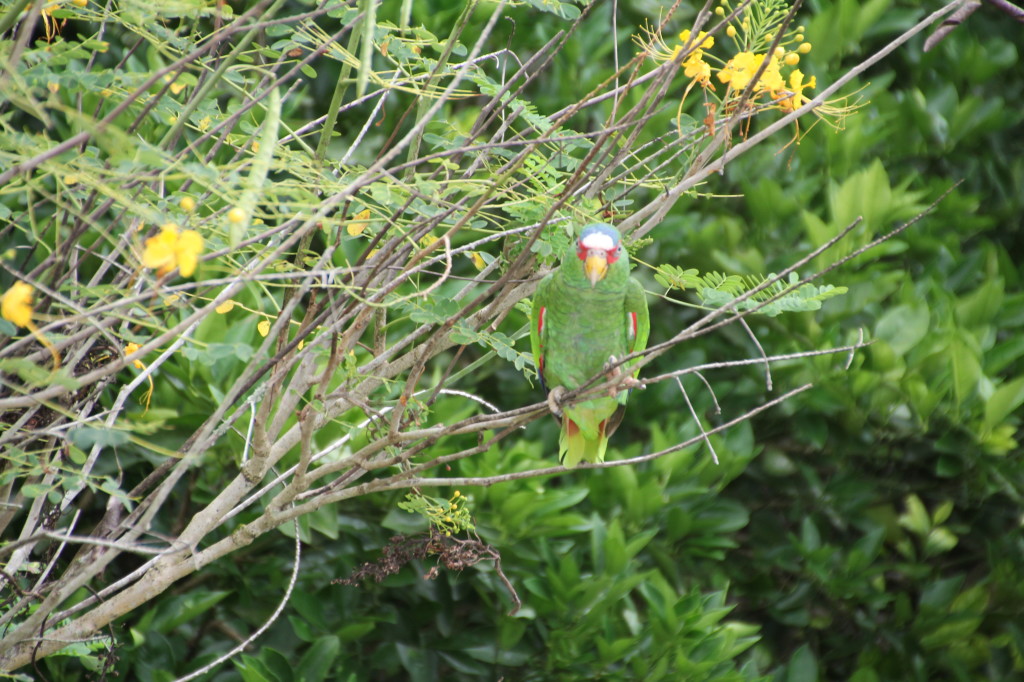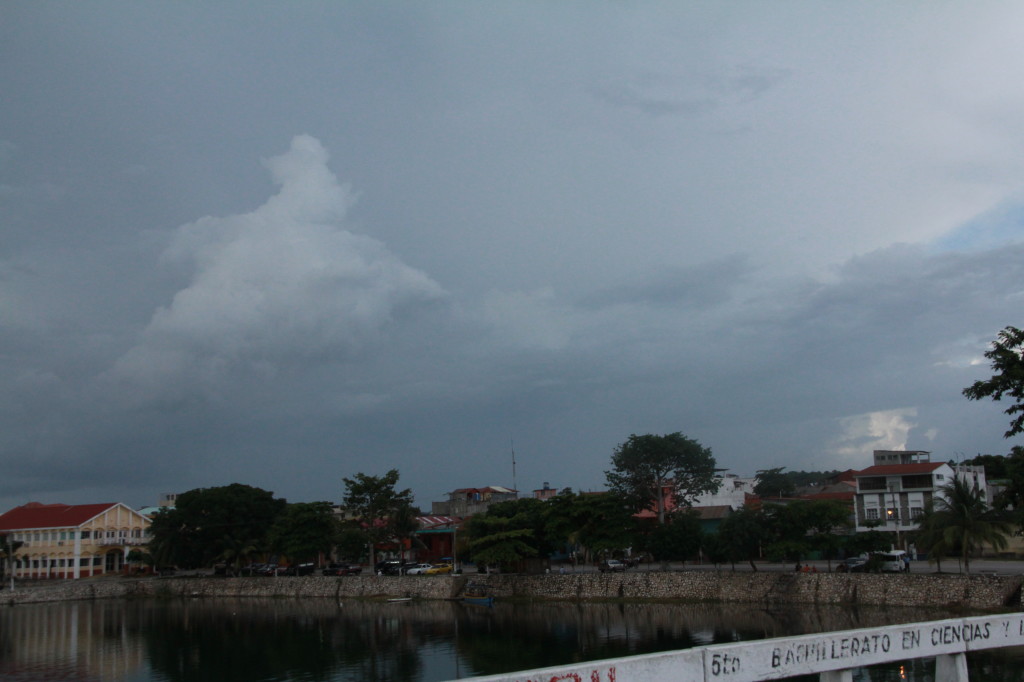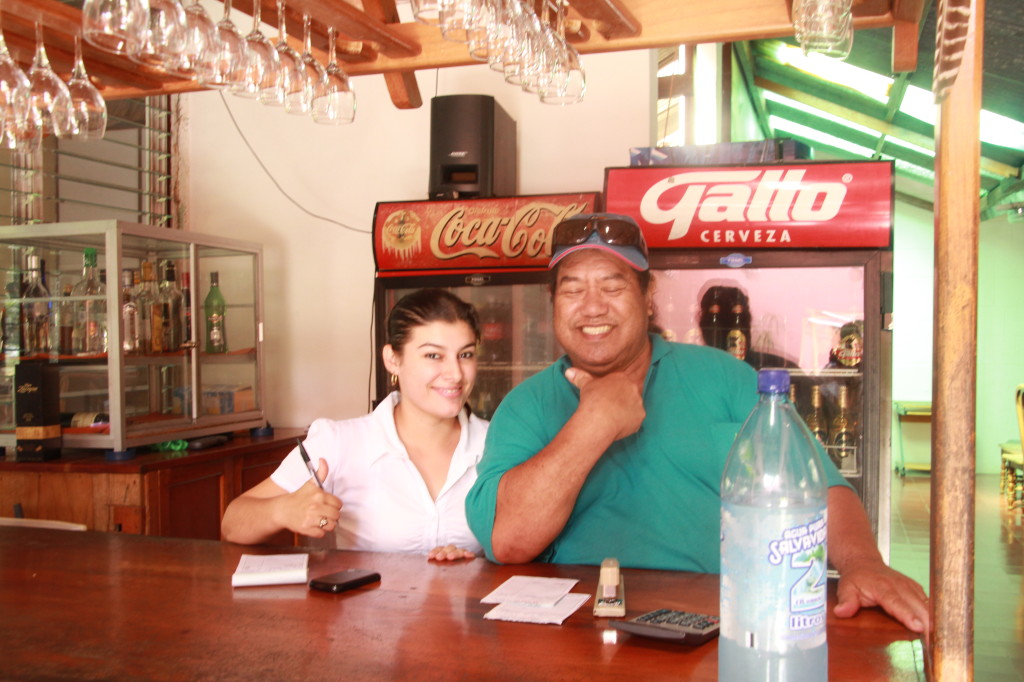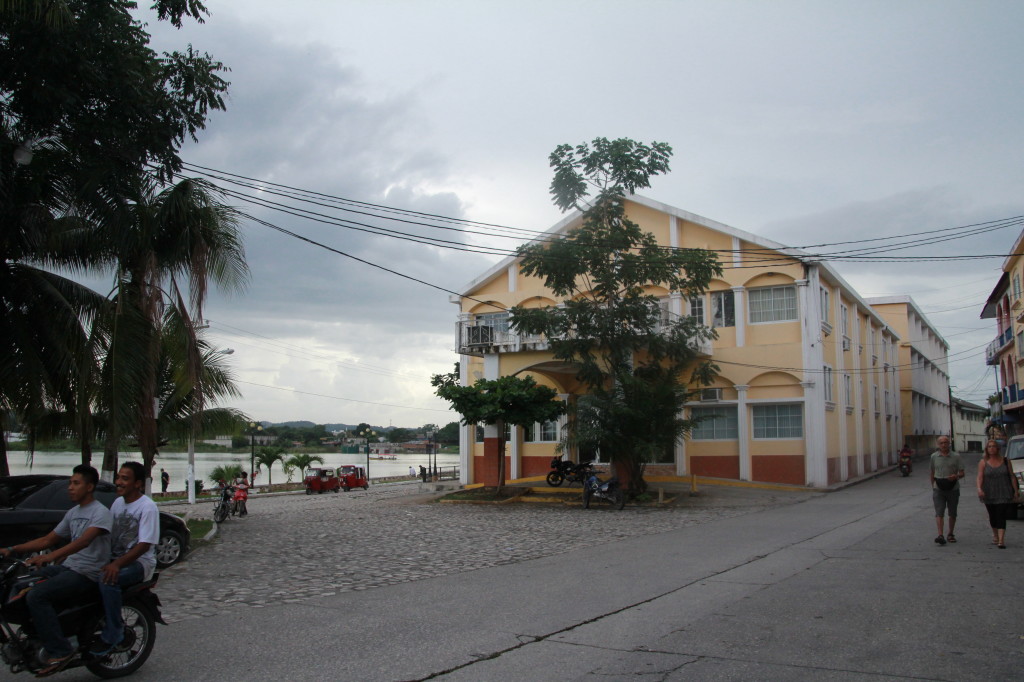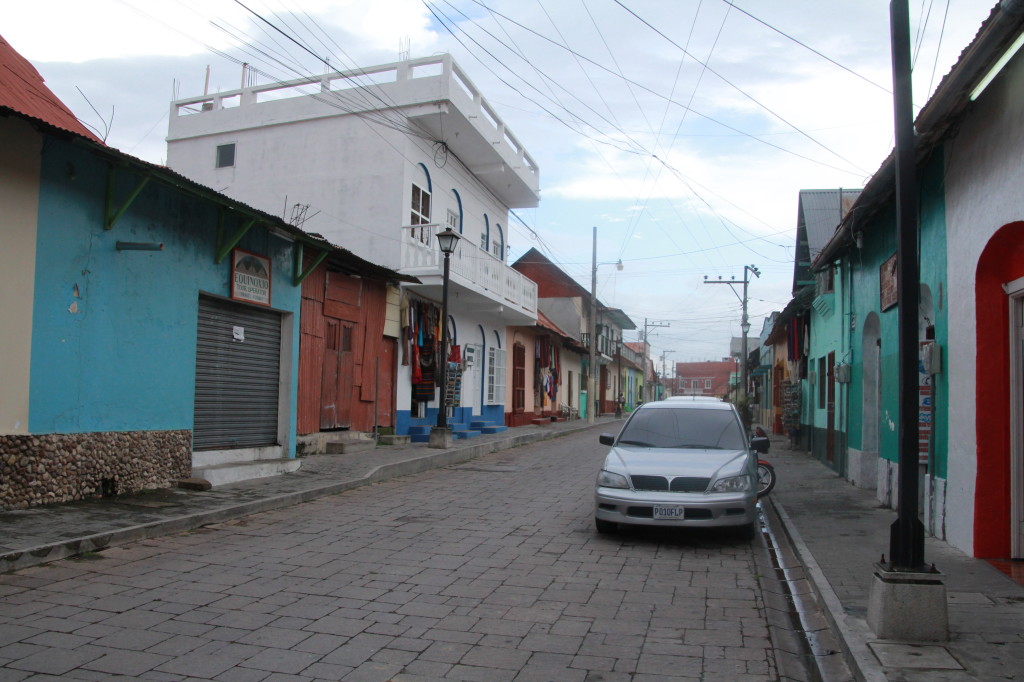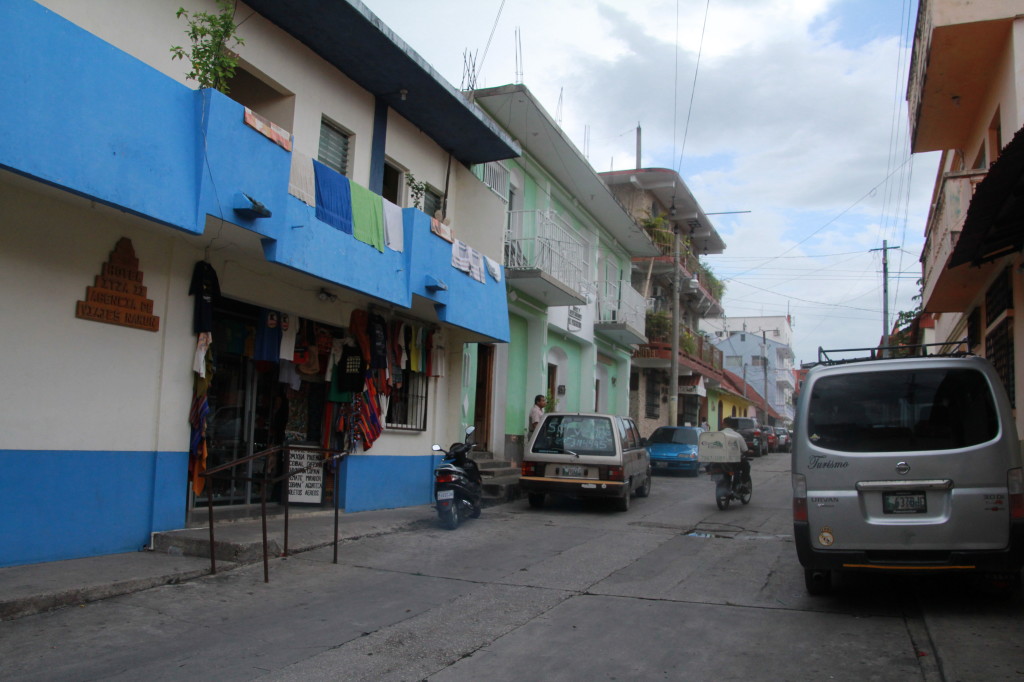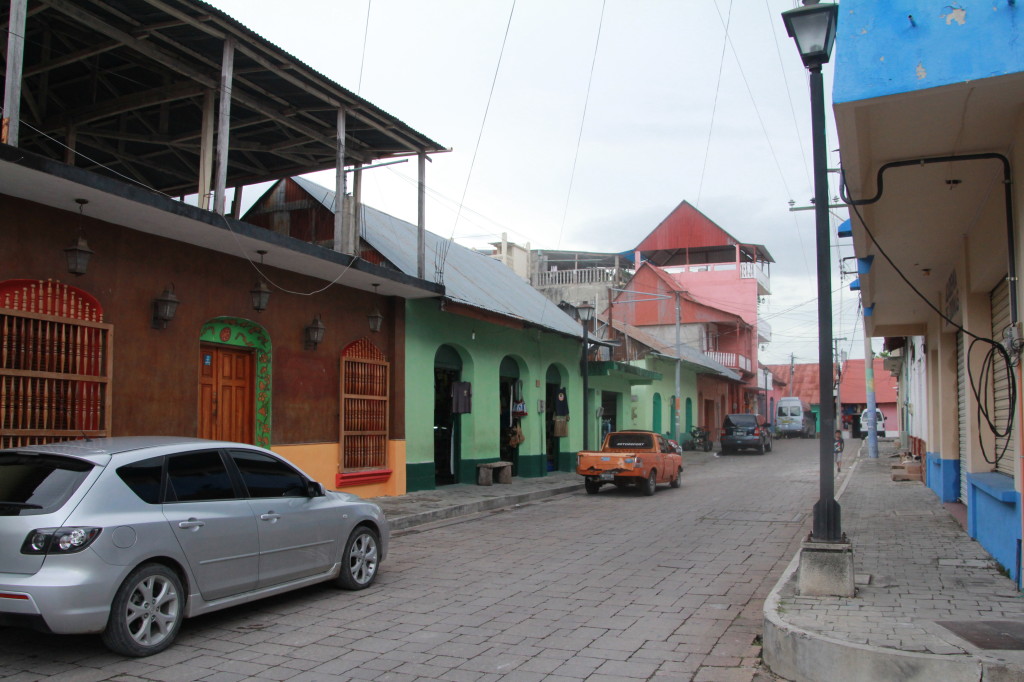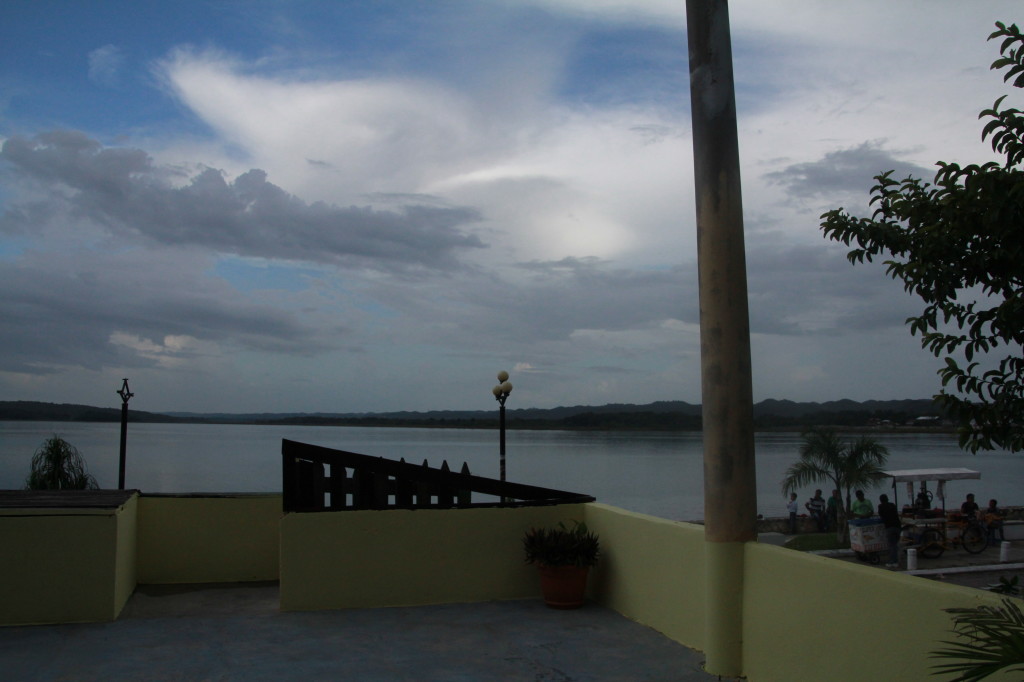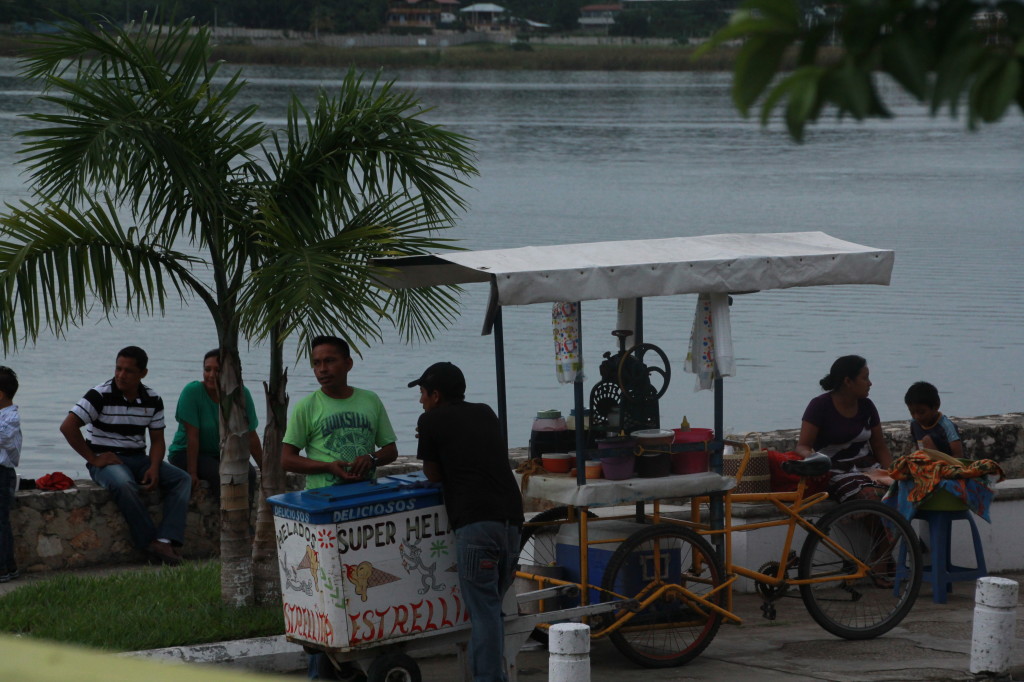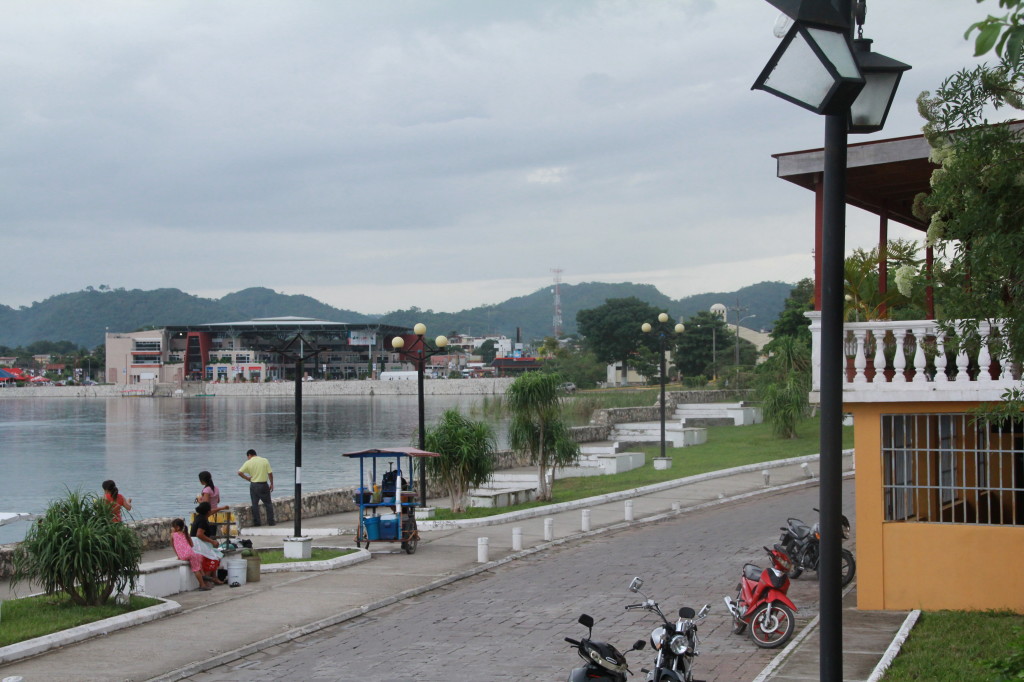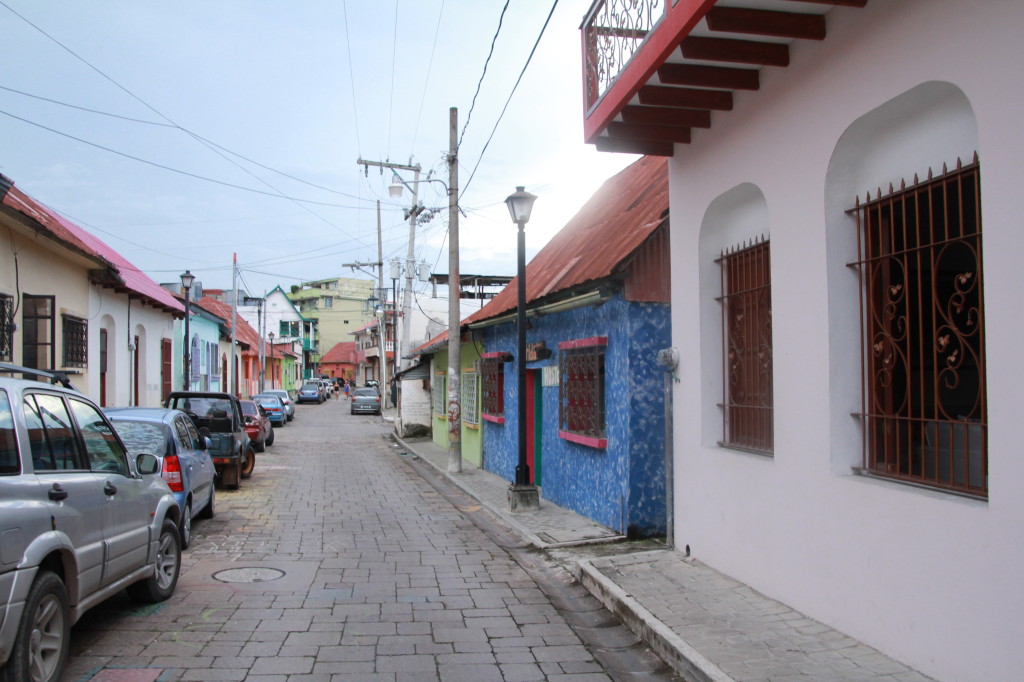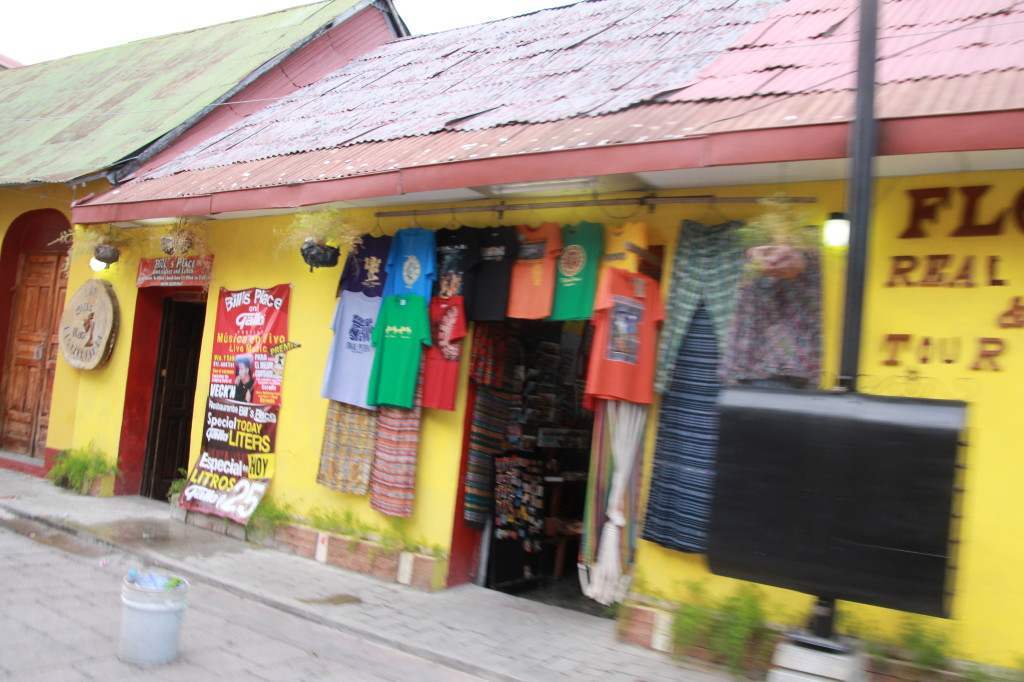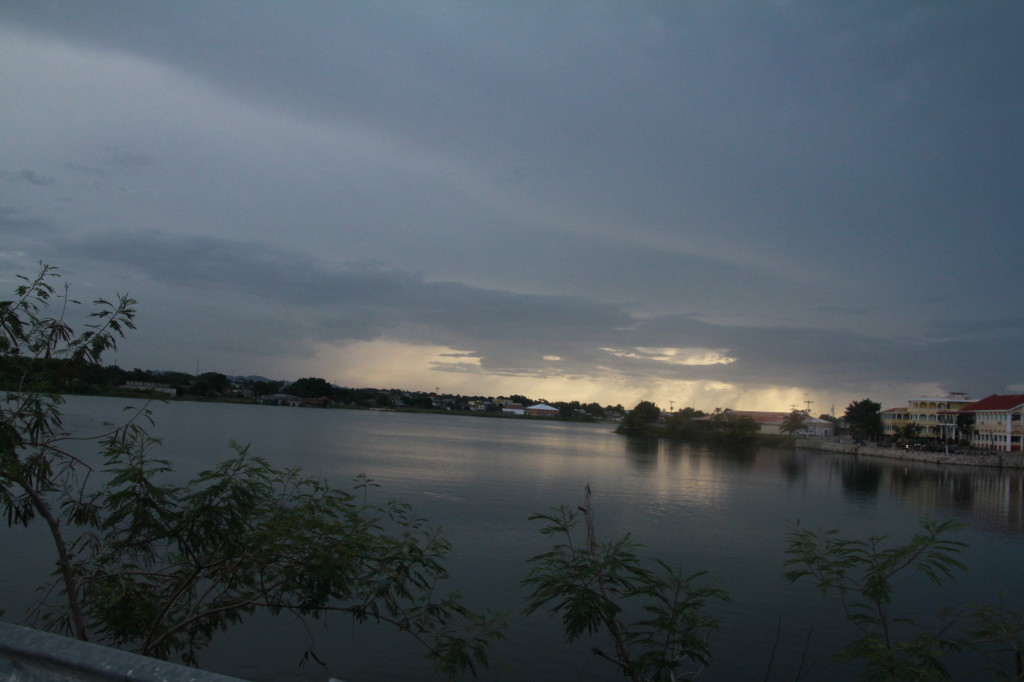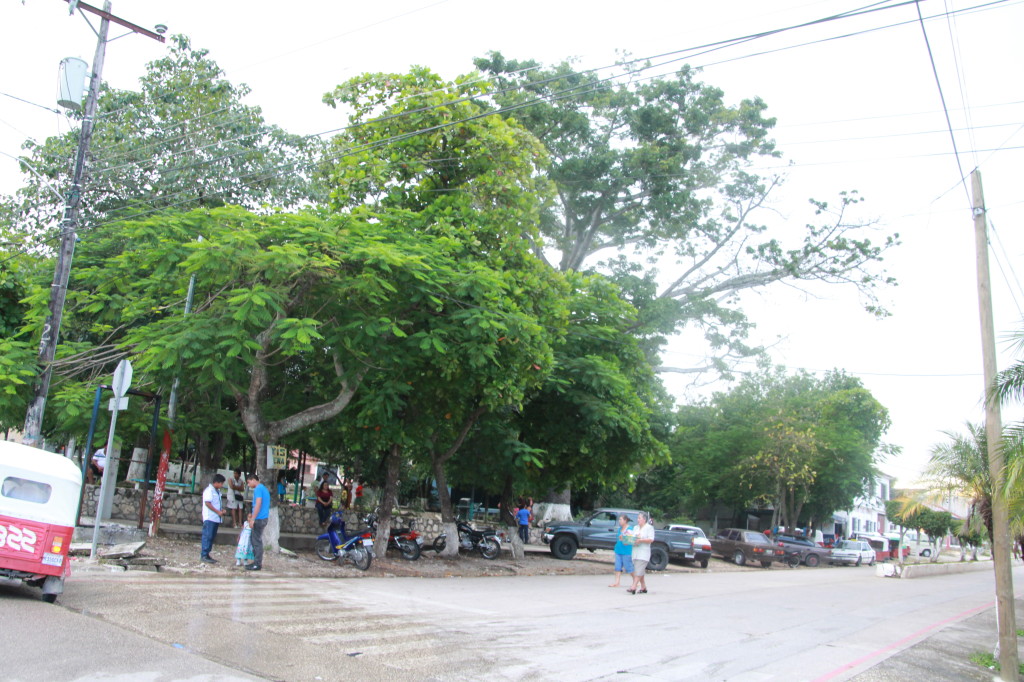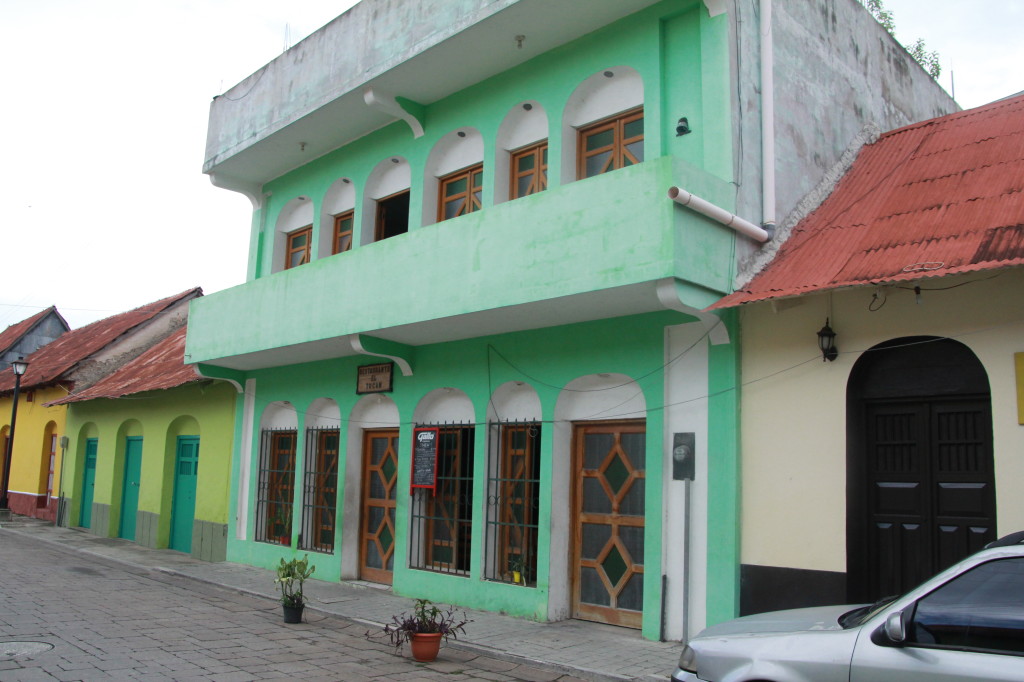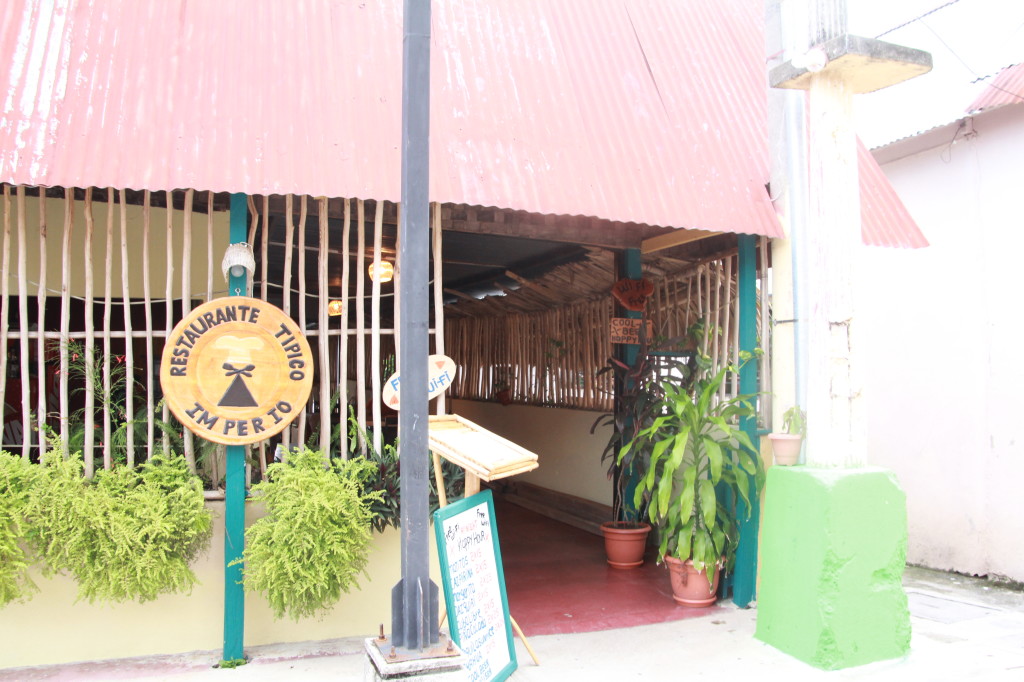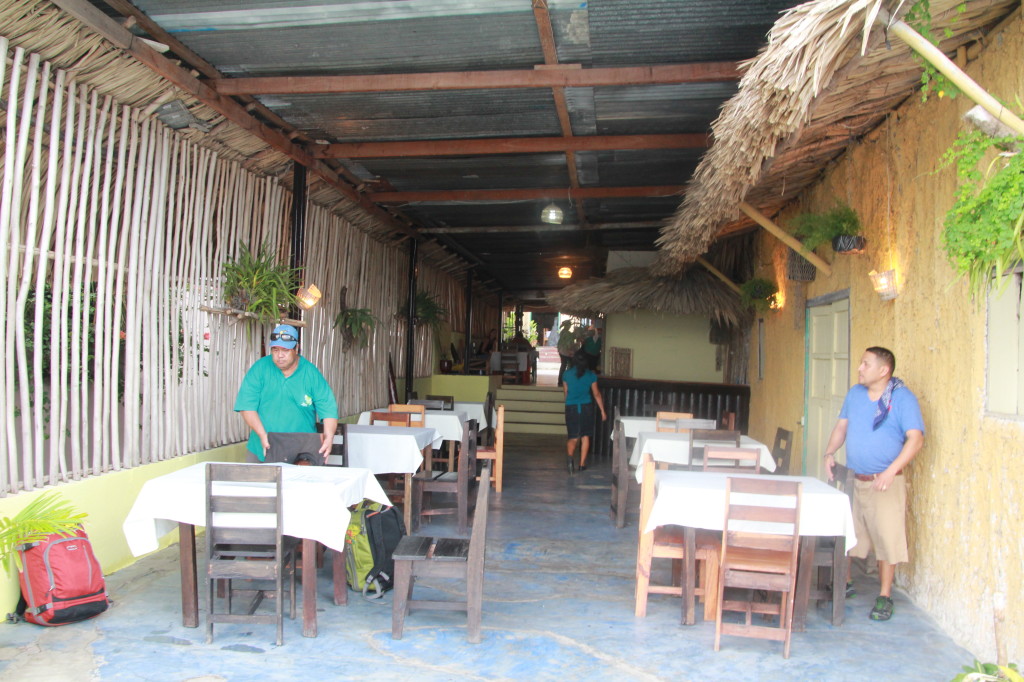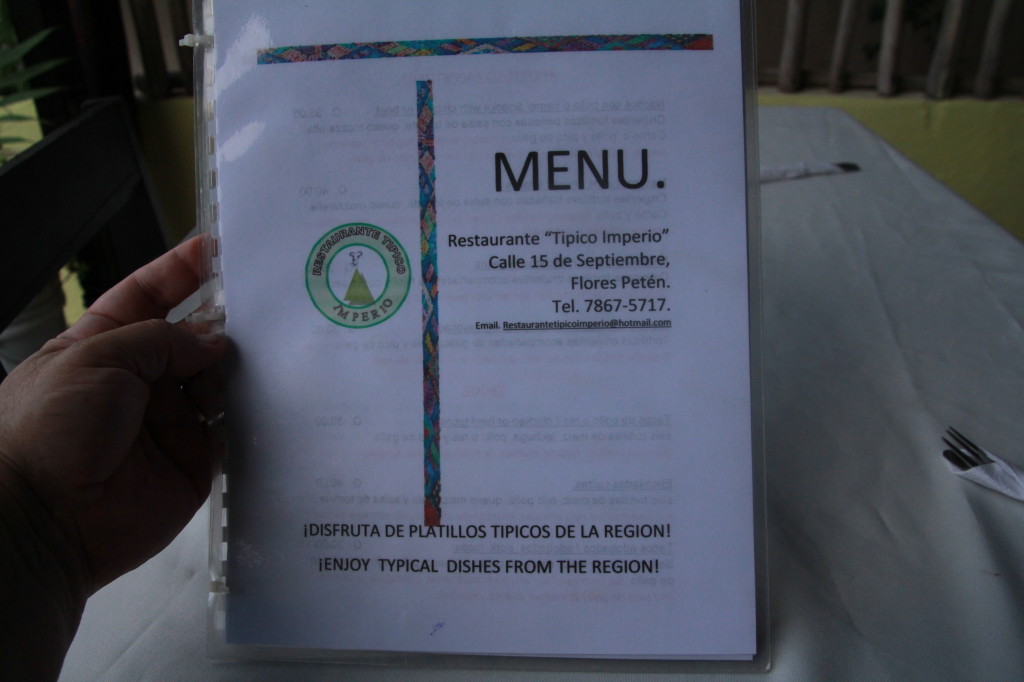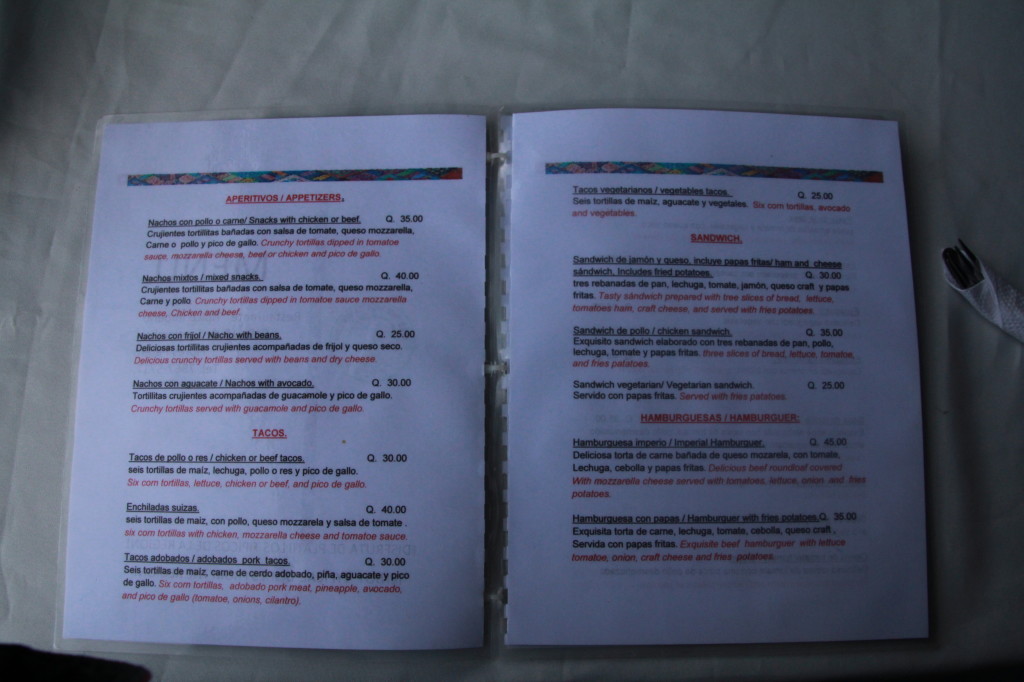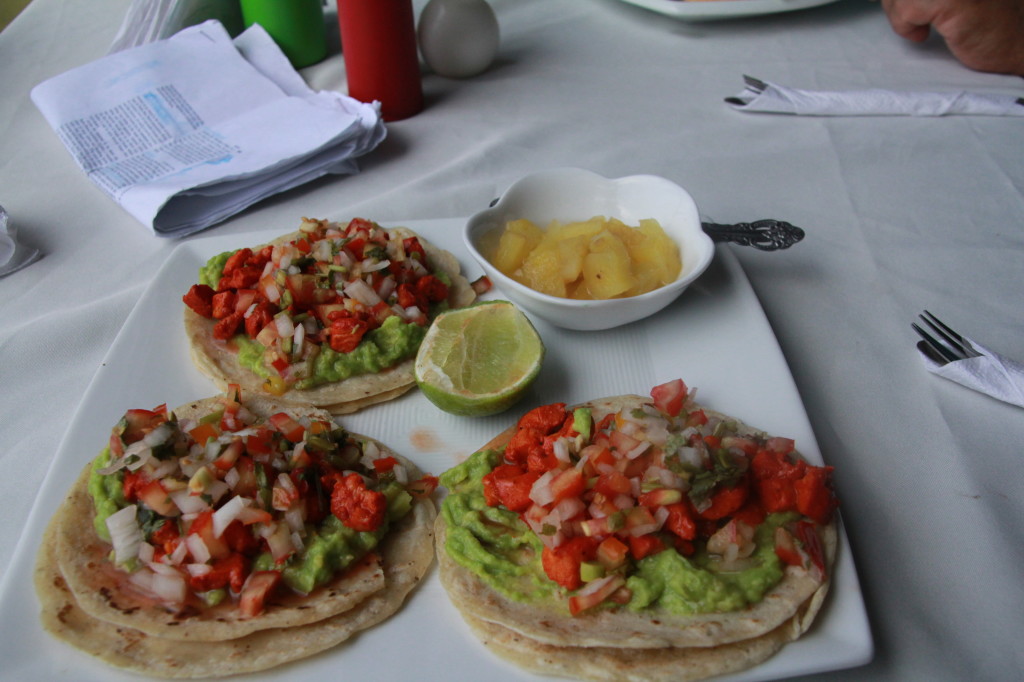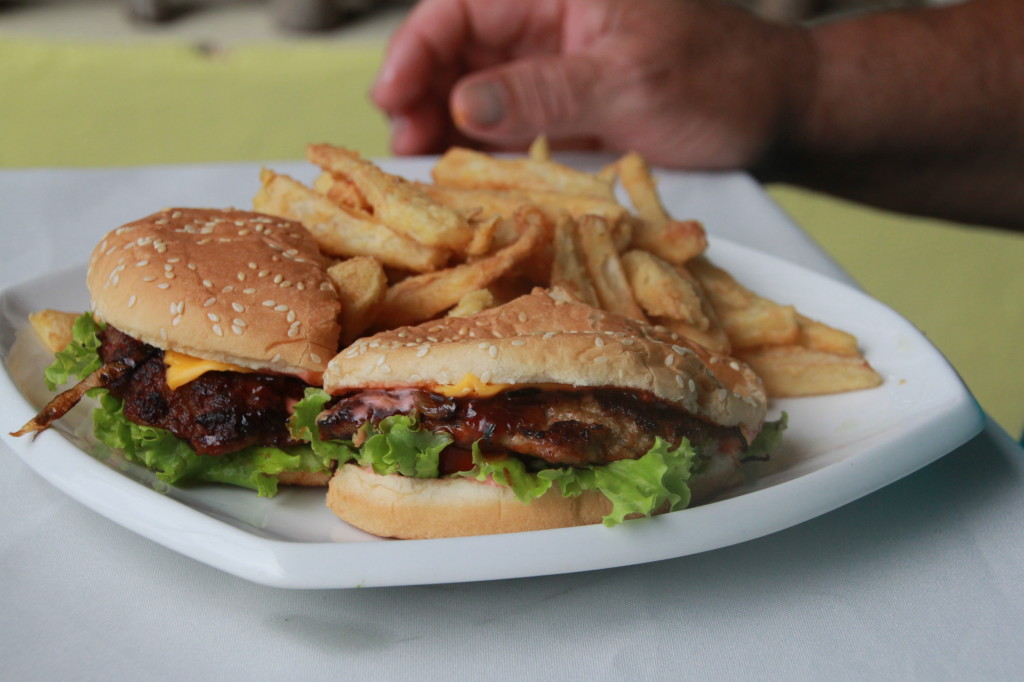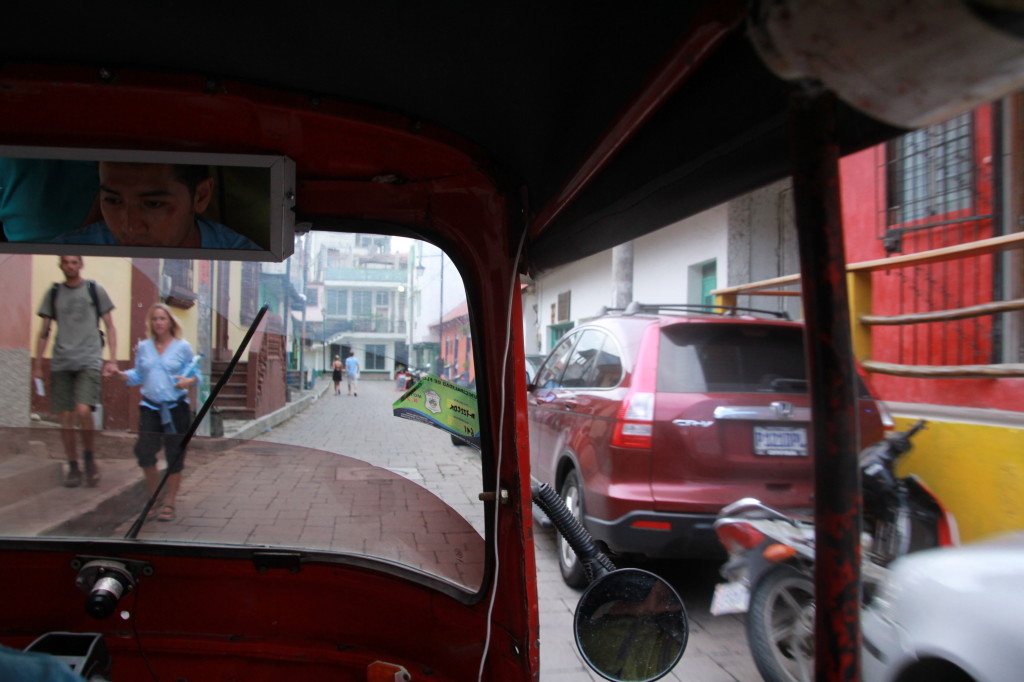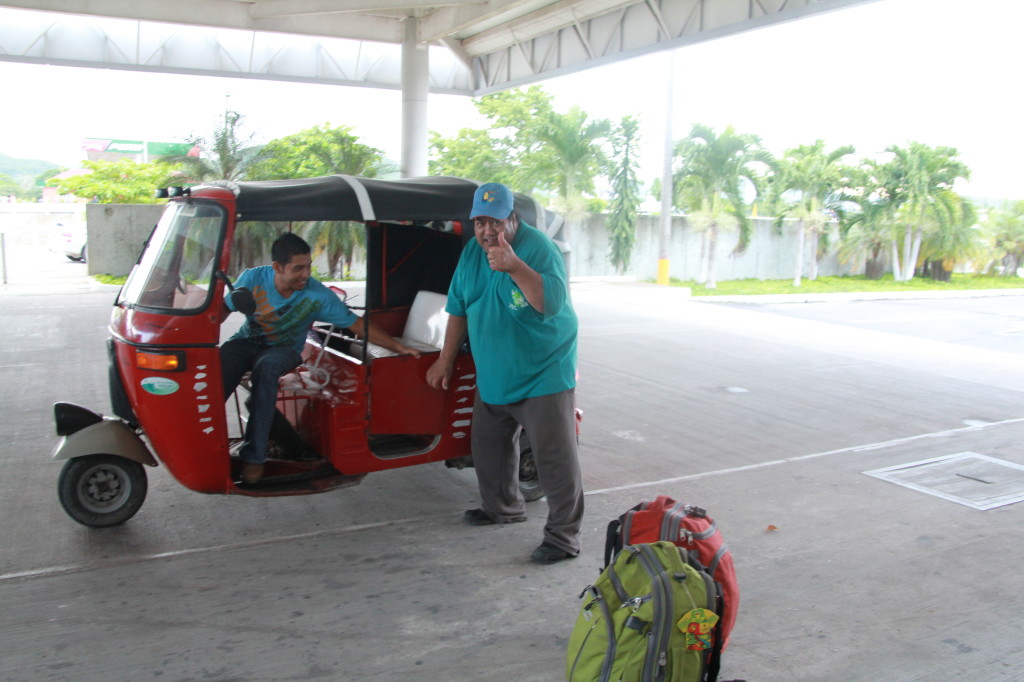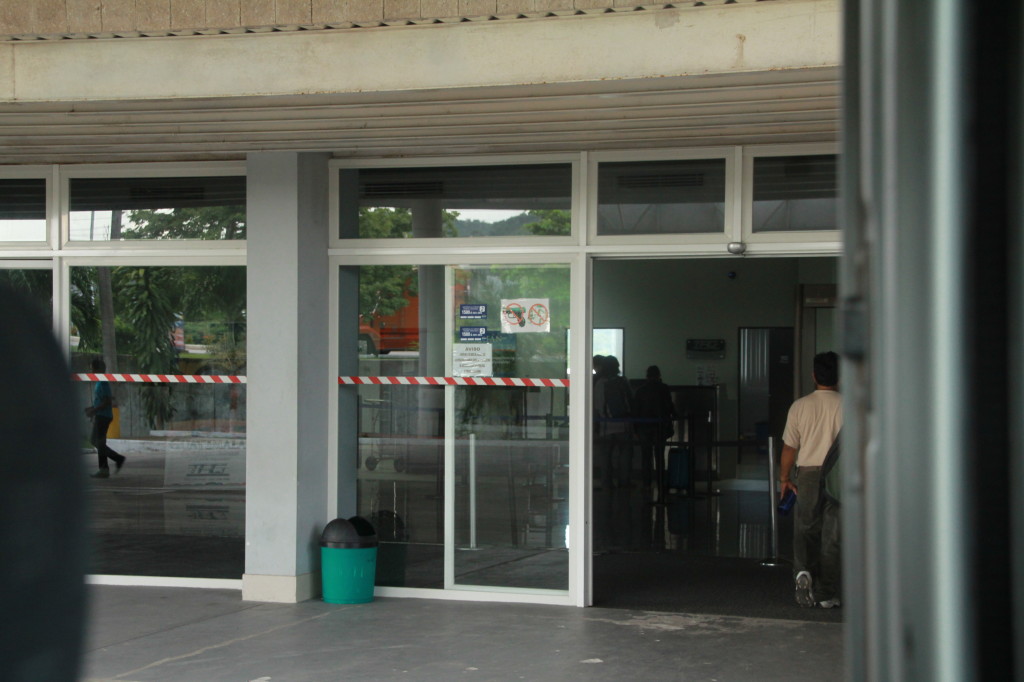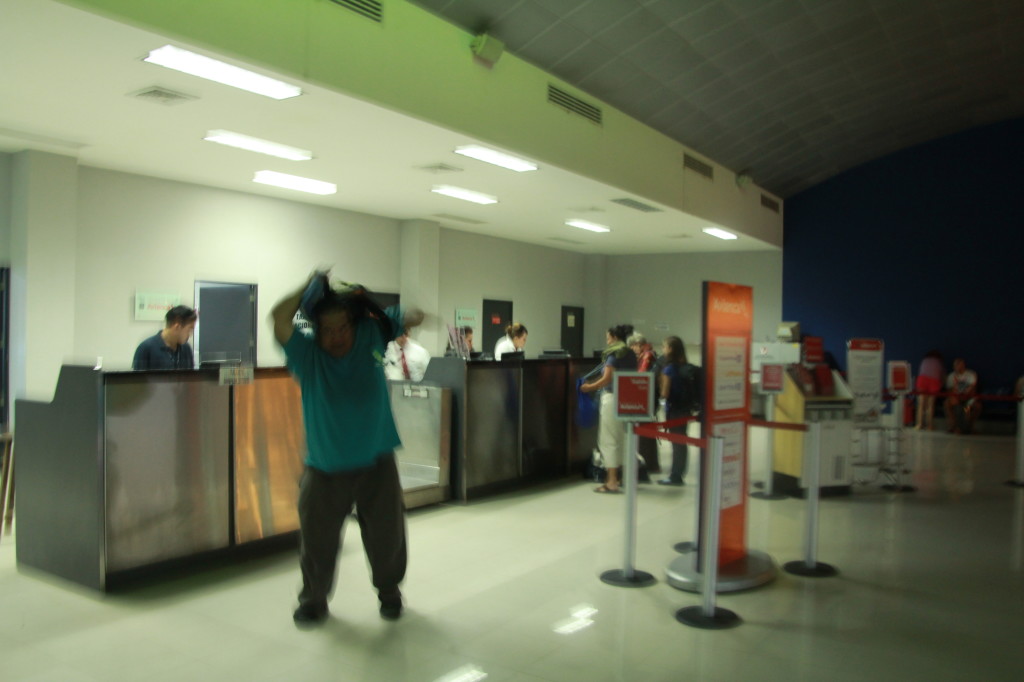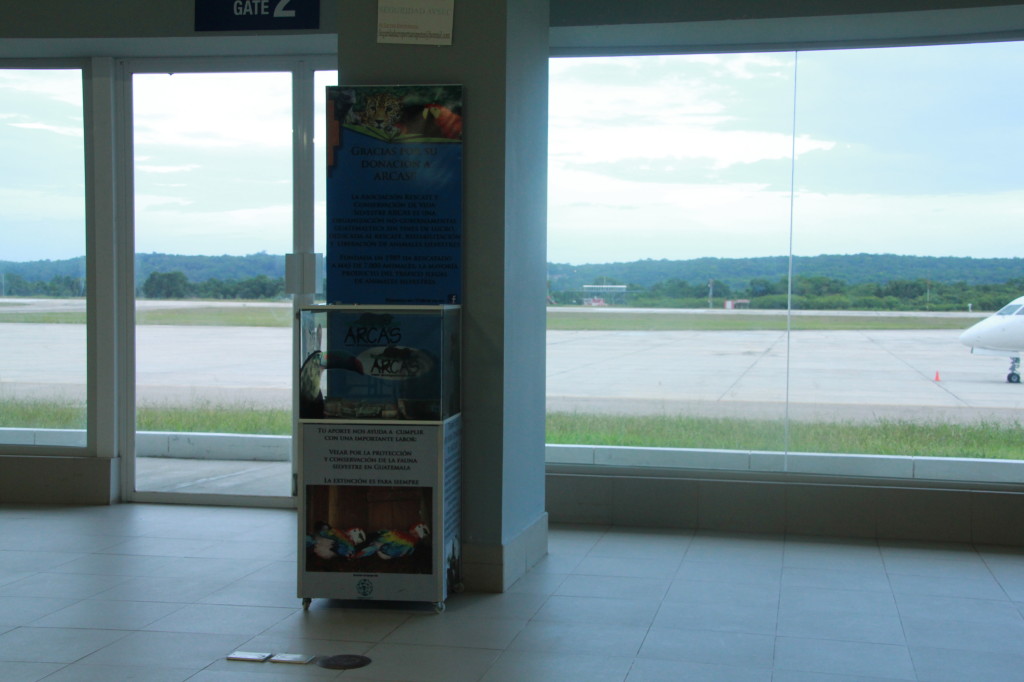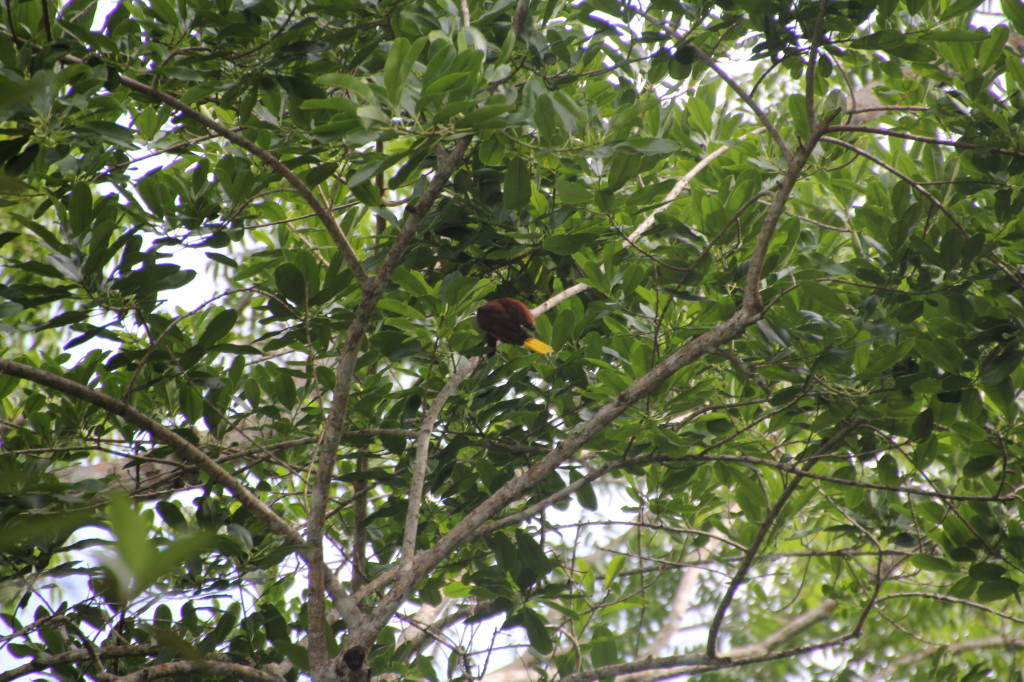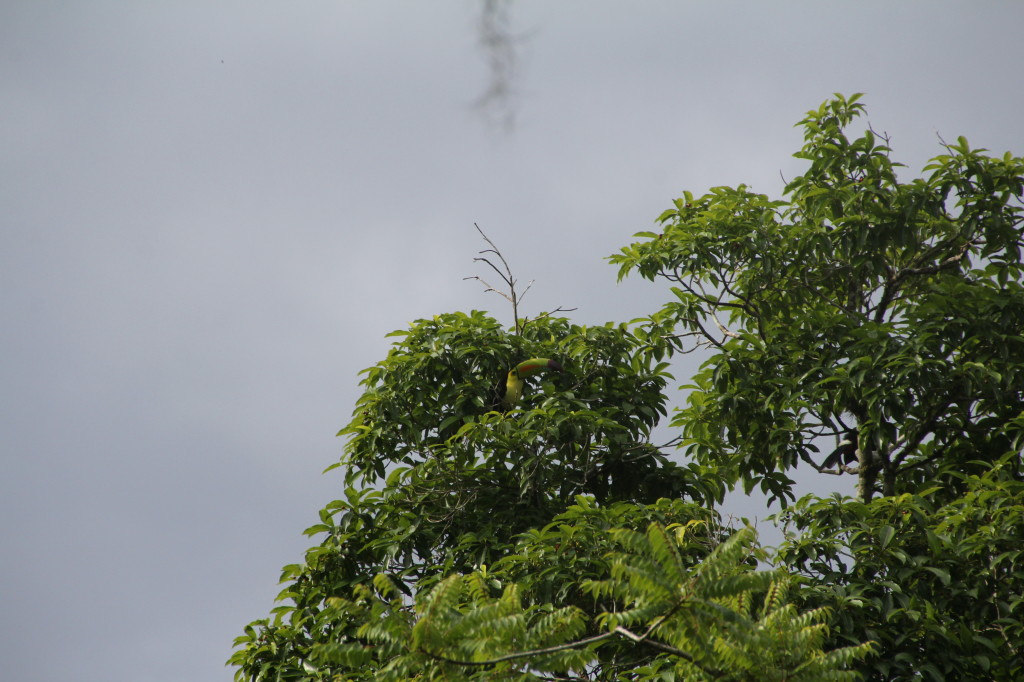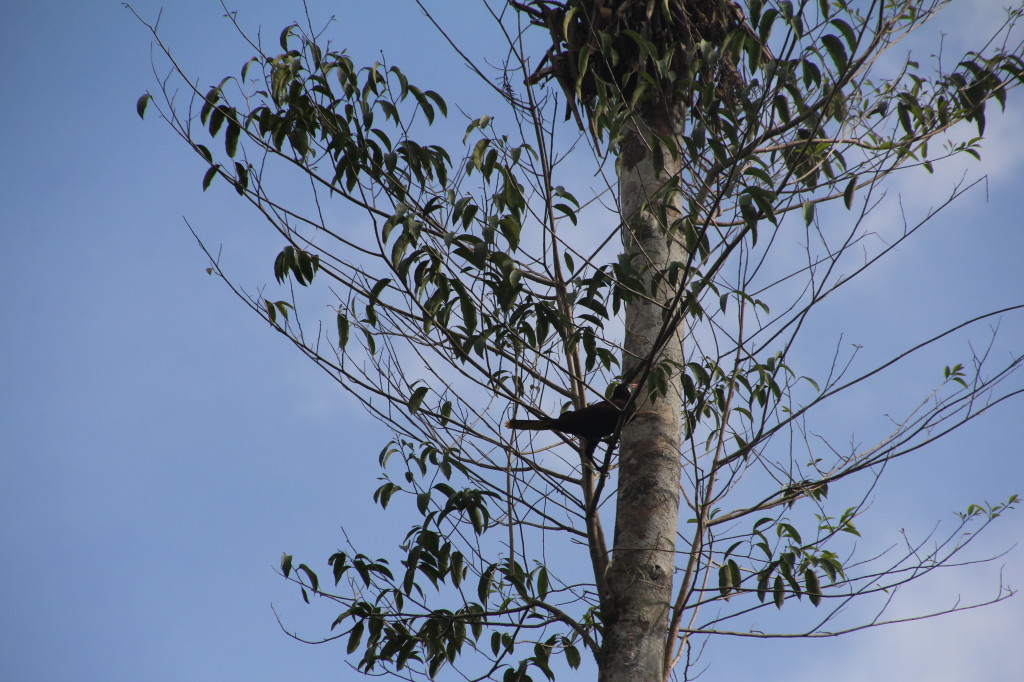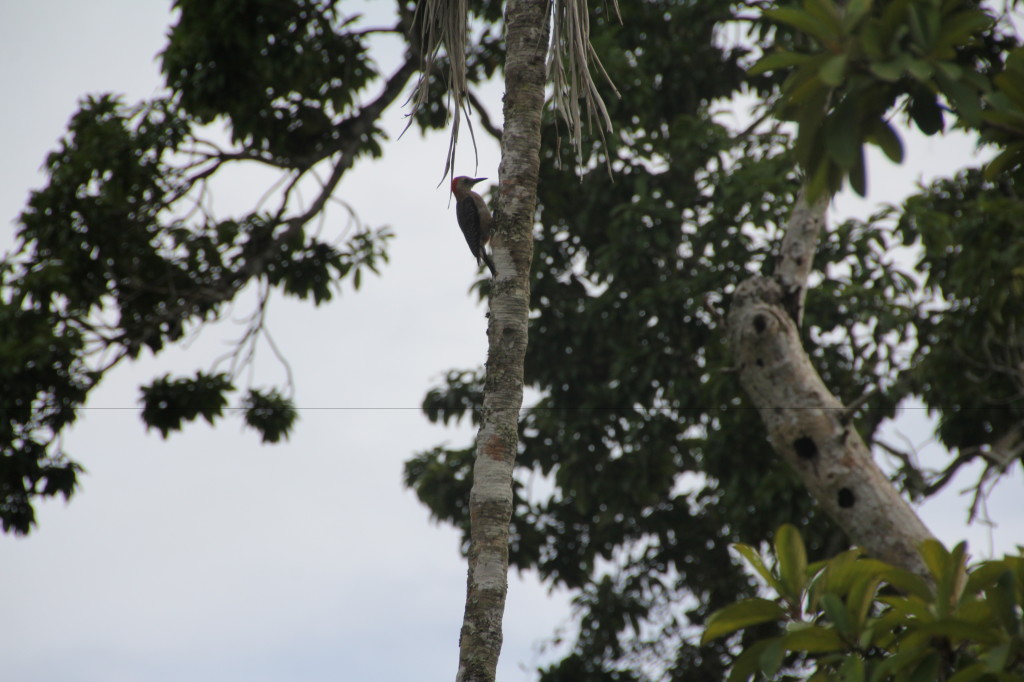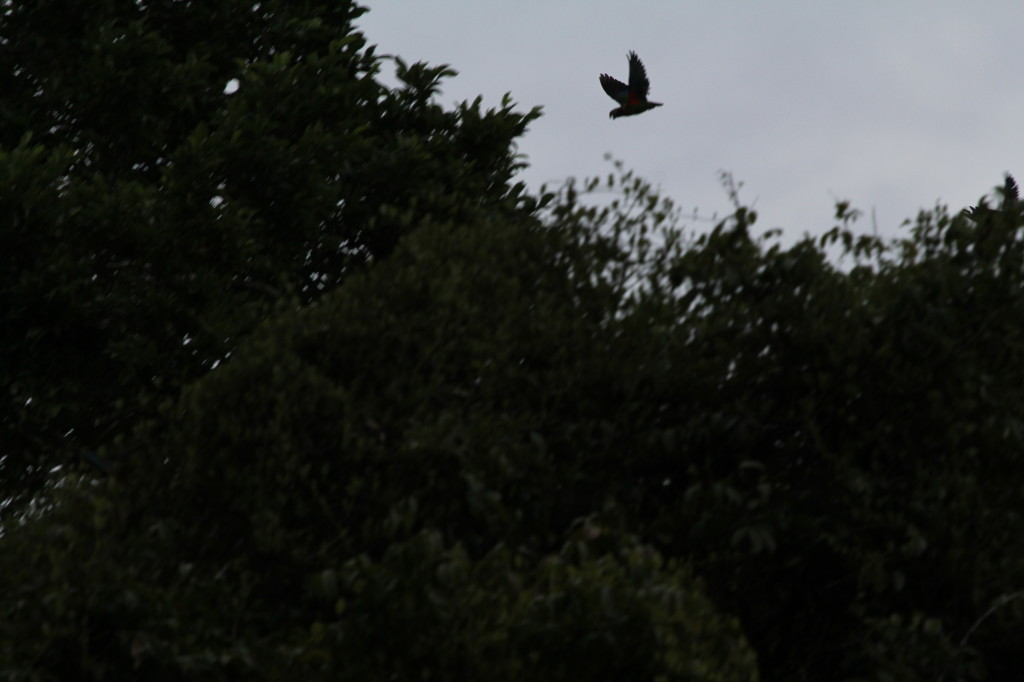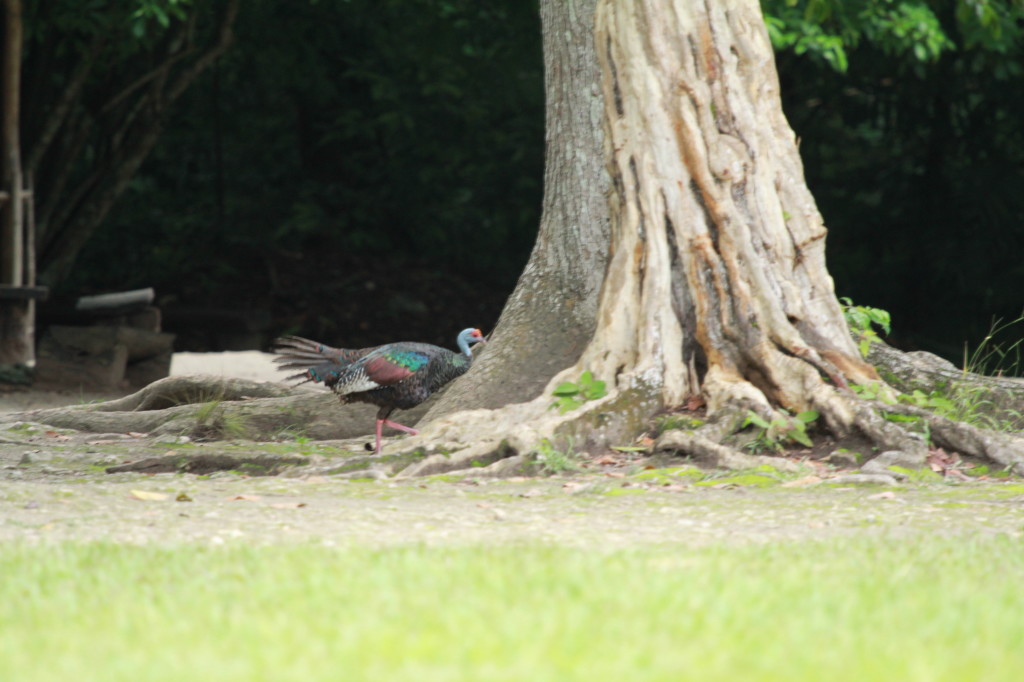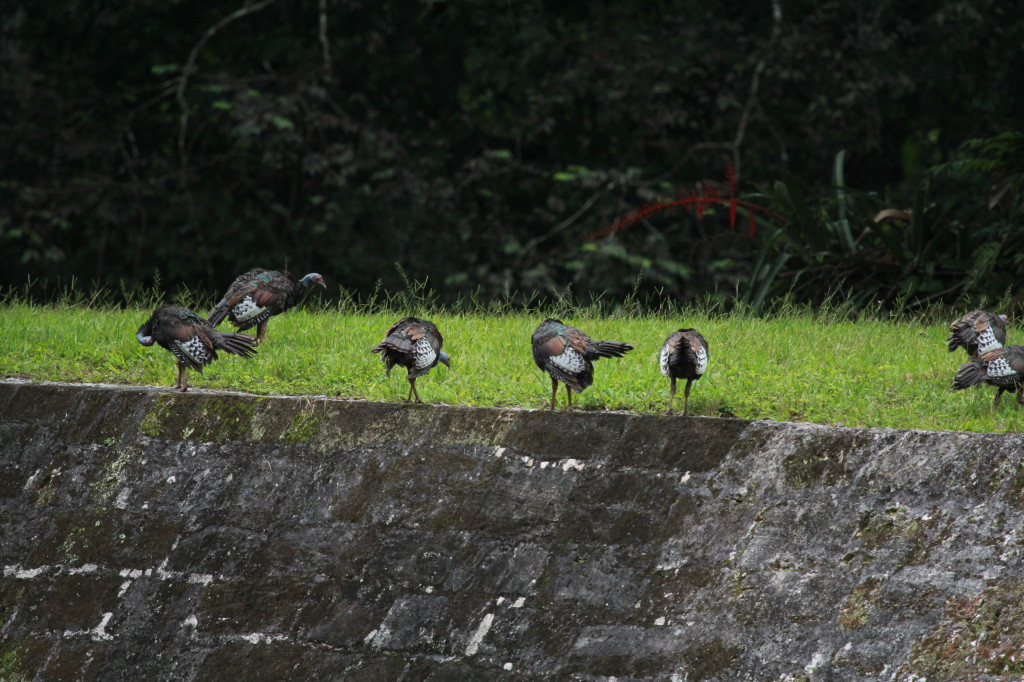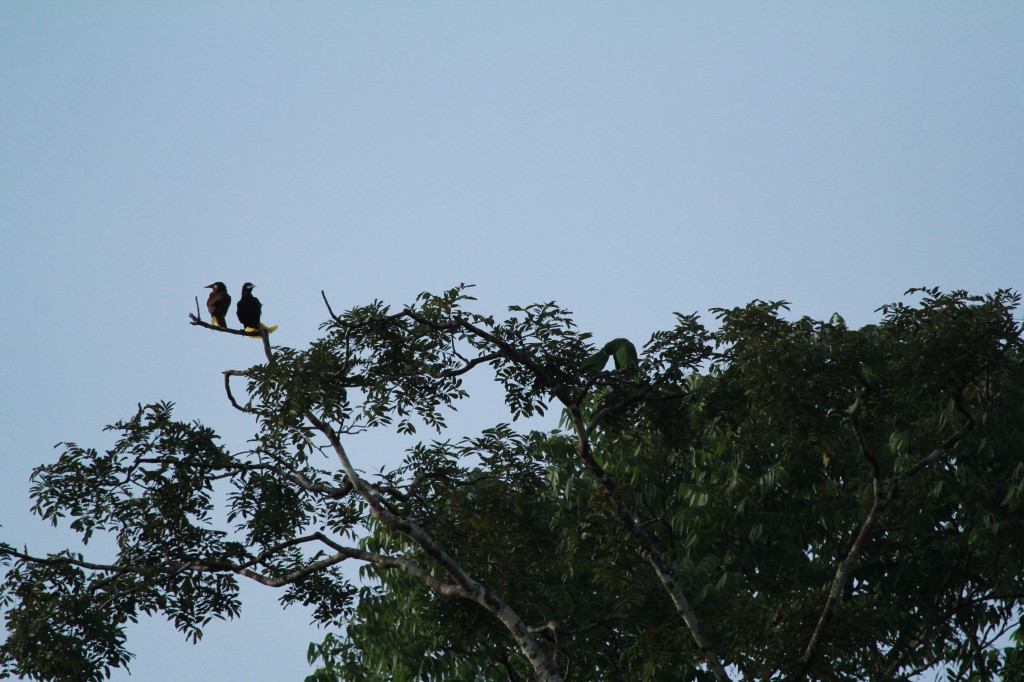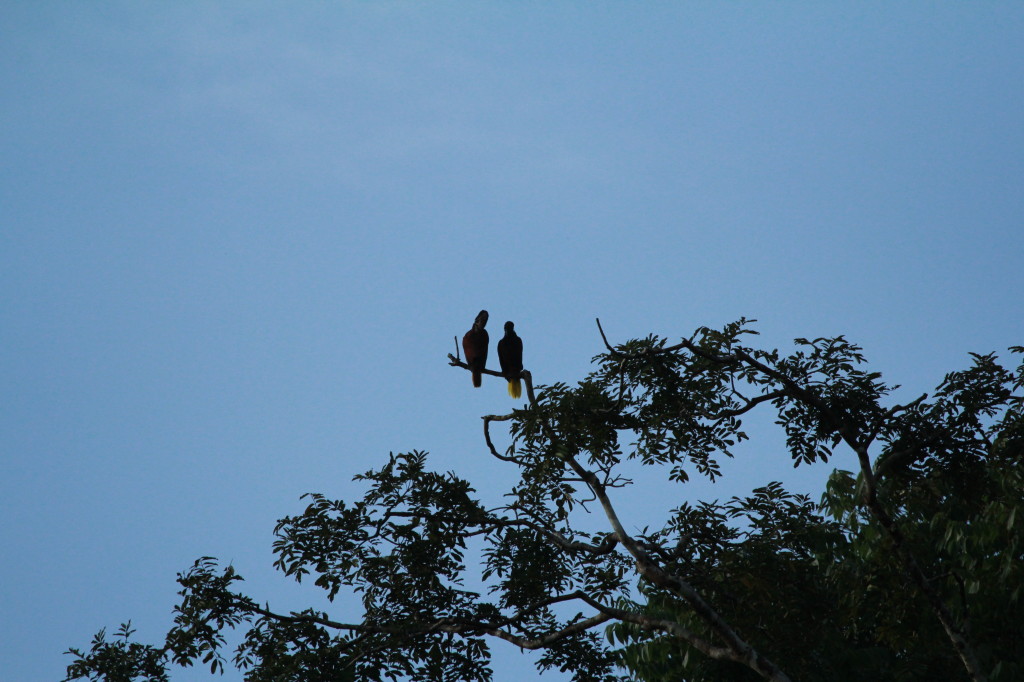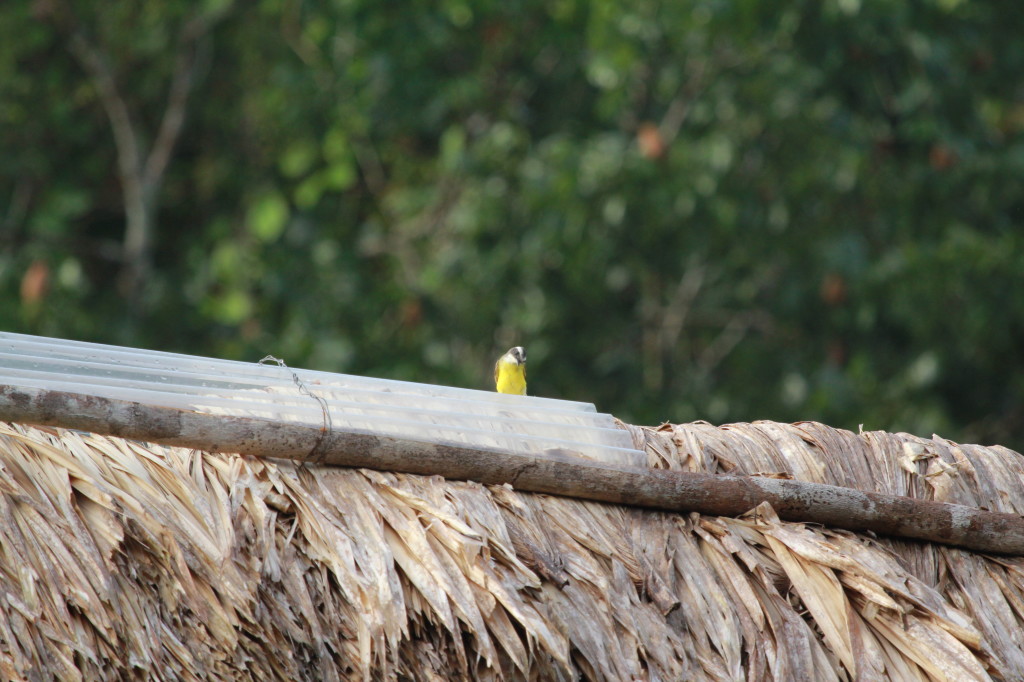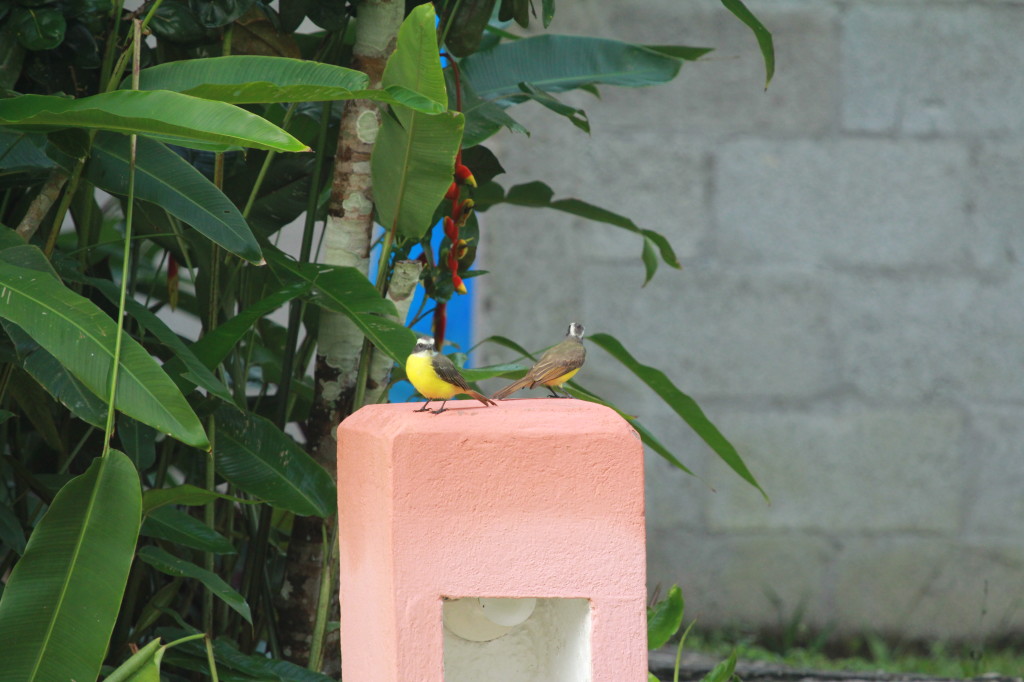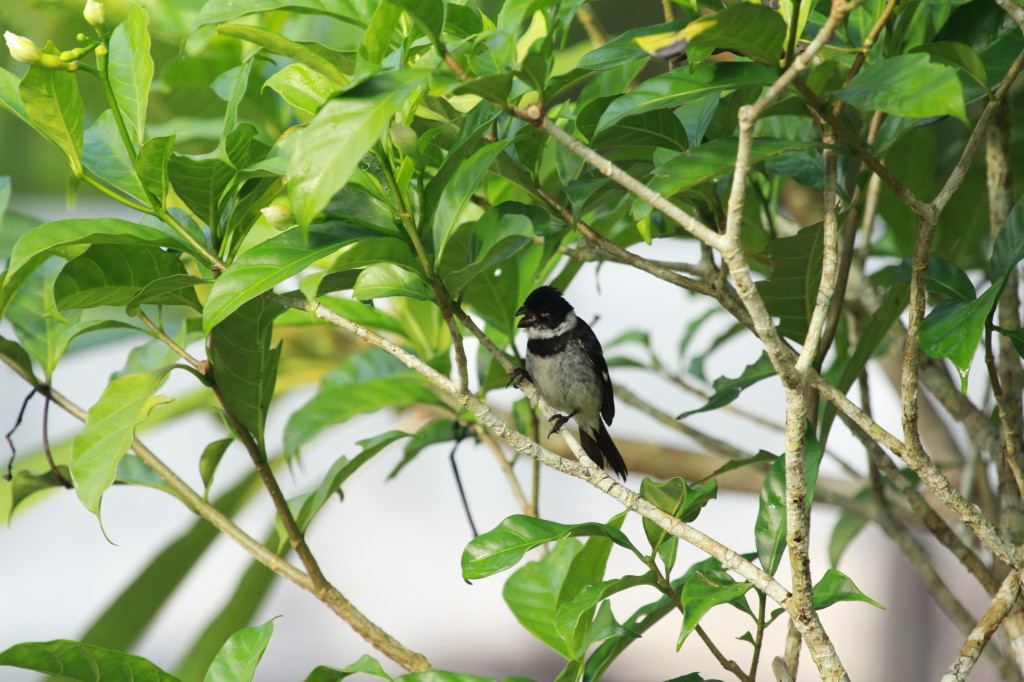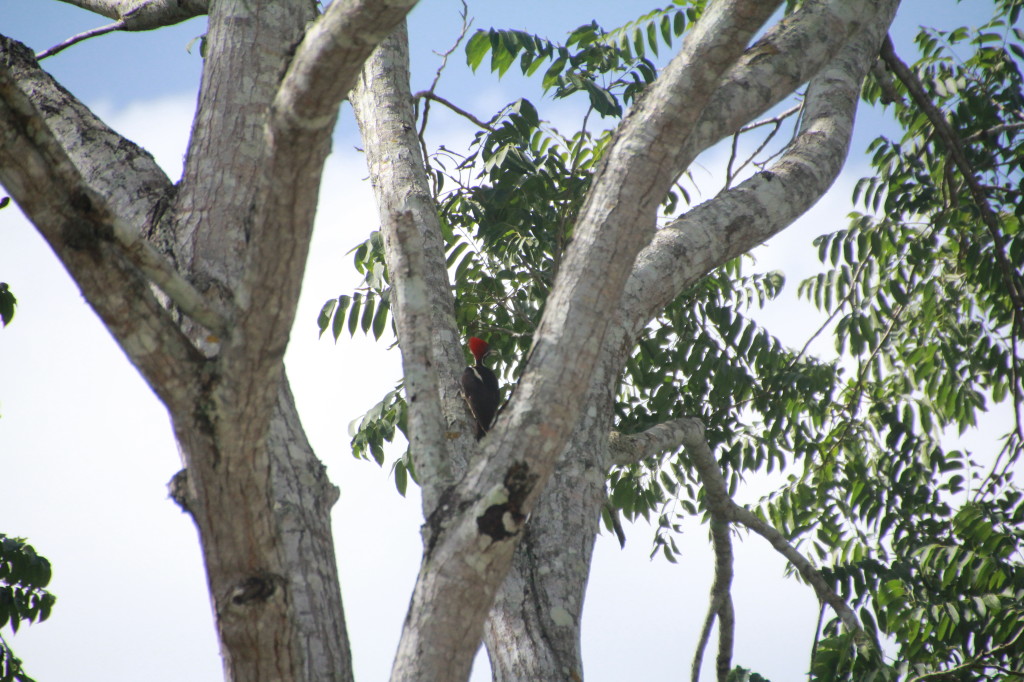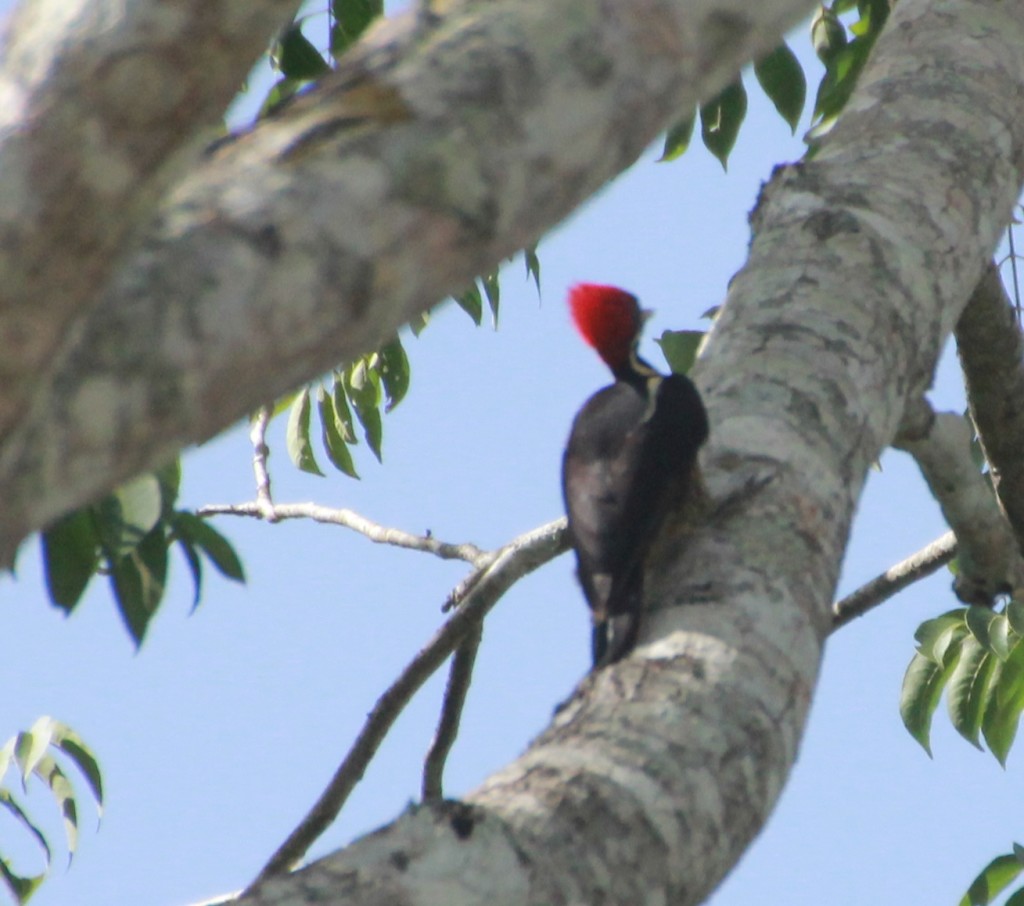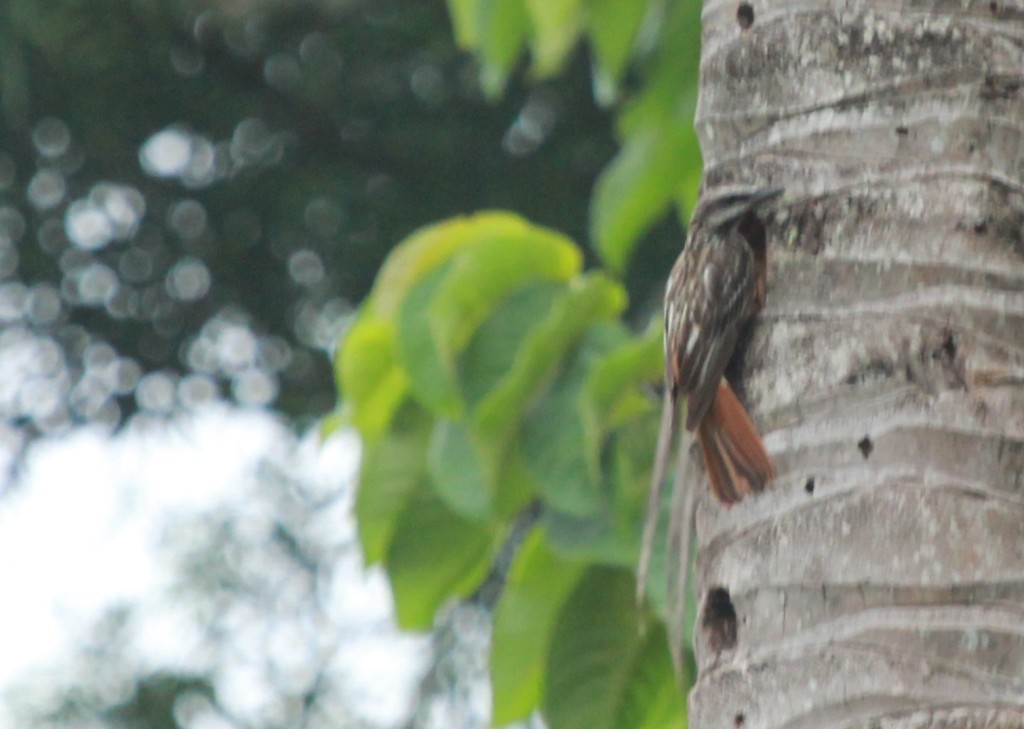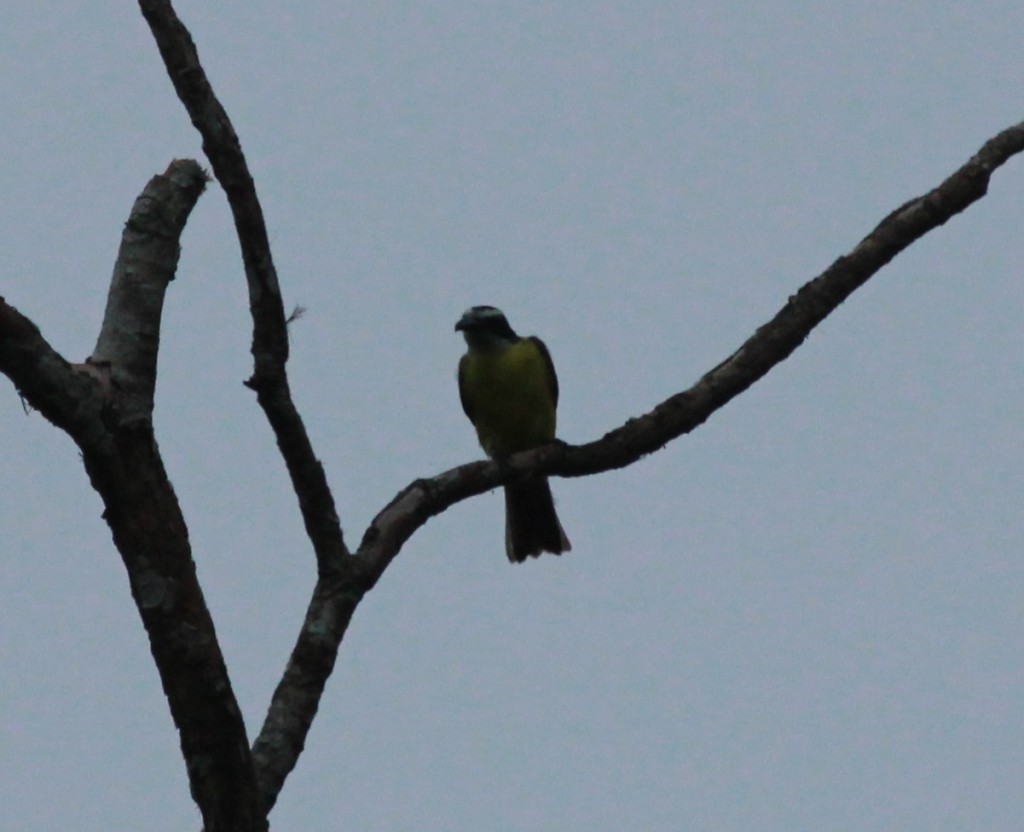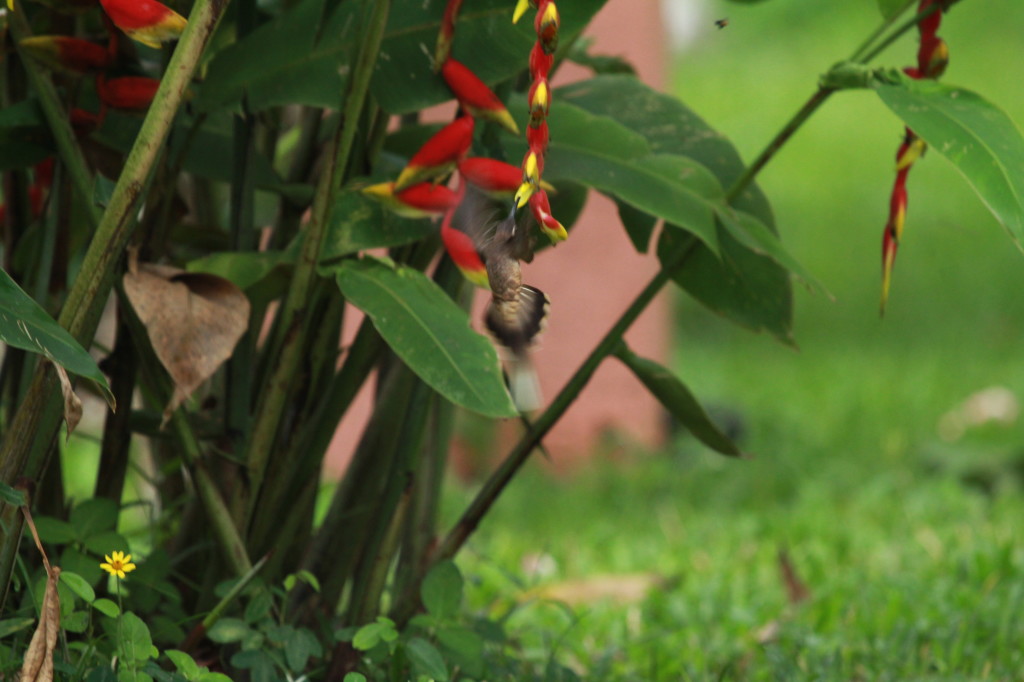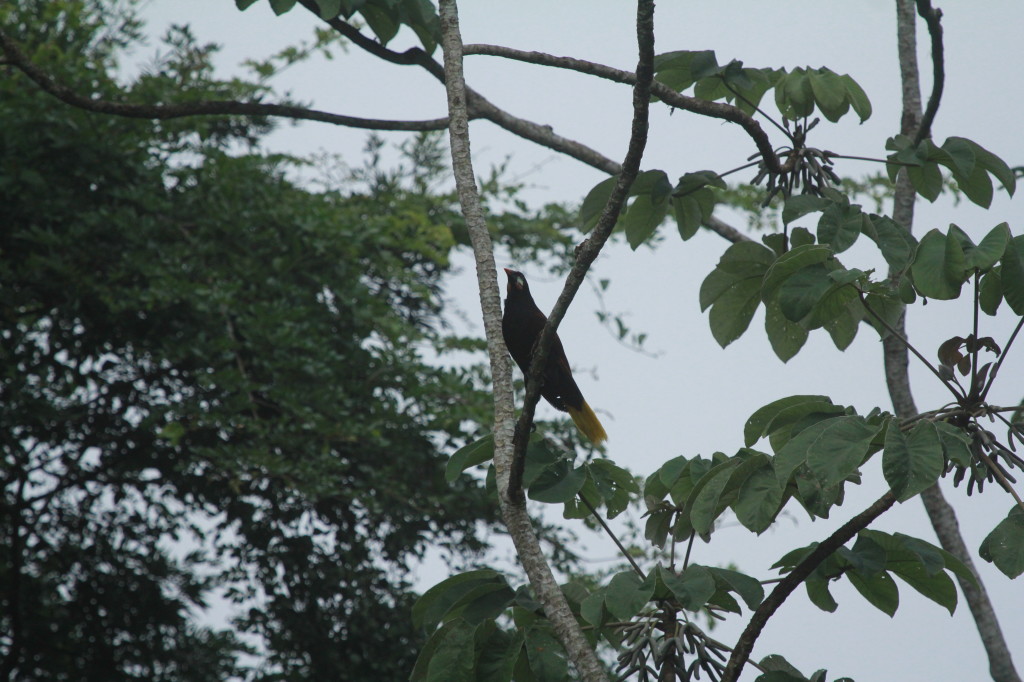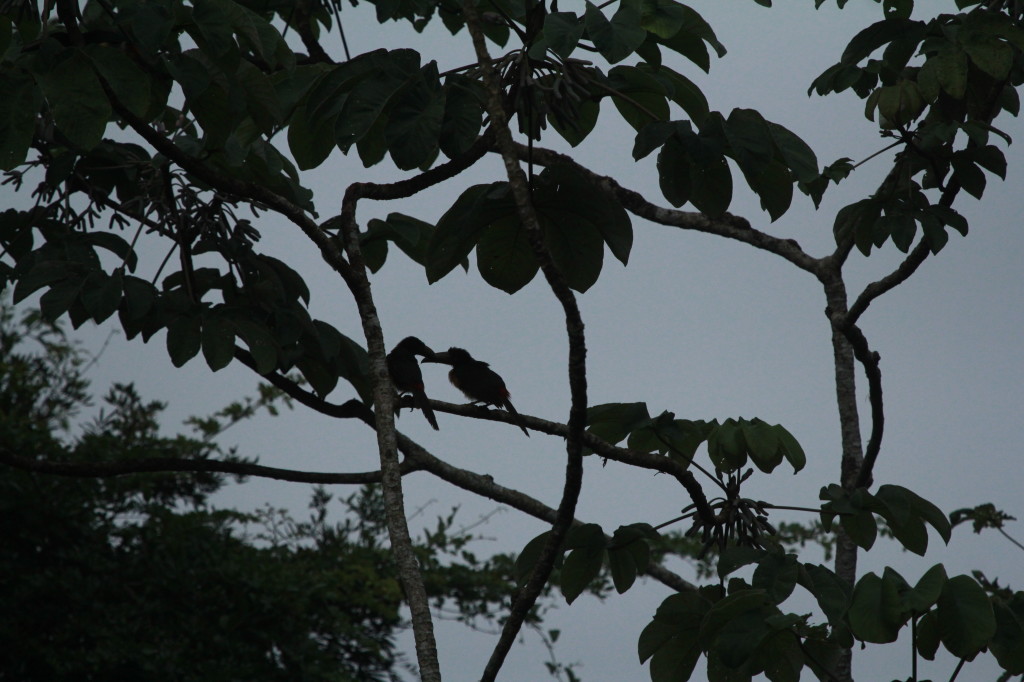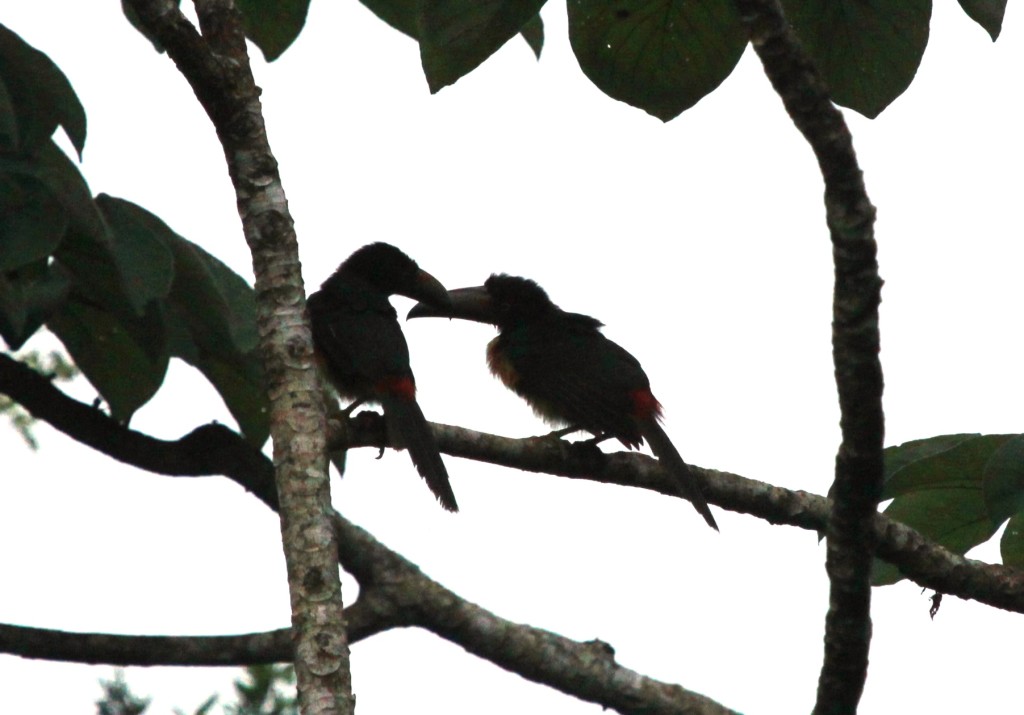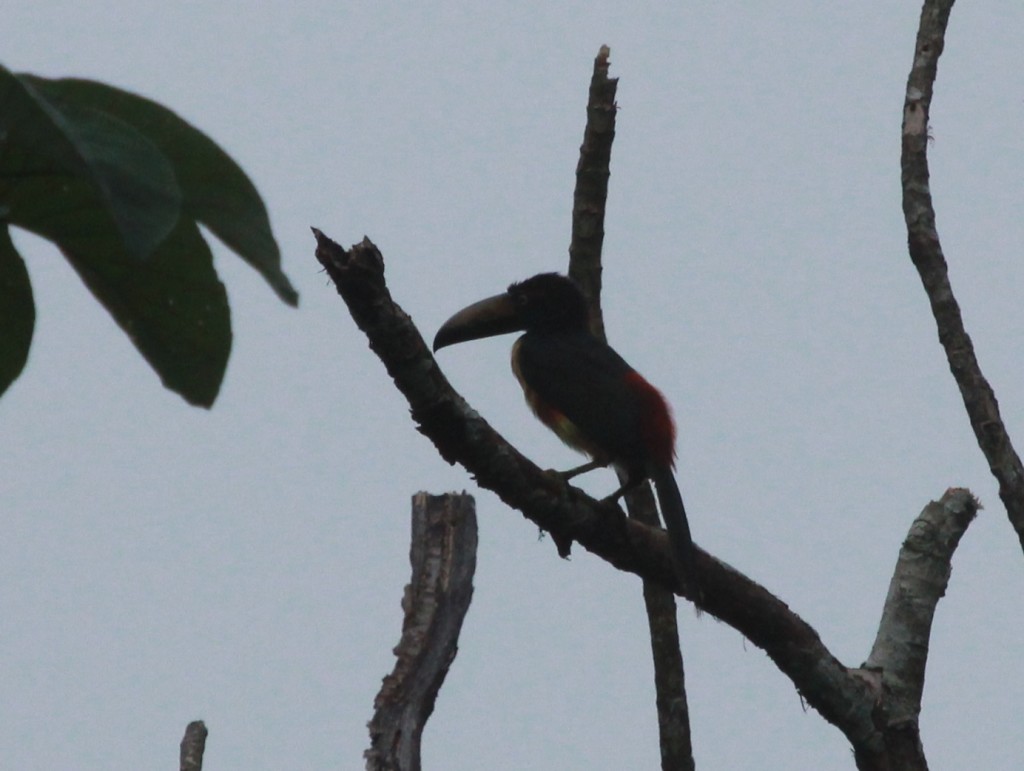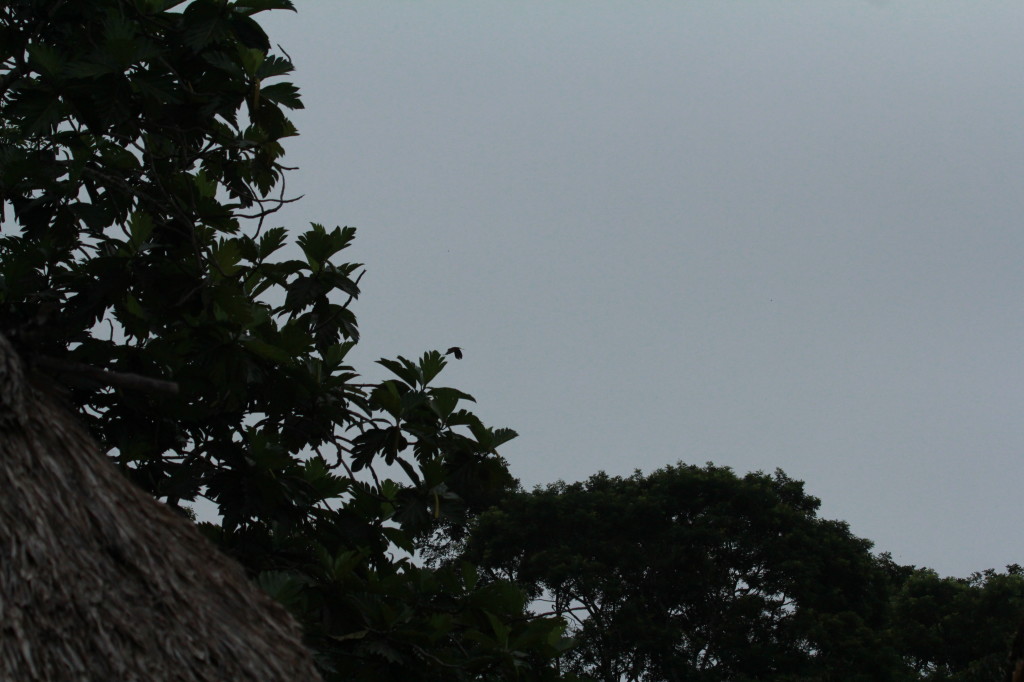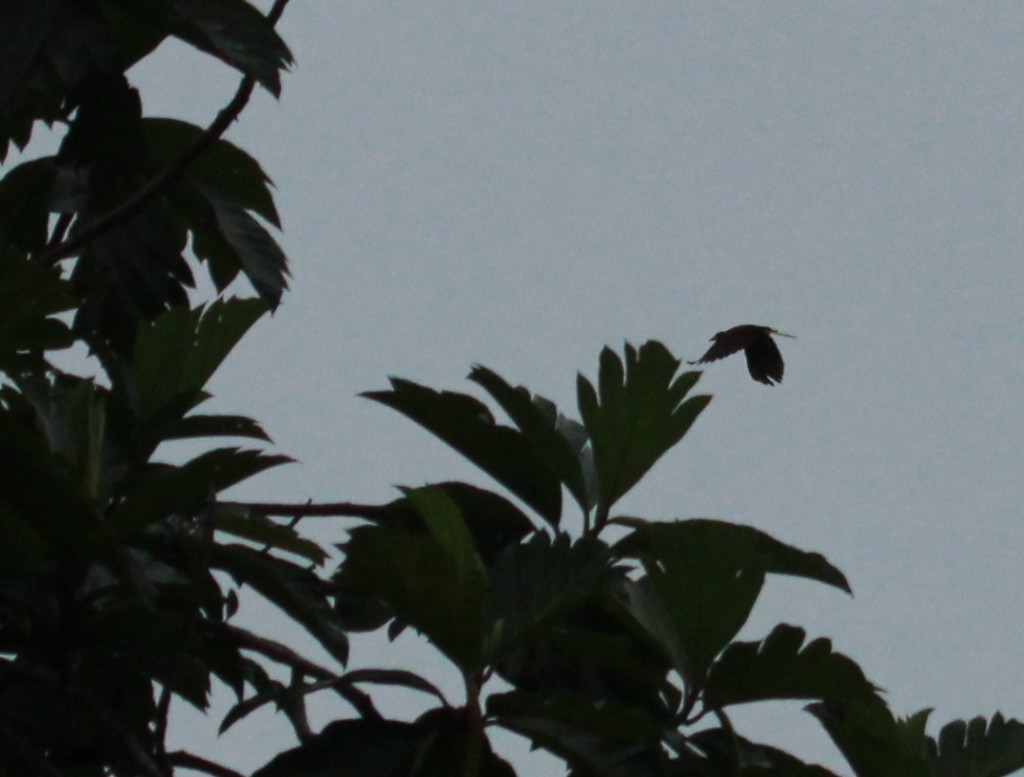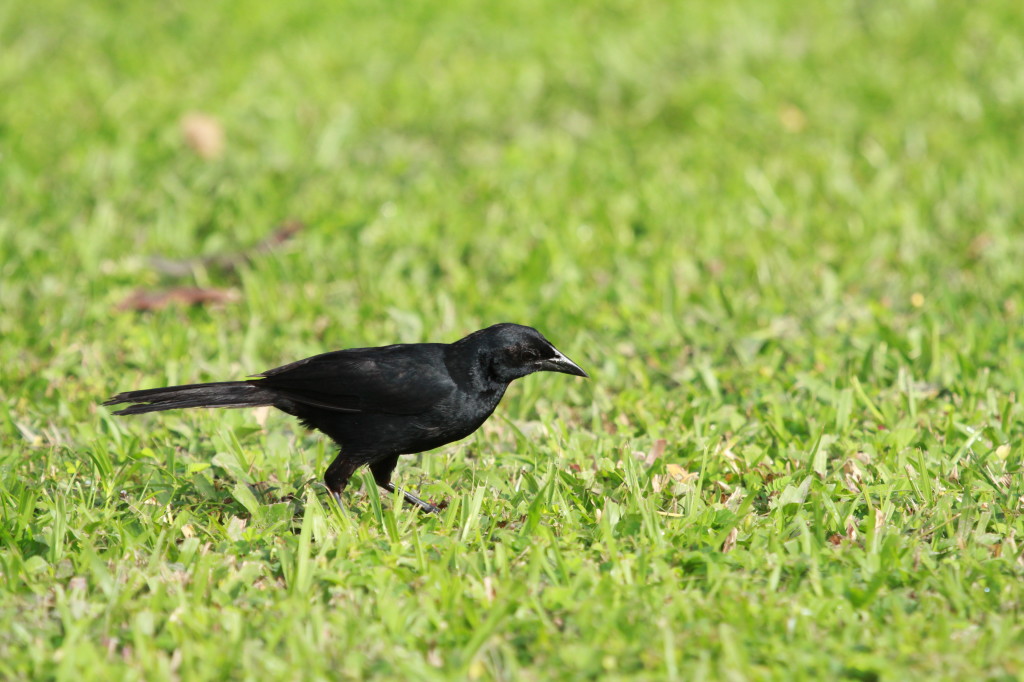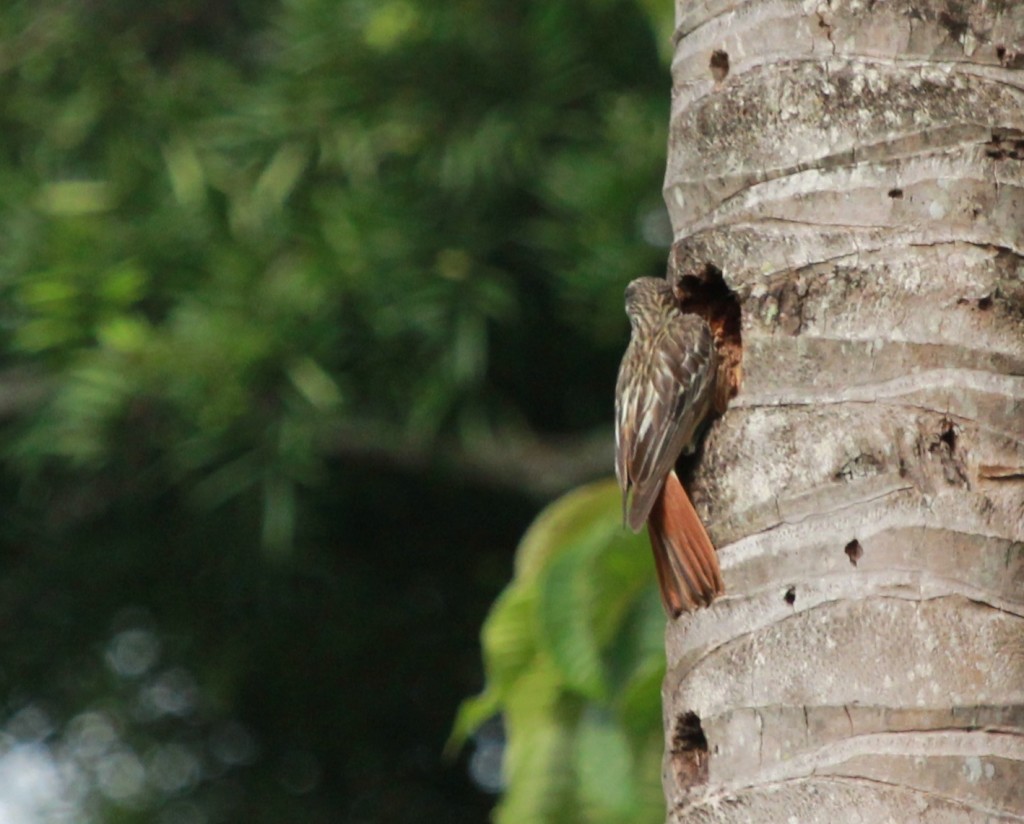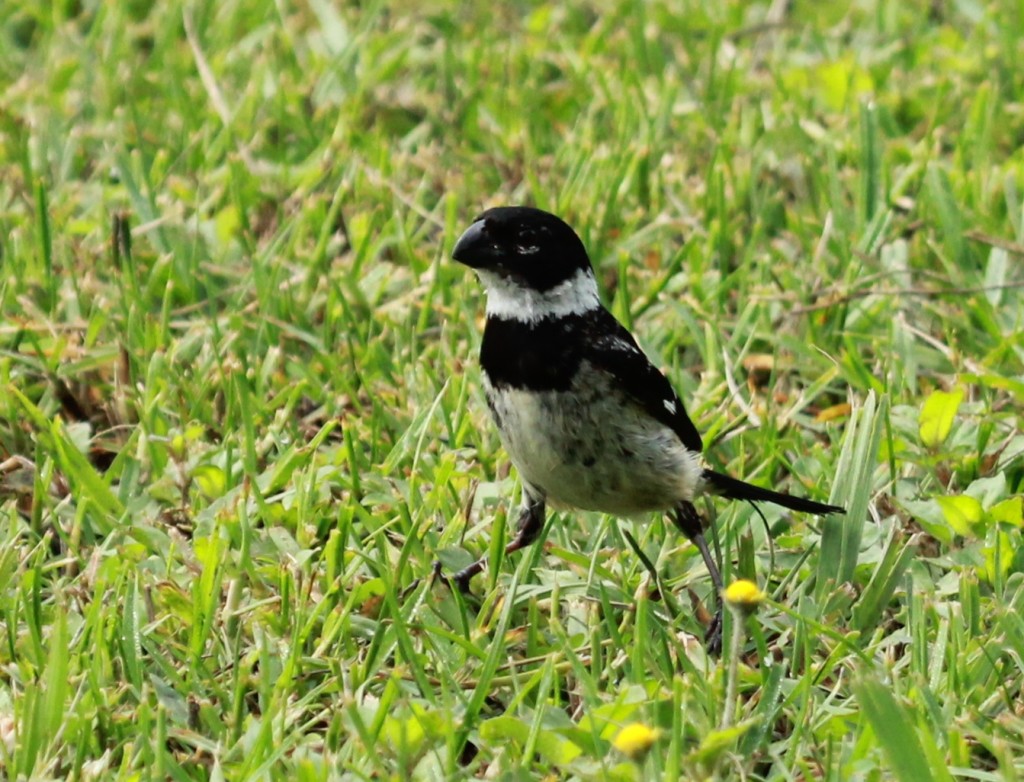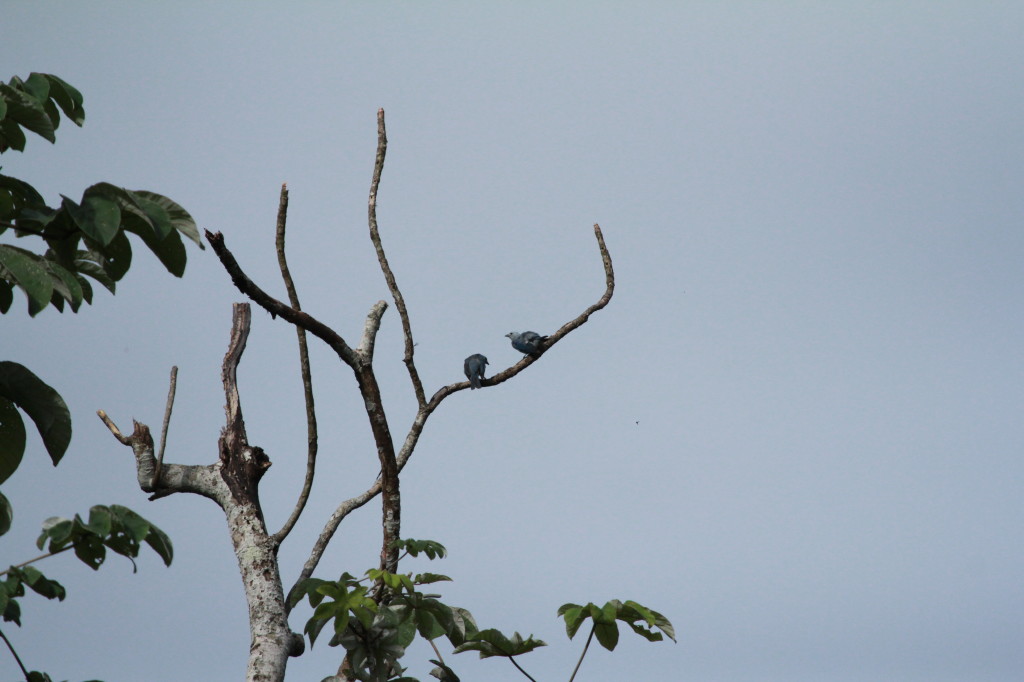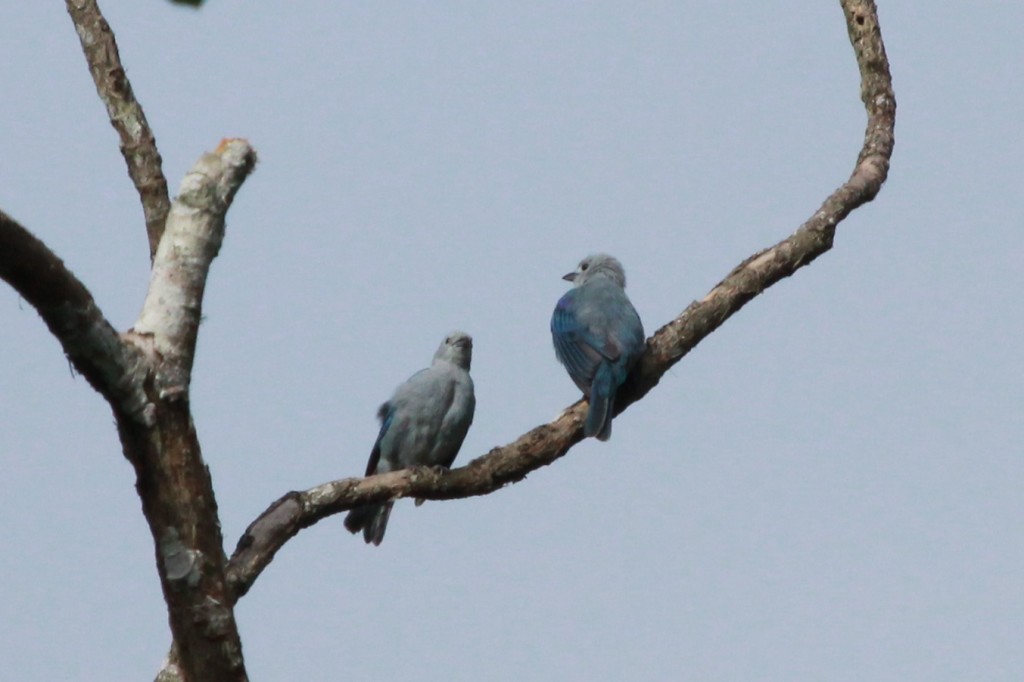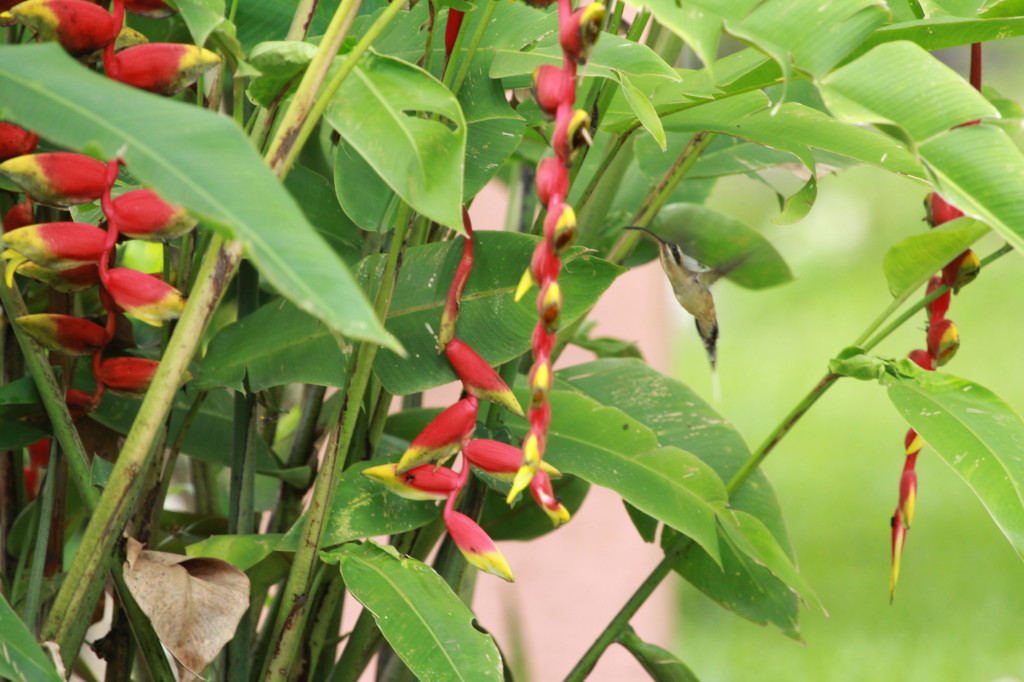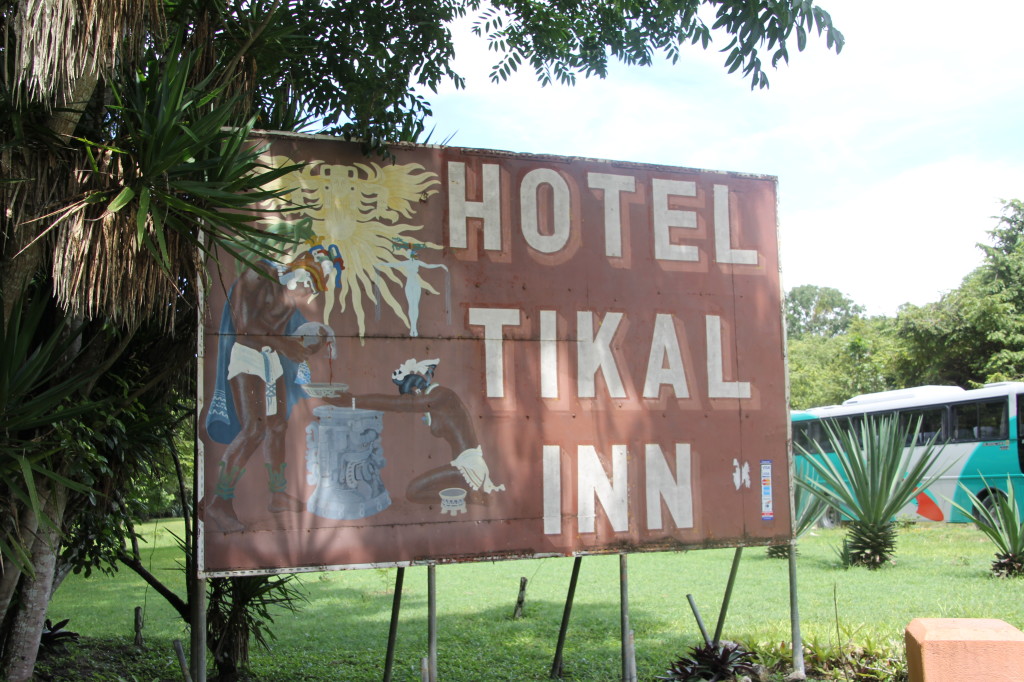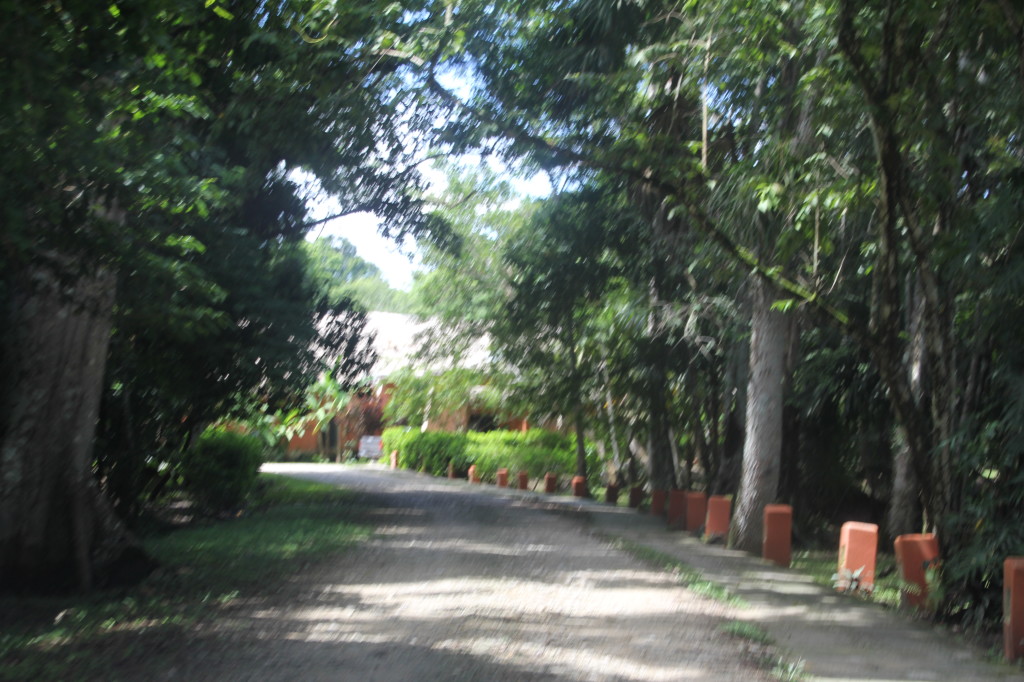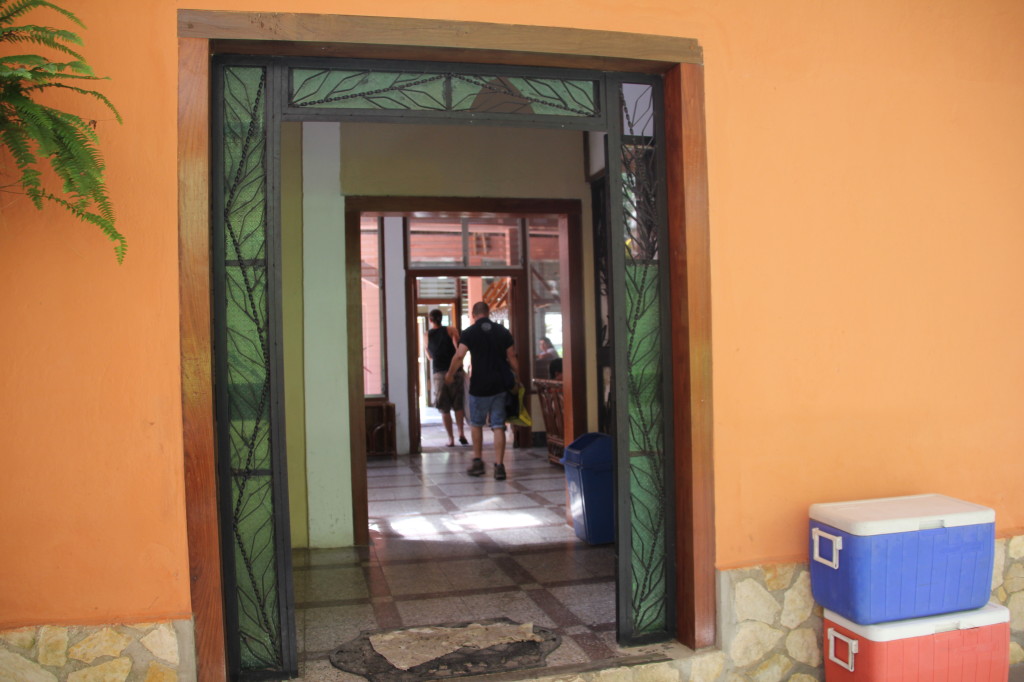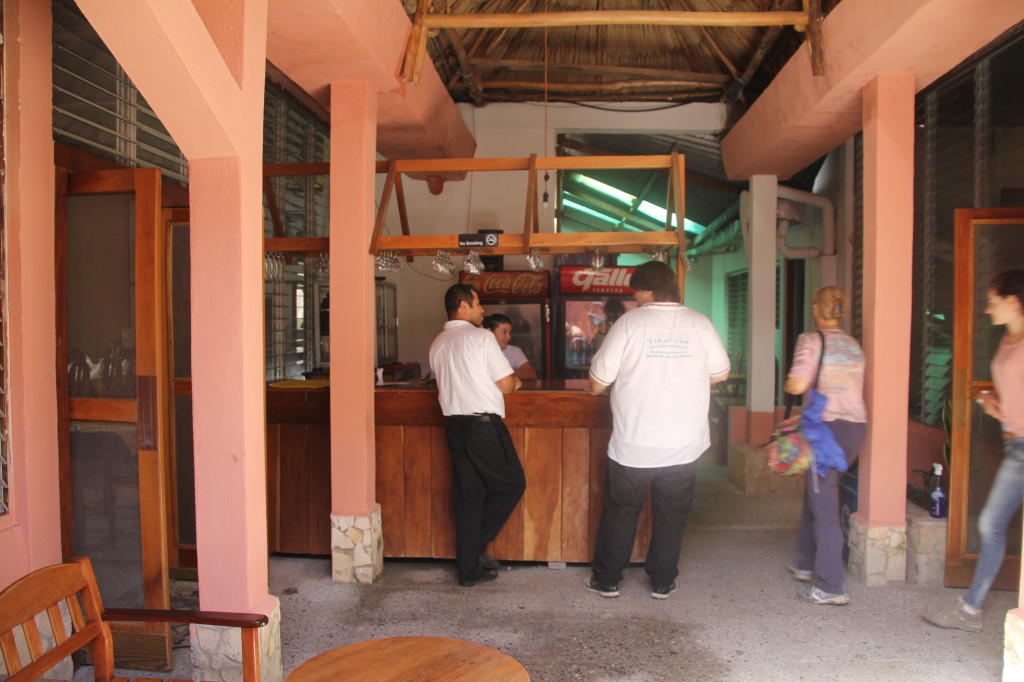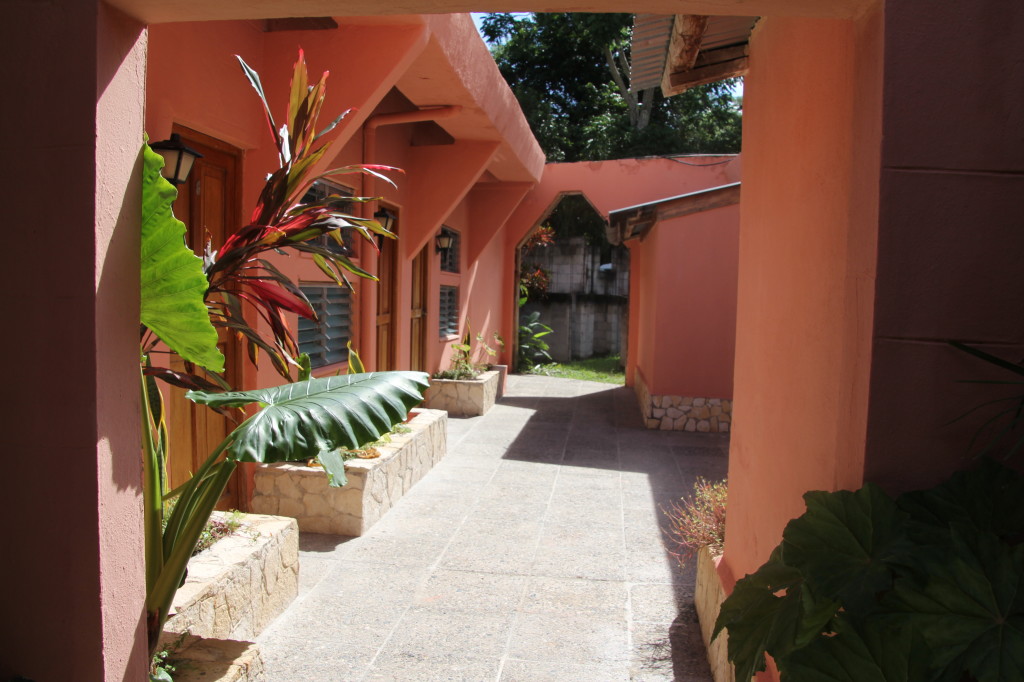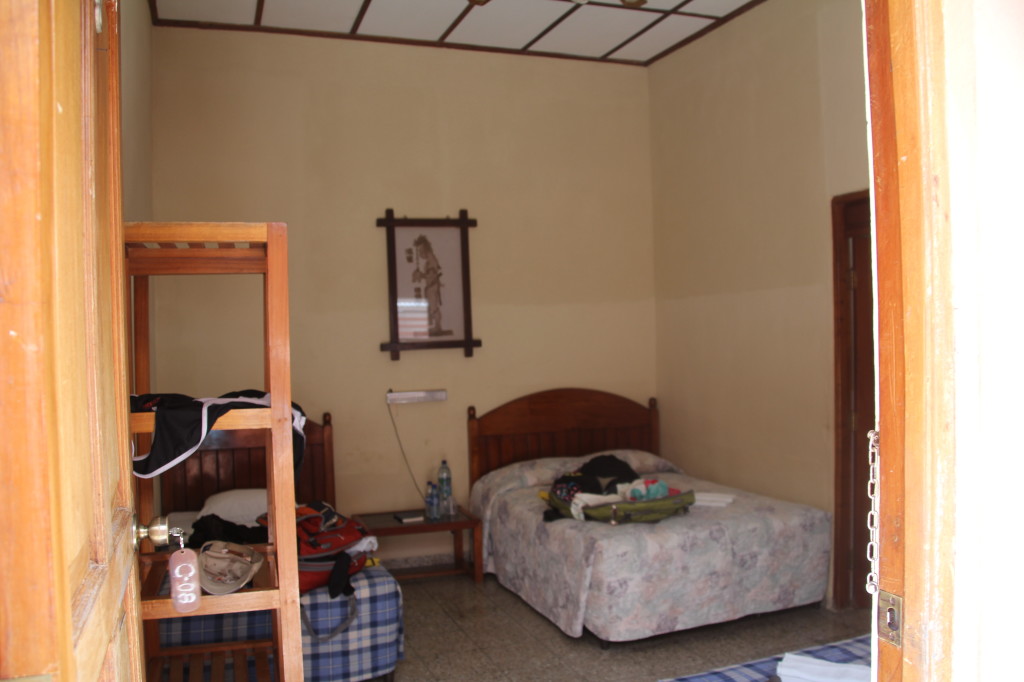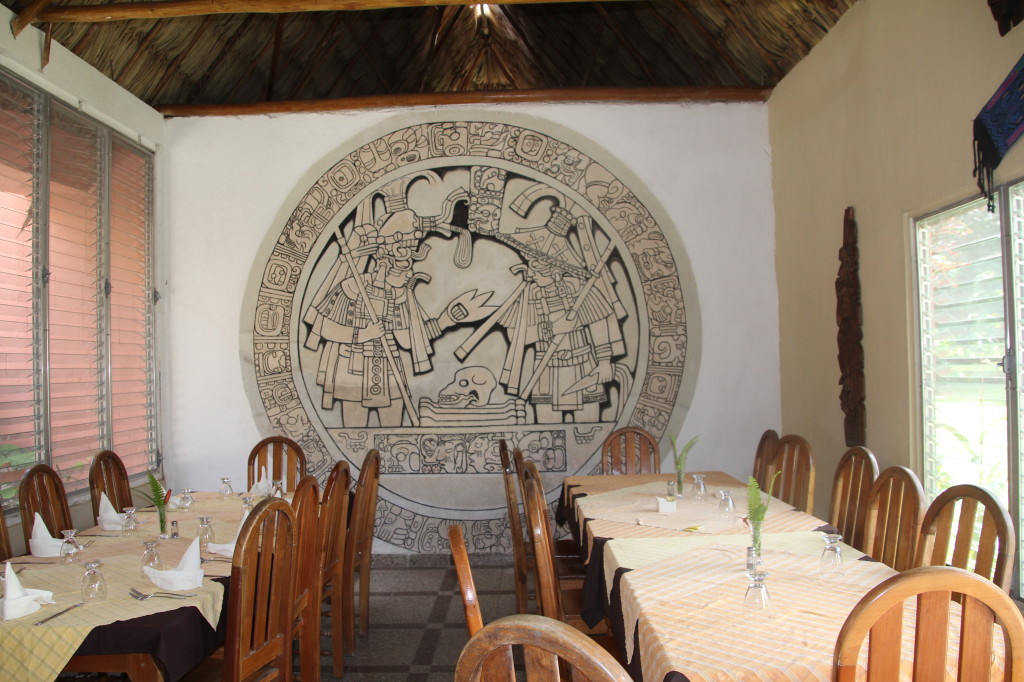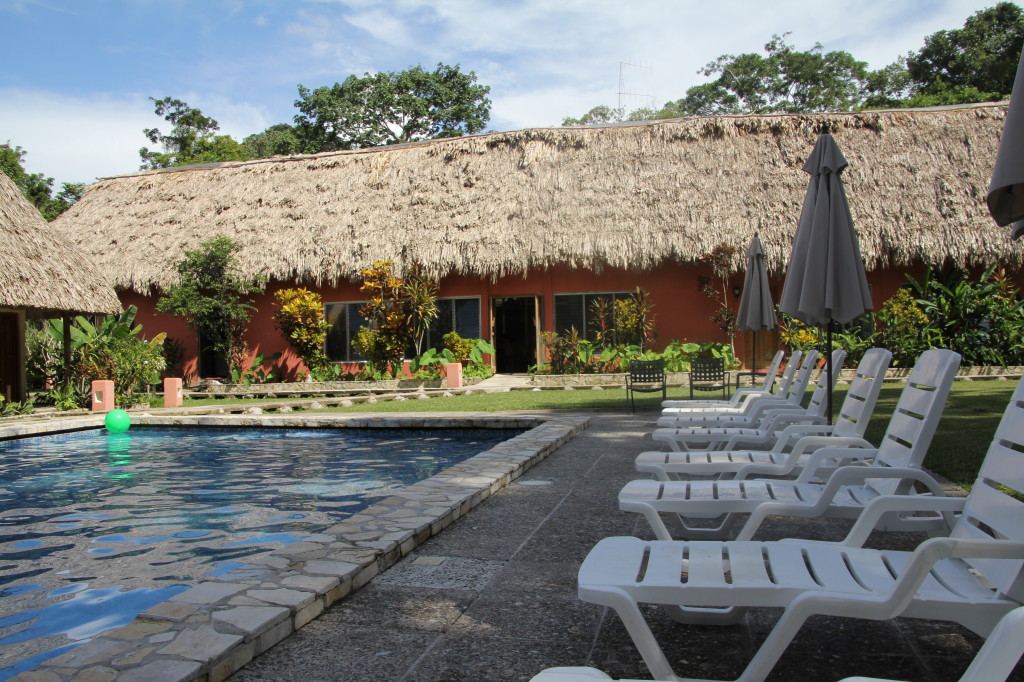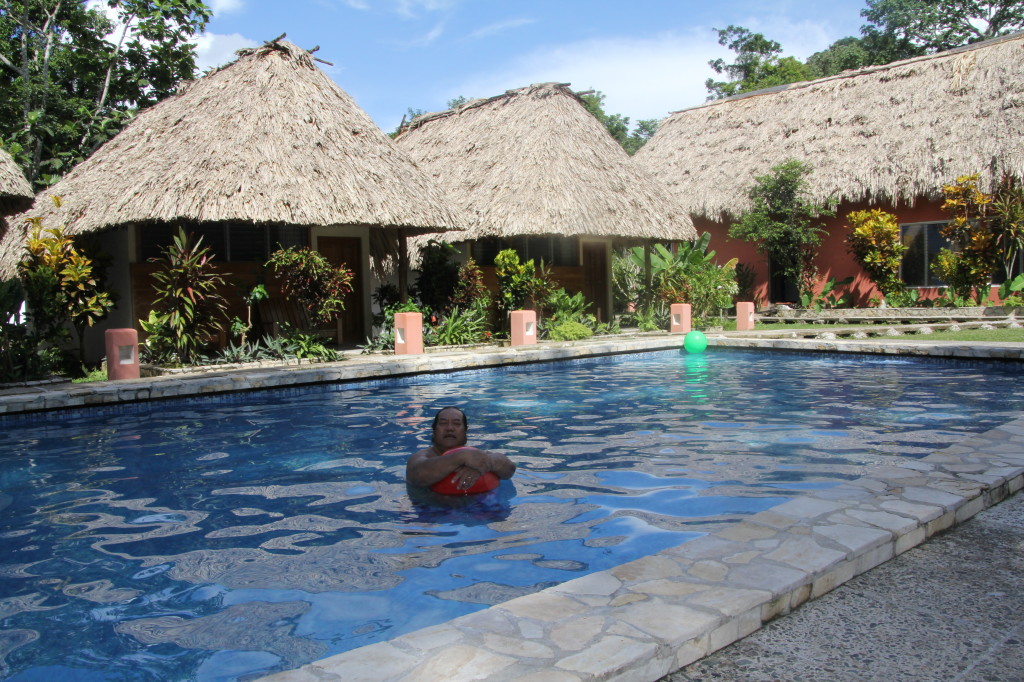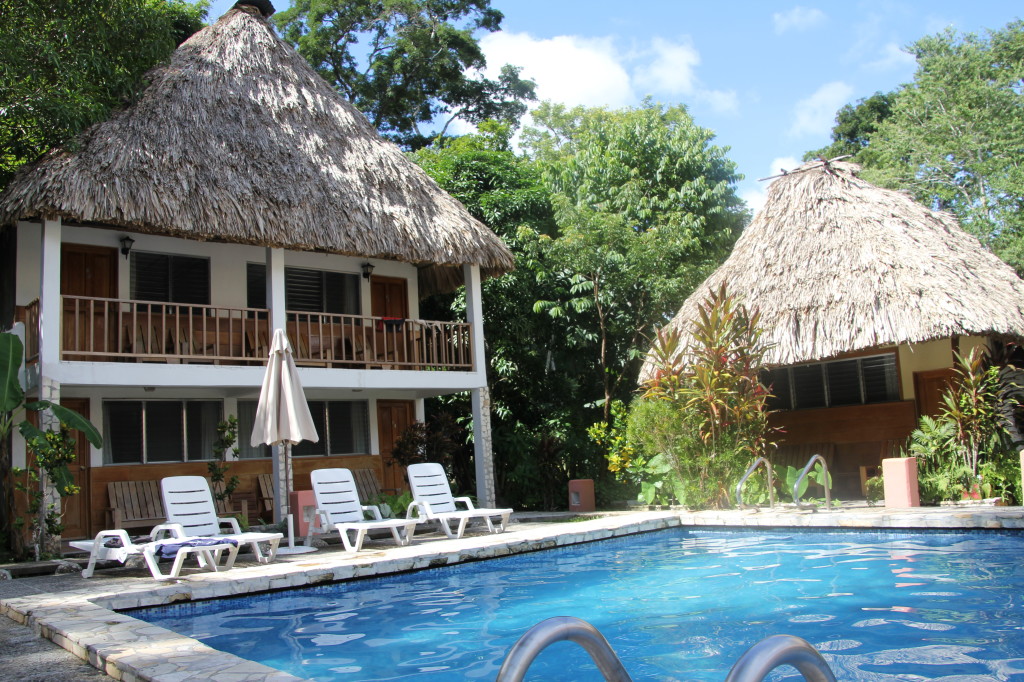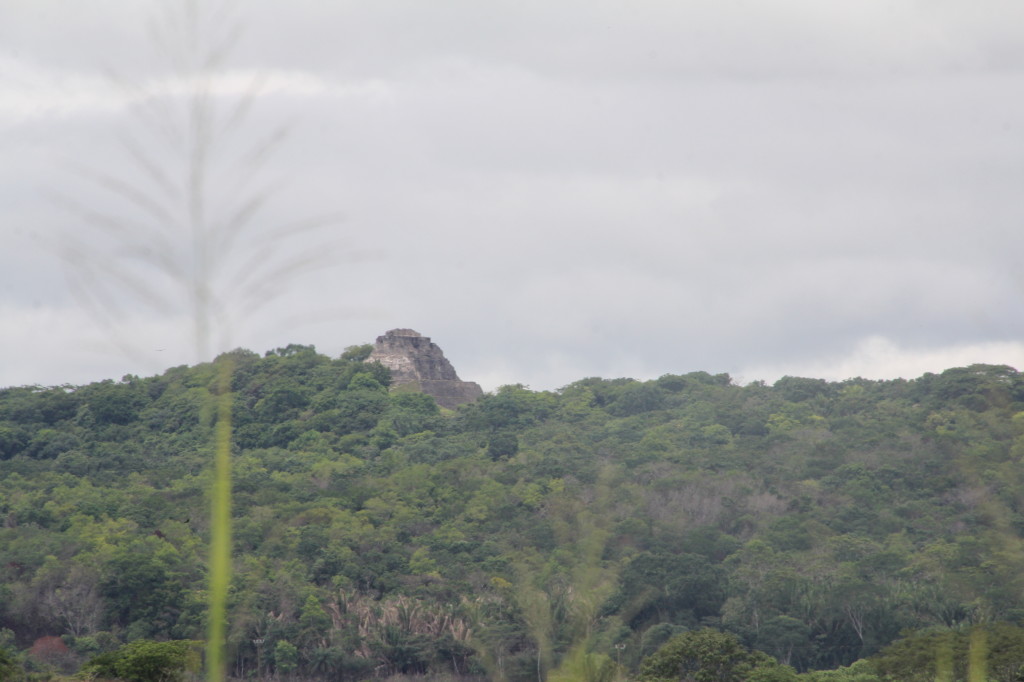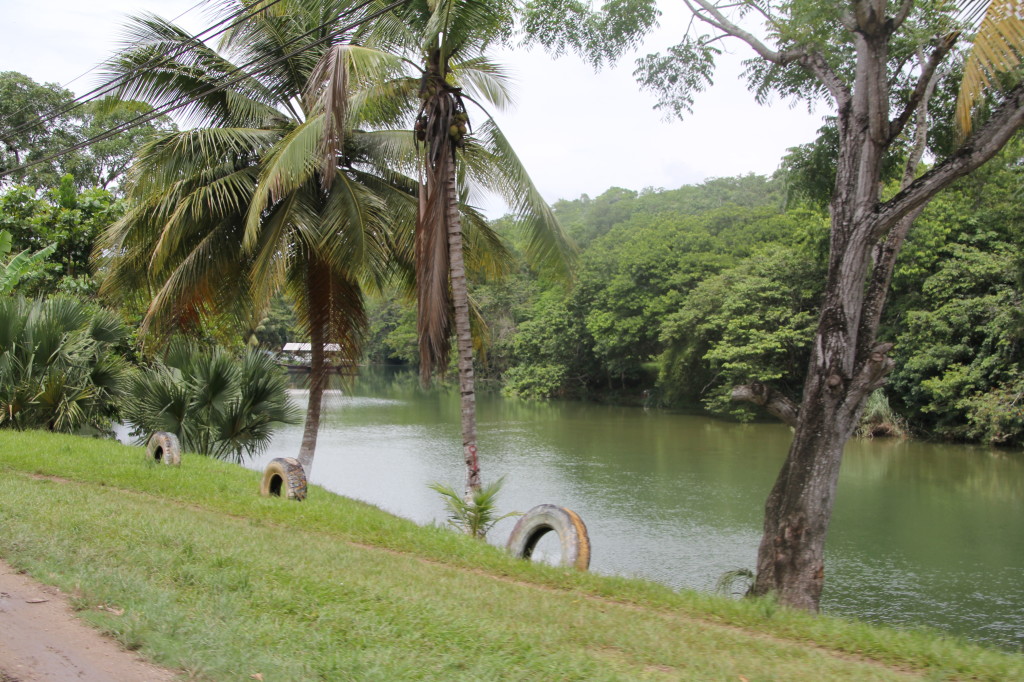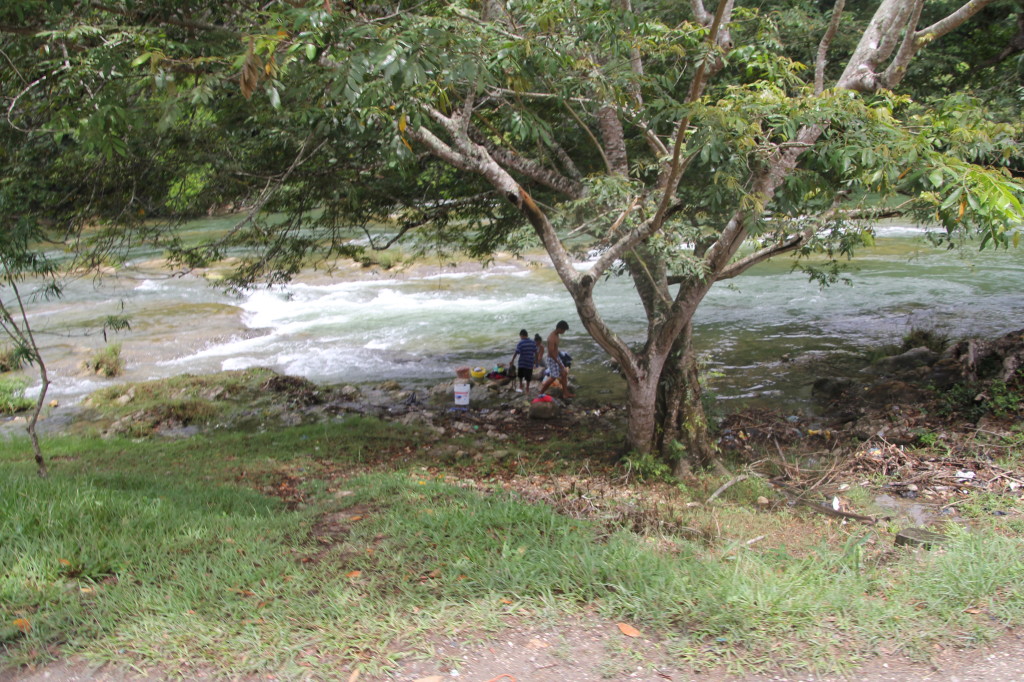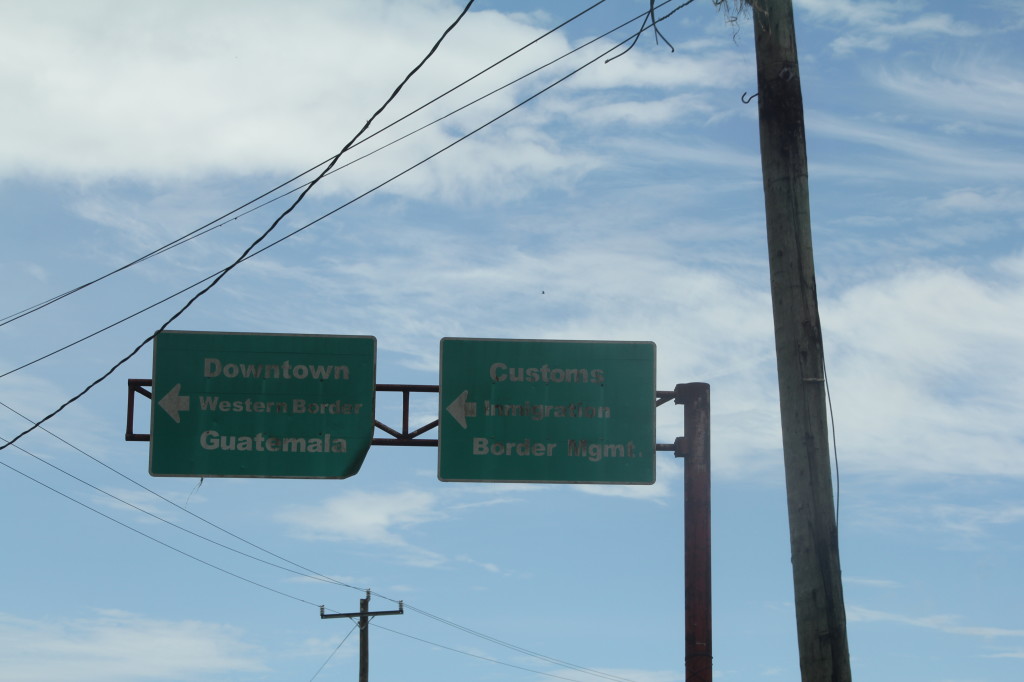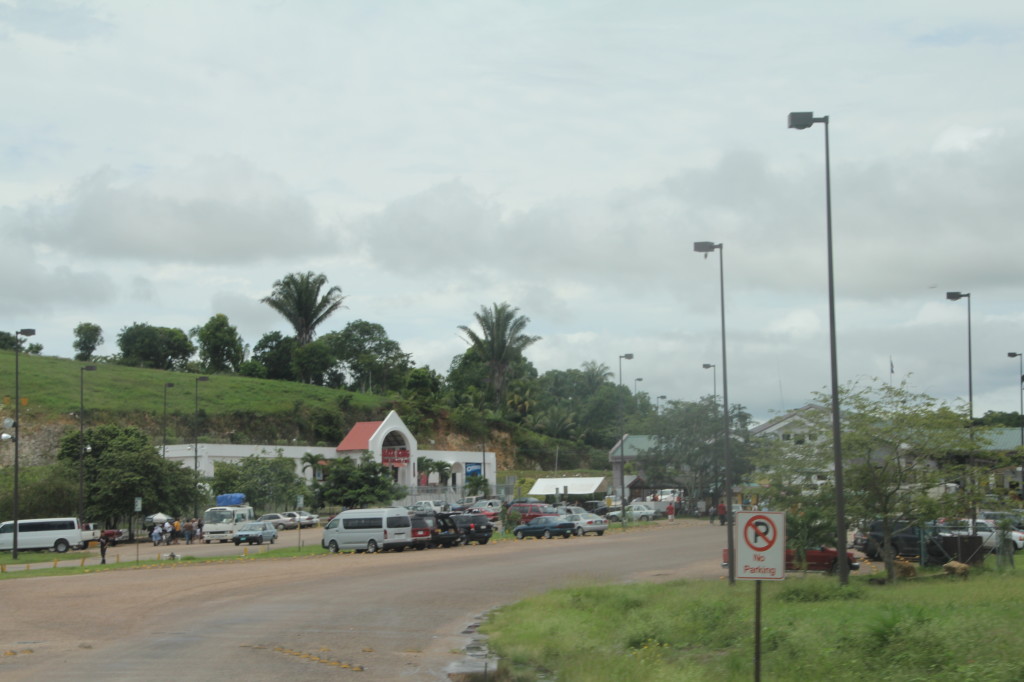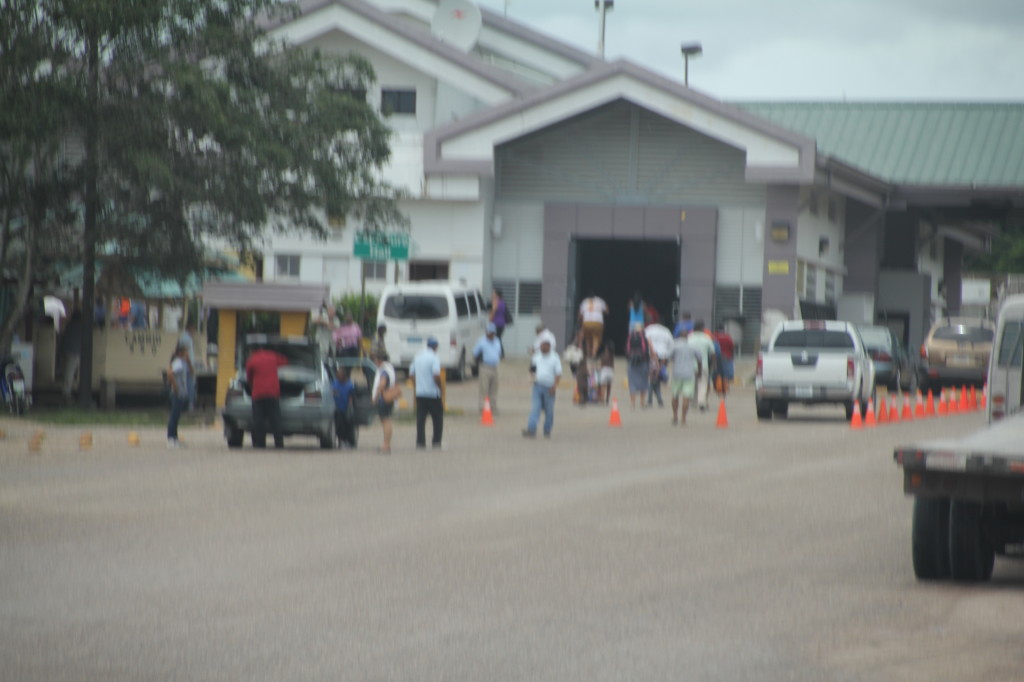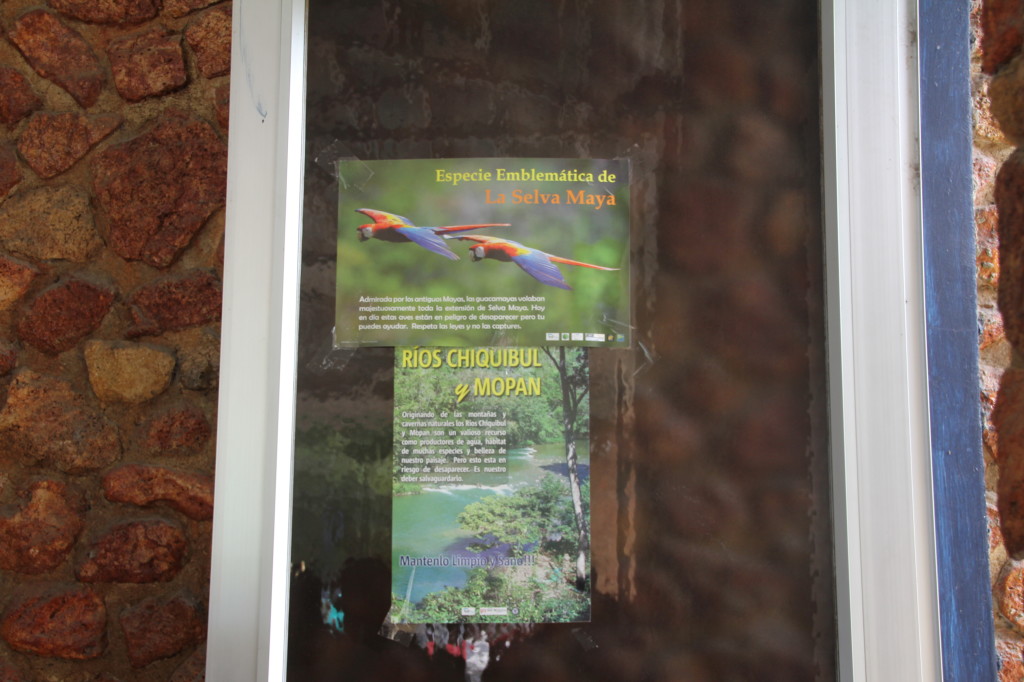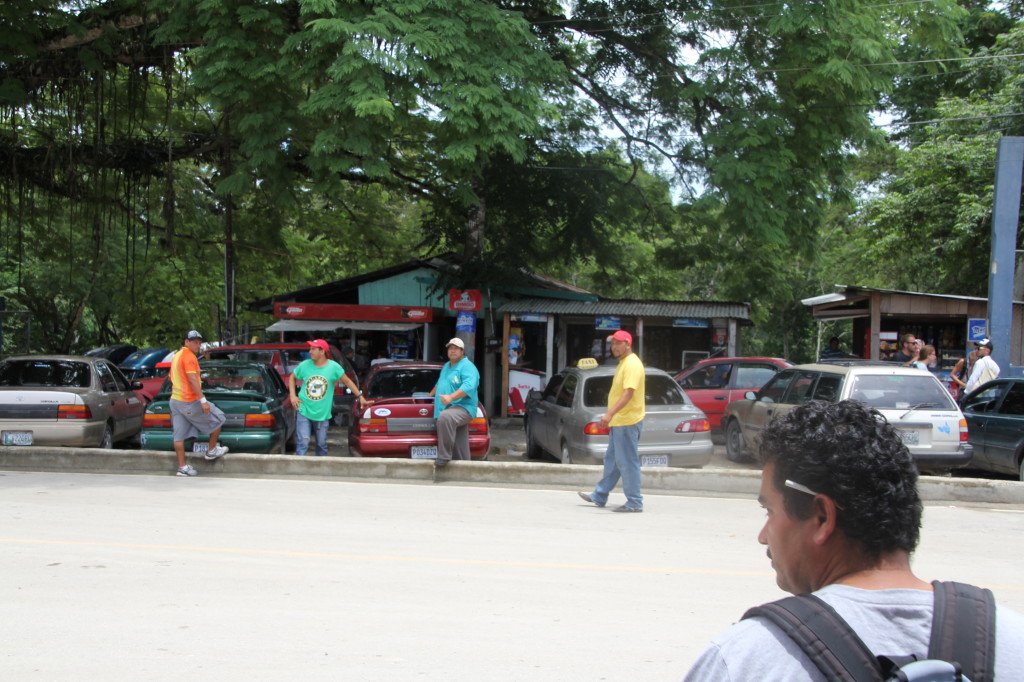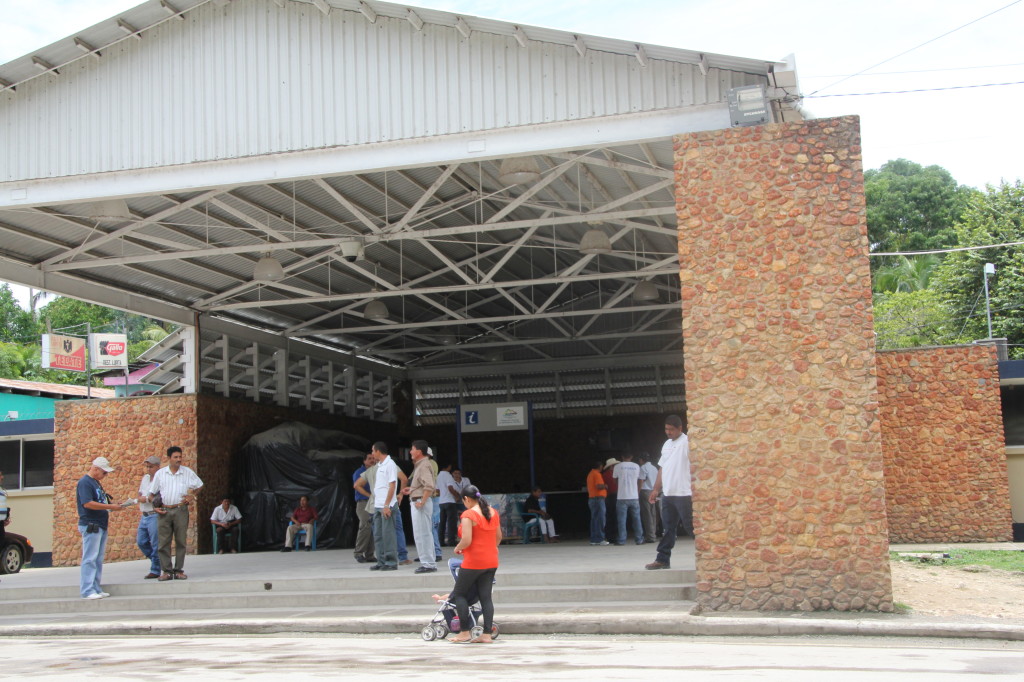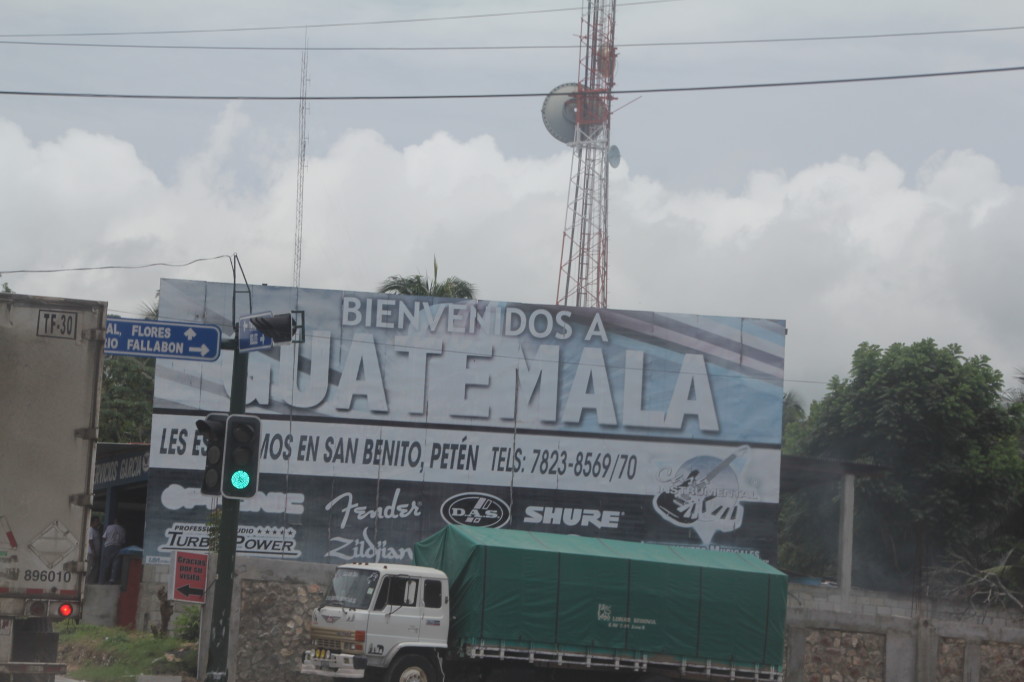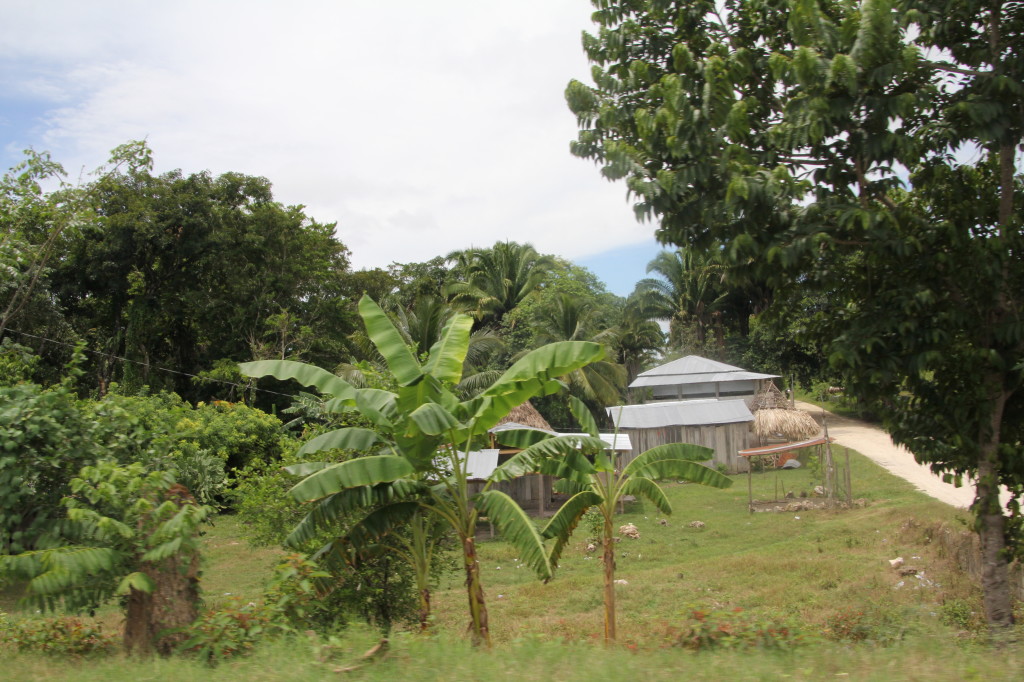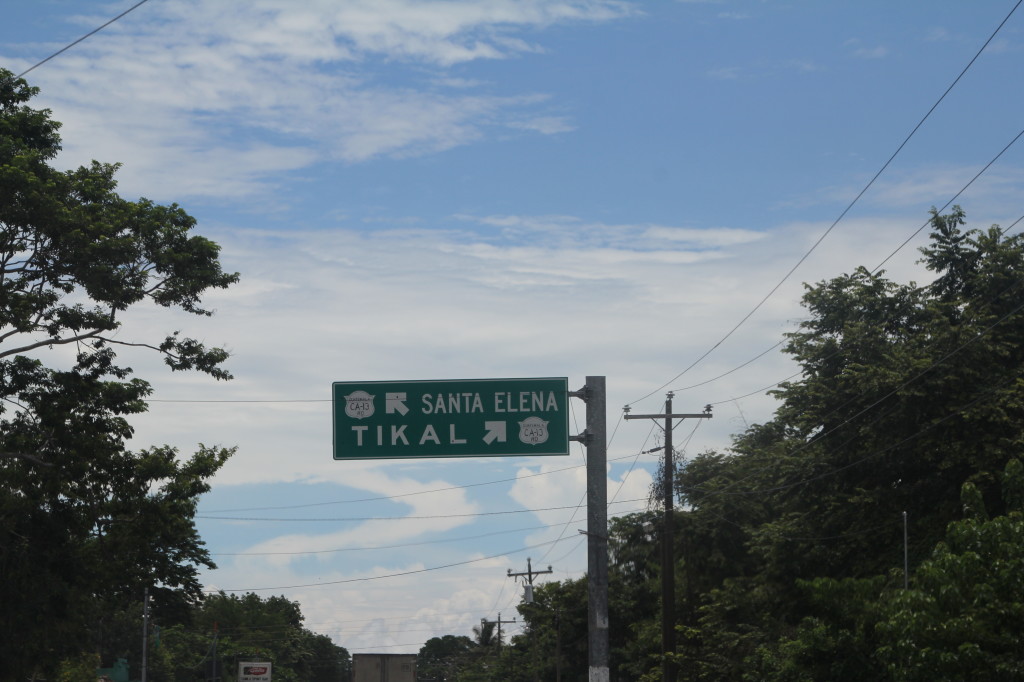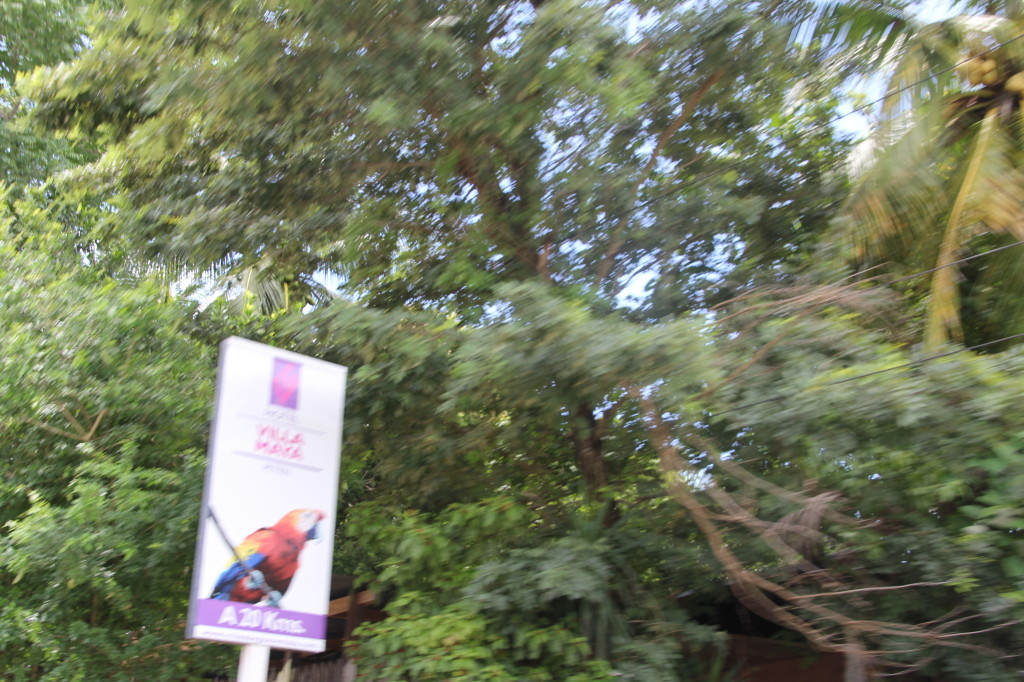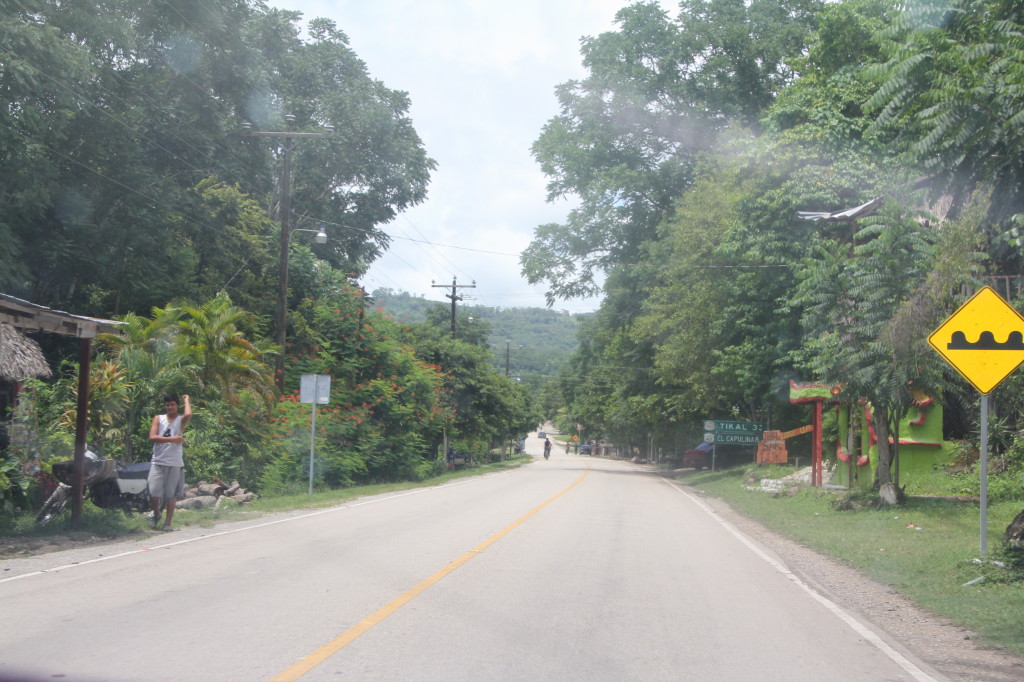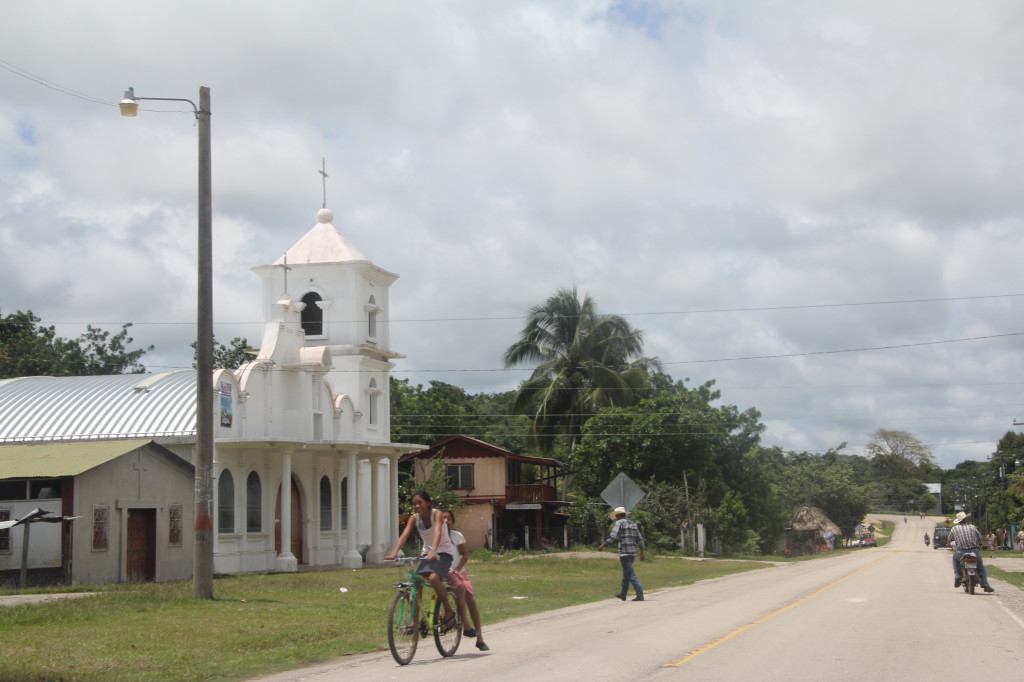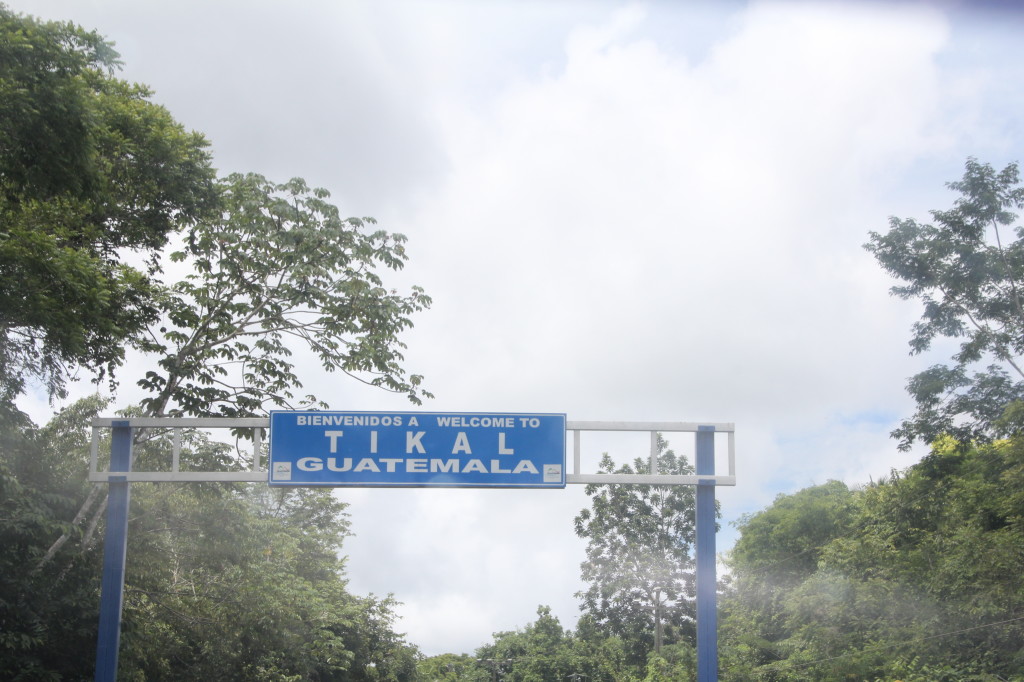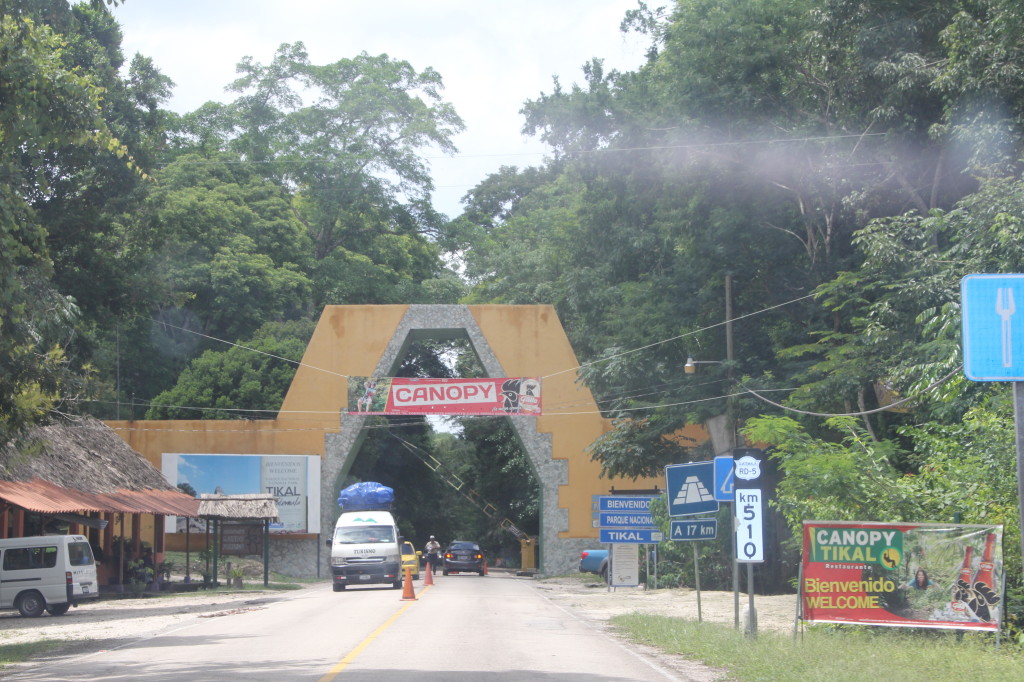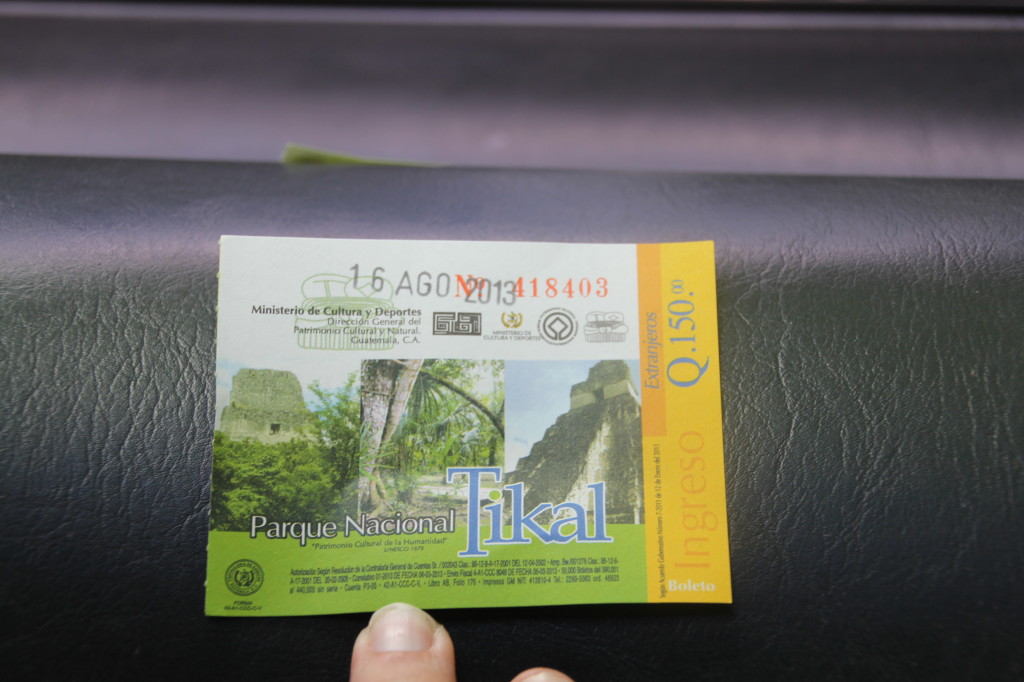Tikal National Park is located in the Northern Guatemala area of Petén, 60 km from Petén’s capital city of Flores. The closest airport is in Flores and you can use any Star Alliance carrier to book an award on Taca to get there. If you collect Avianca-Taca Lifemiles, there are some amazing bargains to be had if you are flexible with dates. Look how much you can save from the normal rate of 37,500 miles one way!

.
If you fly into Belize, it is pretty easy to get to the park overland. There are also overnight buses between Guatemala City and Flores but if you have Lifemiles you can book this flight for as little as 3500 miles, a true bargain!

.

A – Tikal National Park
B – Flores
Whatever you do, please stay at least one night in the park! This gives you a chance to do the sunrise and/or sunset tour plus spend a regular day inside the park exploring the ruins. There are 3 lodges inside the park within walking distance to the entrance.
Tikal Inn – Trip Advisor – My review
Jaguar Inn – Trip Advisor
Jungle Lodge – Trip Advisor
All have their pros and cons so I suggest reading the reviews on Trip Advisor to get a feel for the lodges. We loved our stay at Tikal Inn and can highly recommend it. If these 3 lodges are full, you can seek accommodation at El Remate or Flores but you won’t get to the park in time for sunrise.
The park is open from 6am – 6pm daily and entrance fee is 150 Quetzals. You can also enter the park from 4am for sunrise or stay in the park after sunset, for 250 Quetzales. During these extra hours visitors must be accompanied by a guide. There are no ATMs and they don’t take credit cards so bring cash!
You will buy your first entry ticket at the gate about 15 km down the road before you reach the actual park and lodges. Since you will have already paid to enter, it’s a good idea to make at least a quick visit even if you are tired. We decided to do the sunset tour as part of our Tikal Inn package. We didn’t actually see the sun set (we didn’t climb the pyramid), but we did see some of the ruins and lots of birds! Here’s a few photos from the sunset tour (bird photos are on tomorrow’s post).
If you stay in one of the lodges, the next day you will have to buy a new ticket here. Cash only!
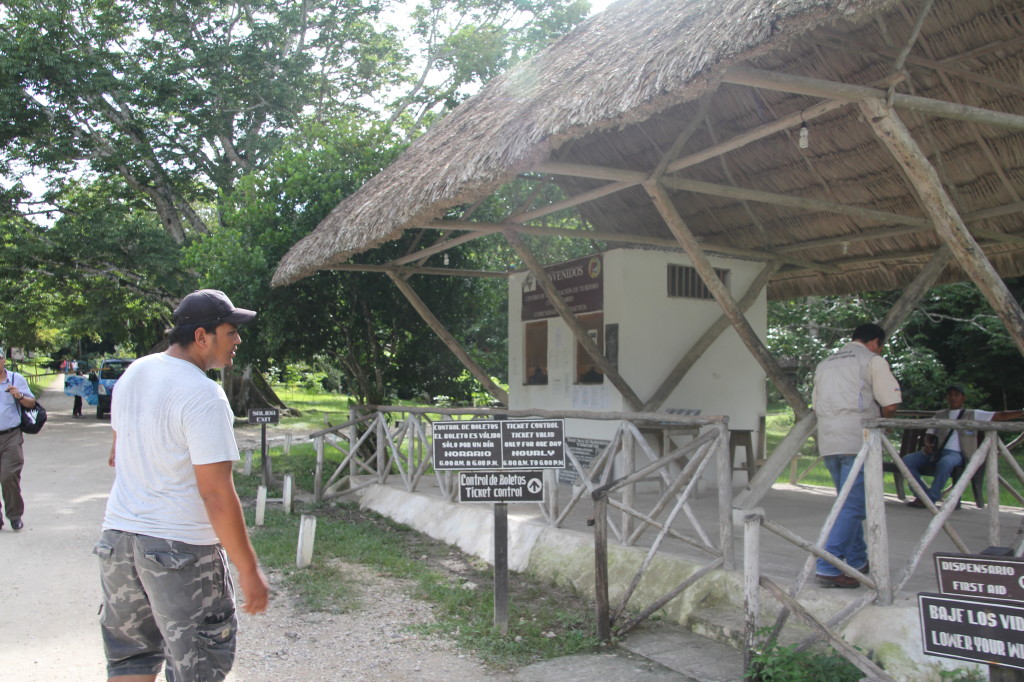
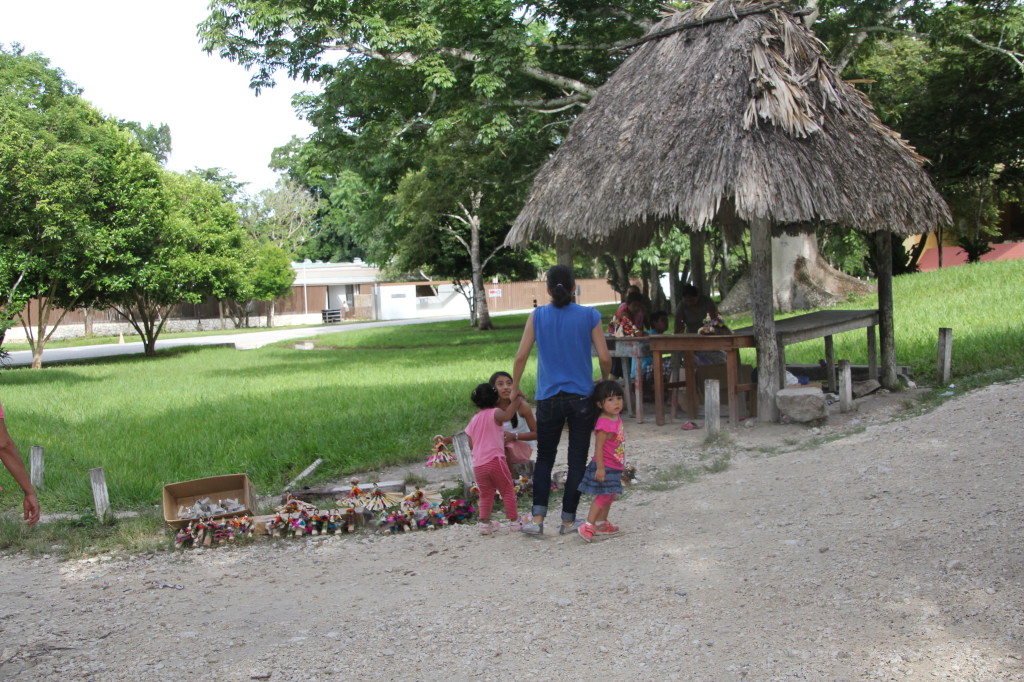
Map of Tikal.
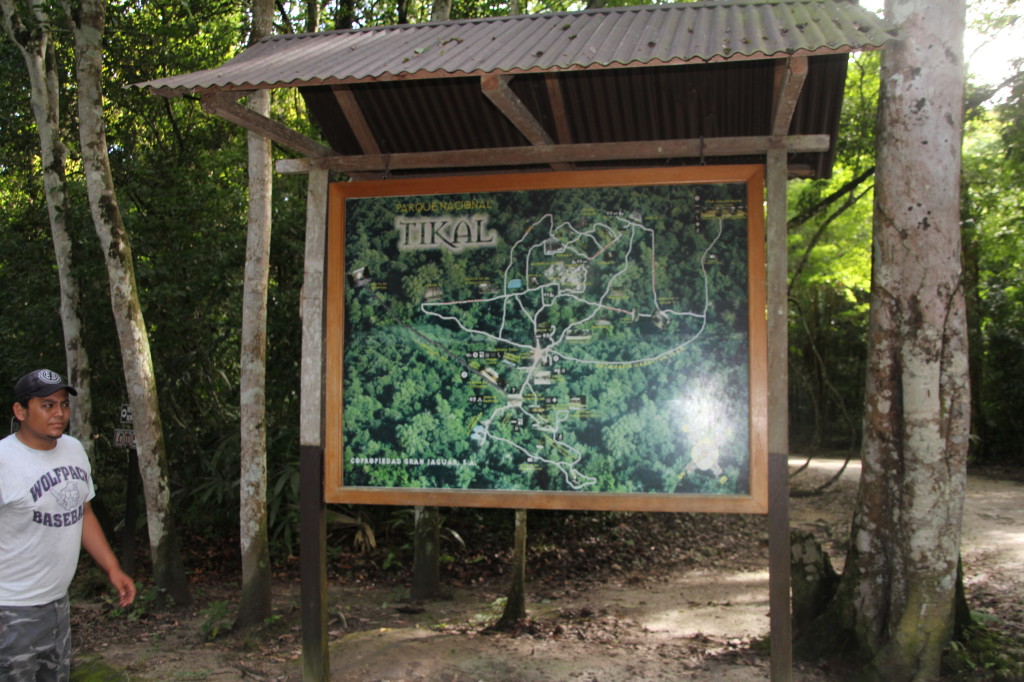
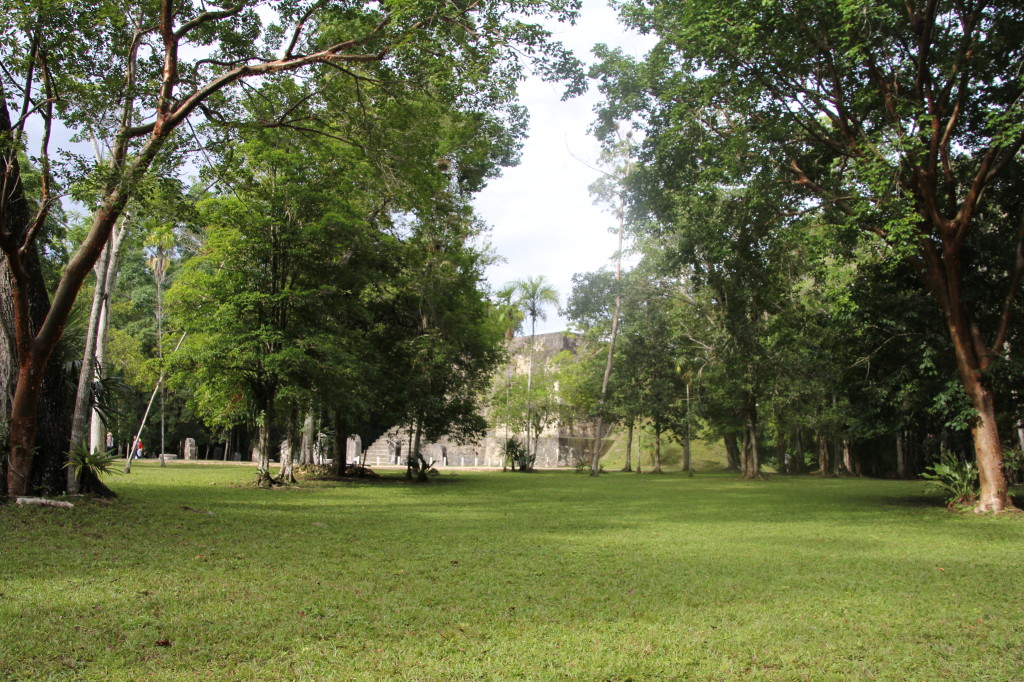
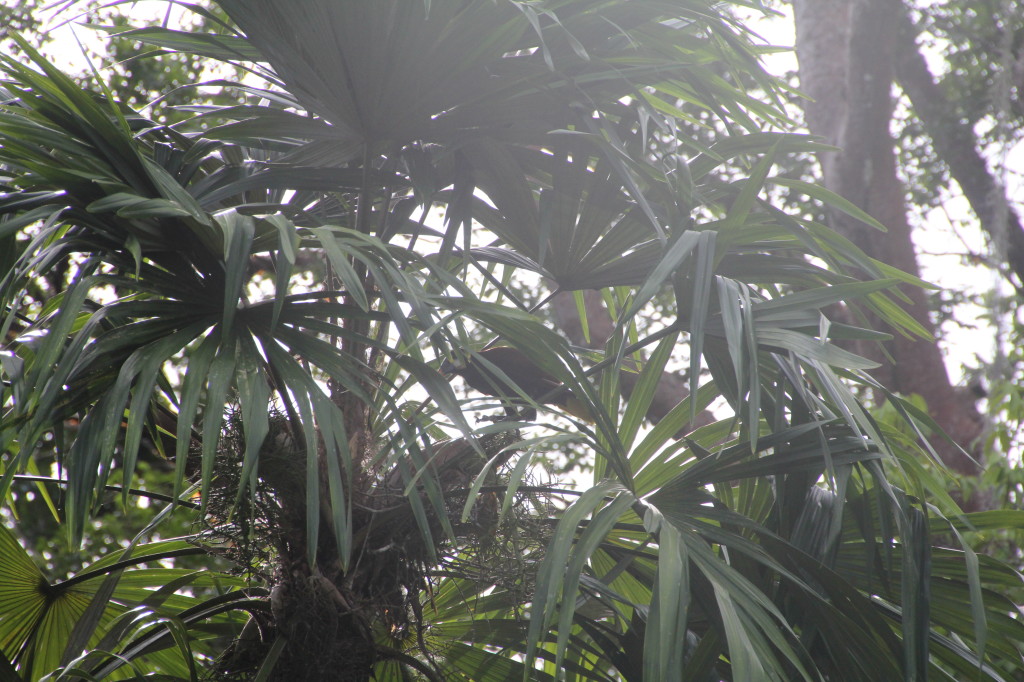
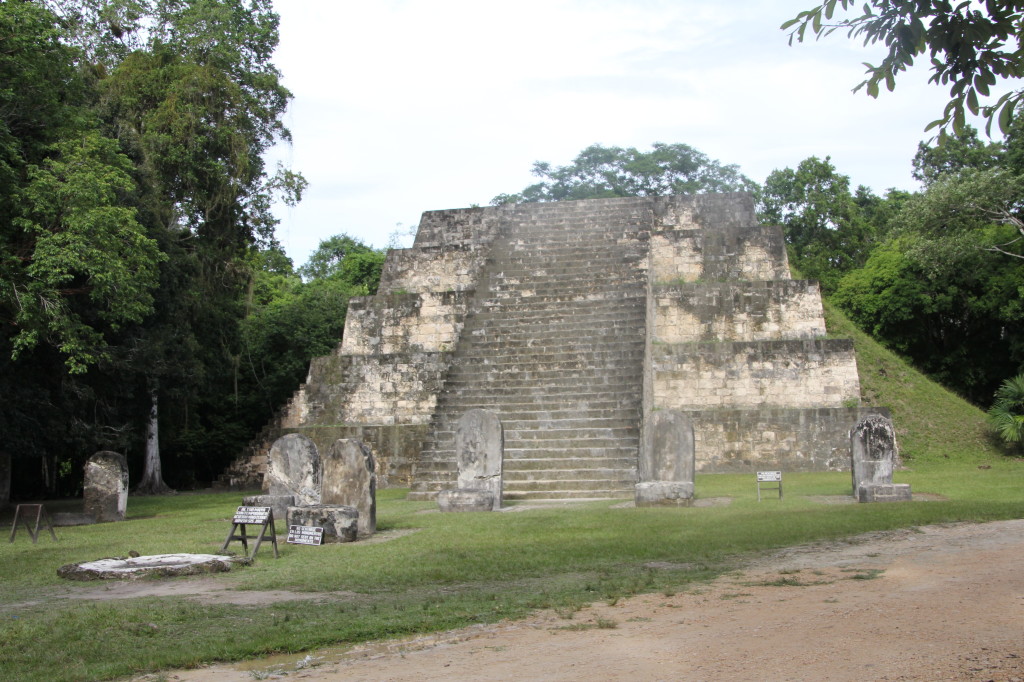
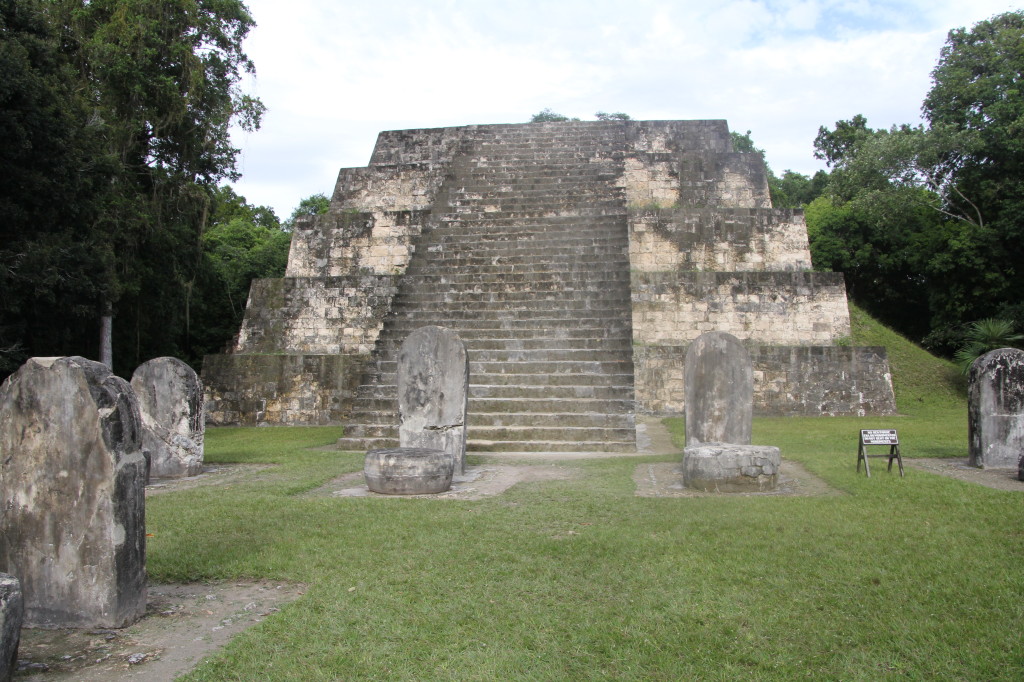
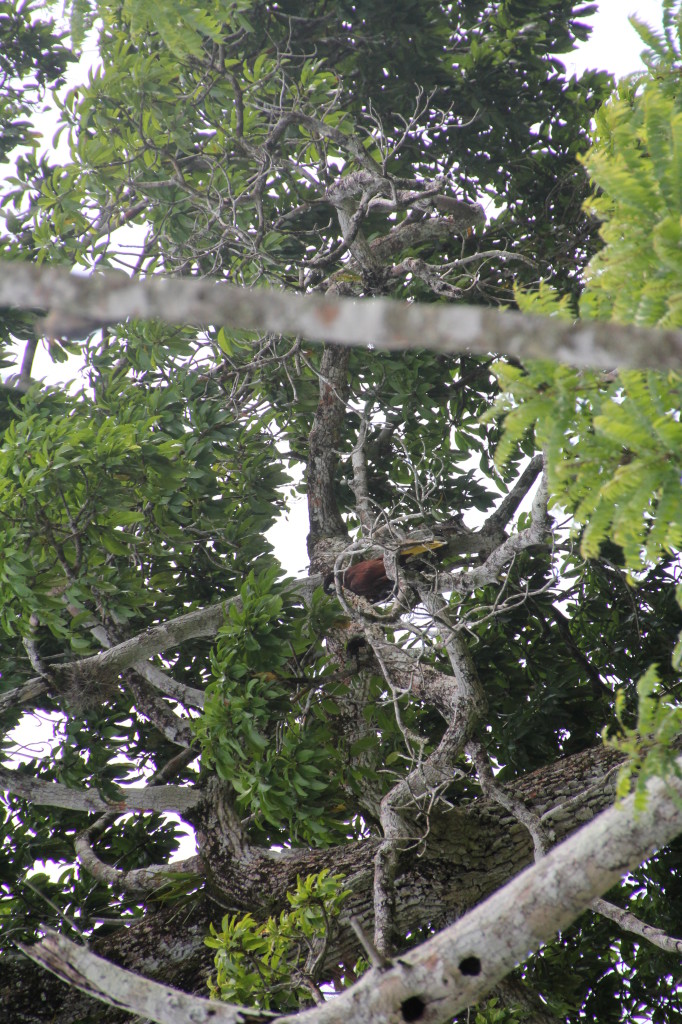
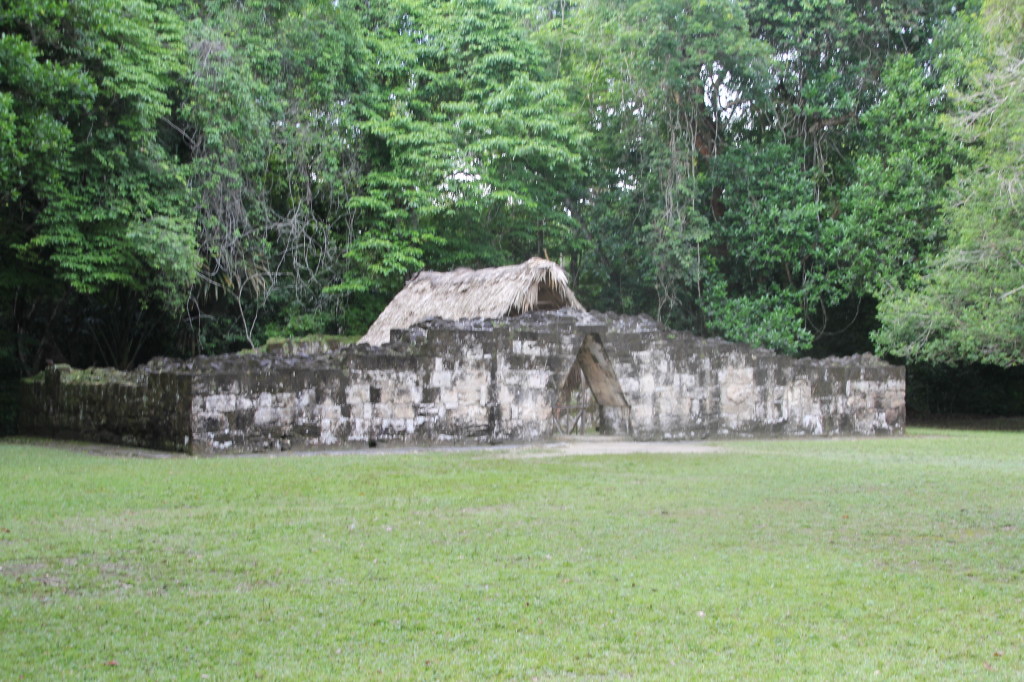
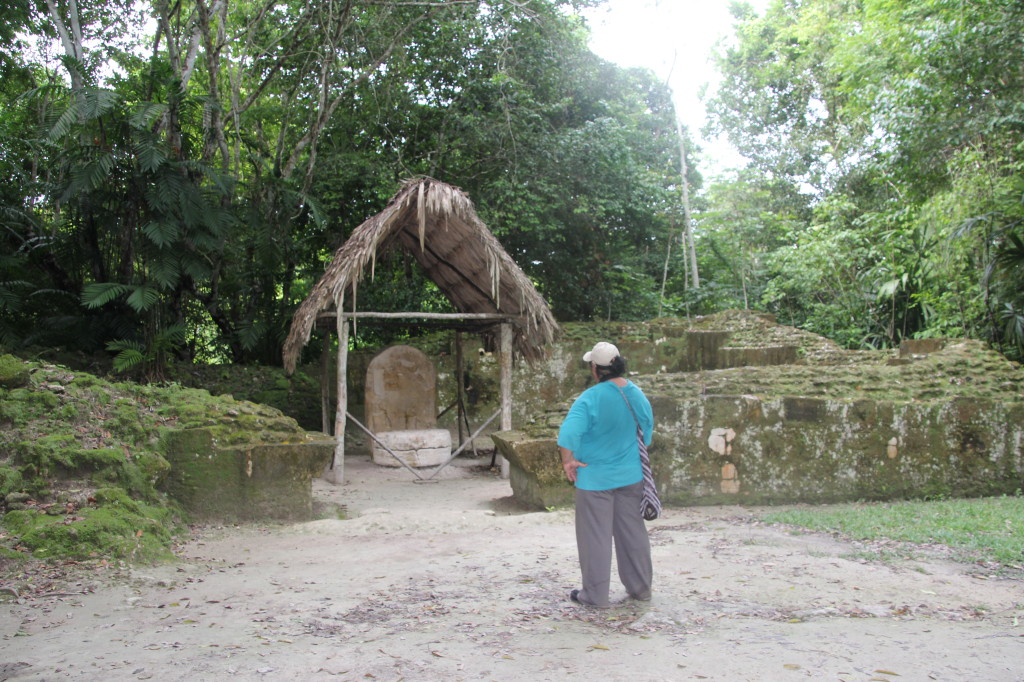
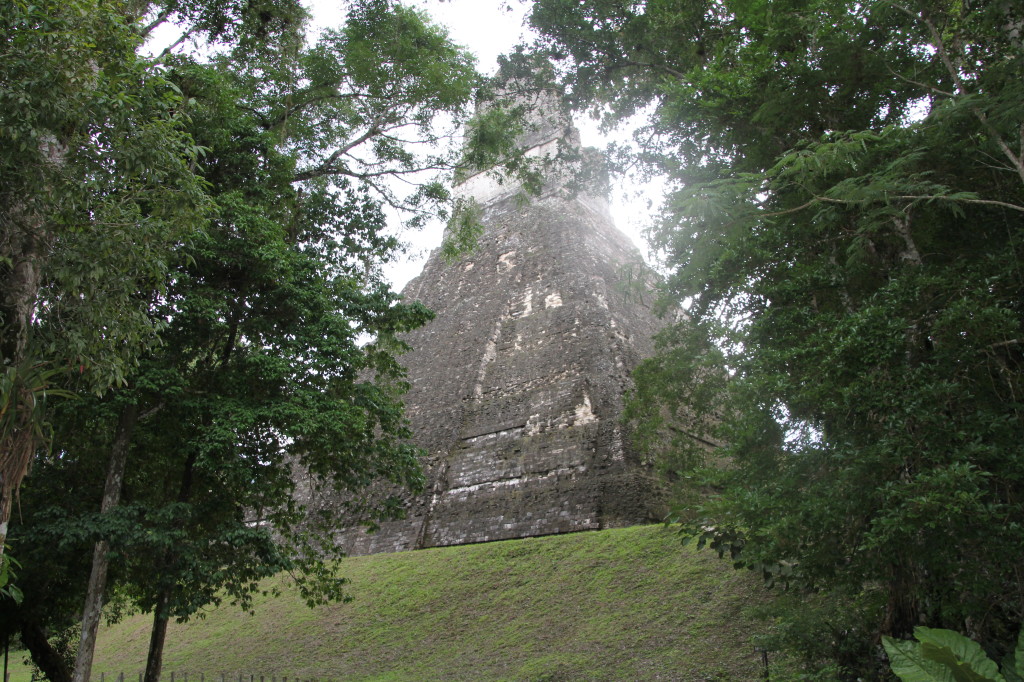
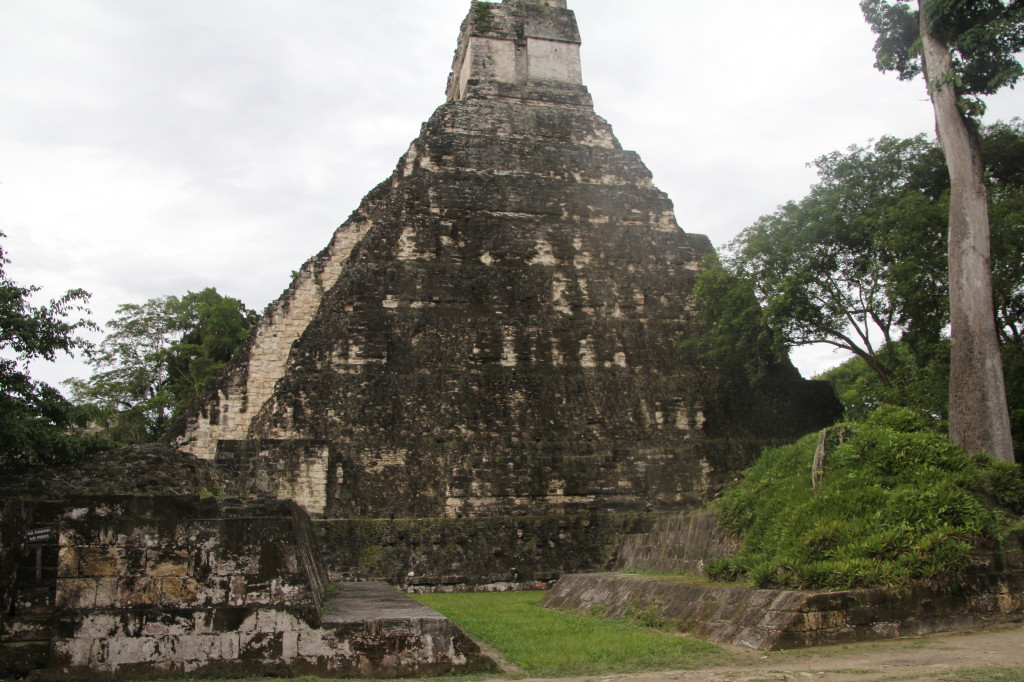
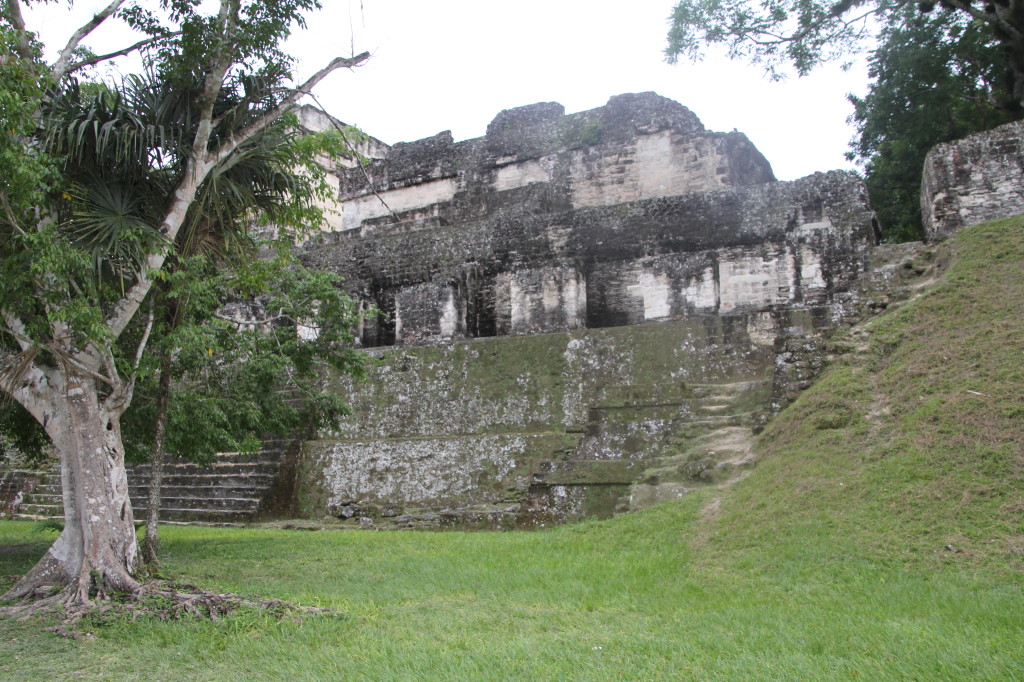
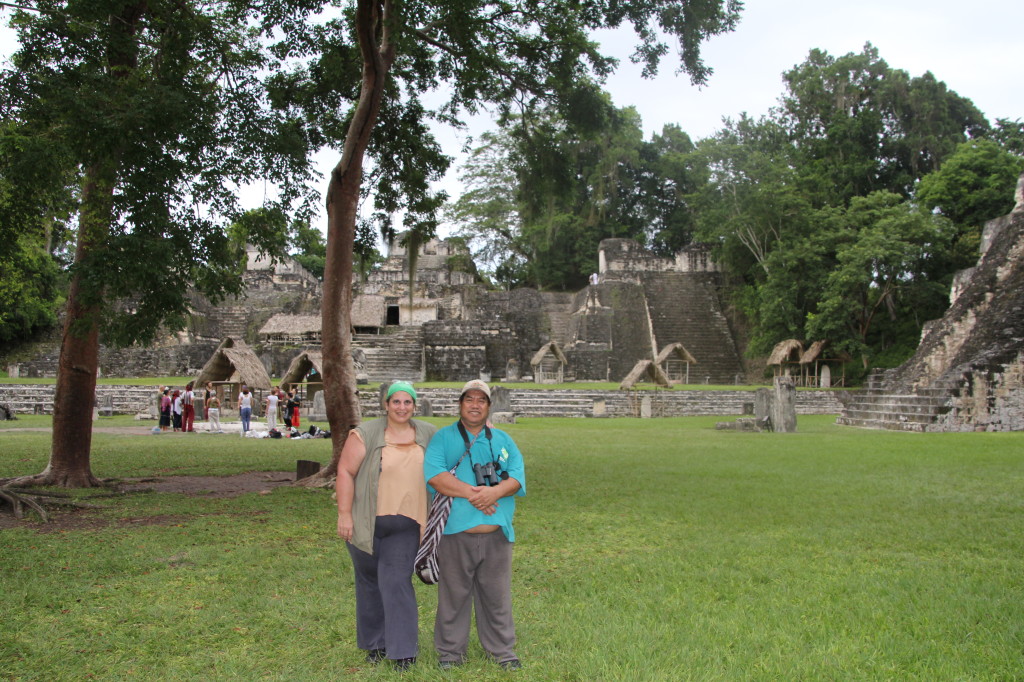
These people were doing some kind of ceremony. I have no idea what it was but it was pretty cool to observe!
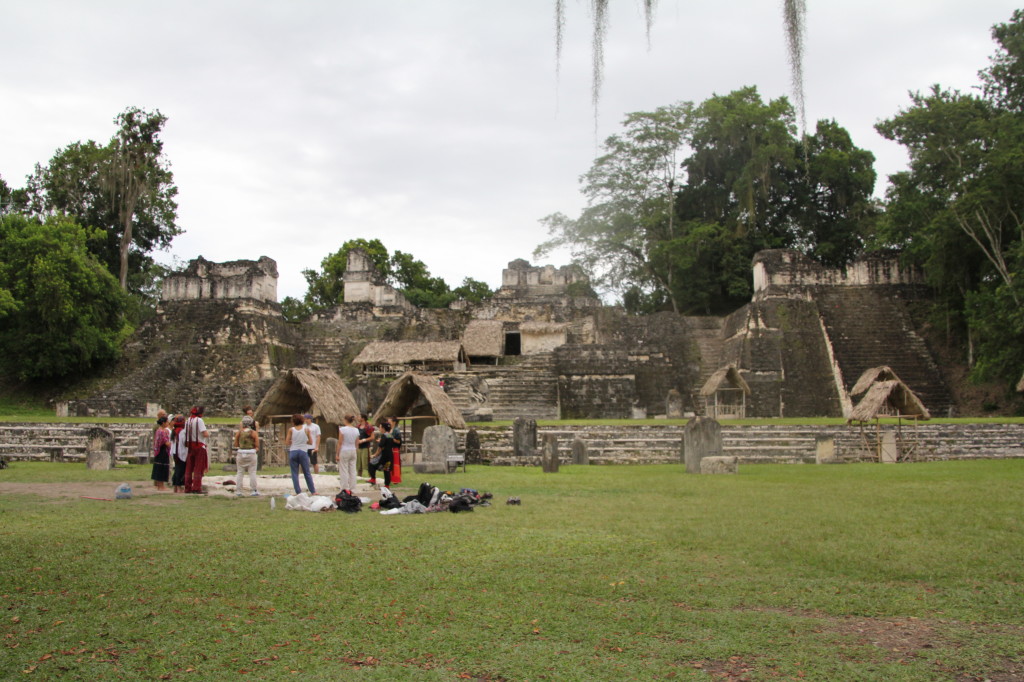
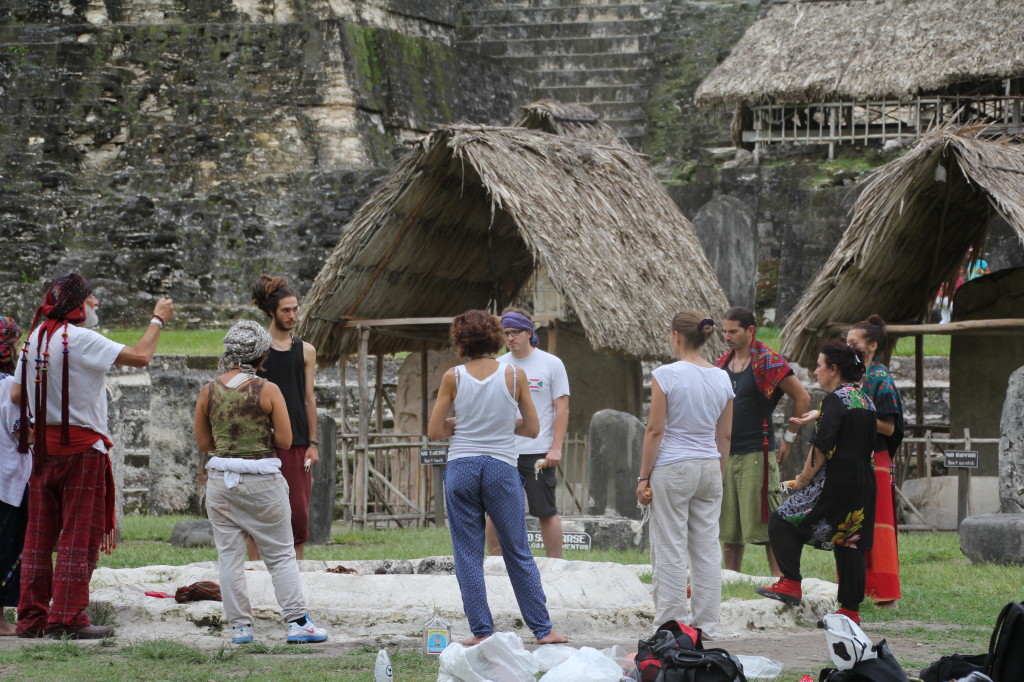
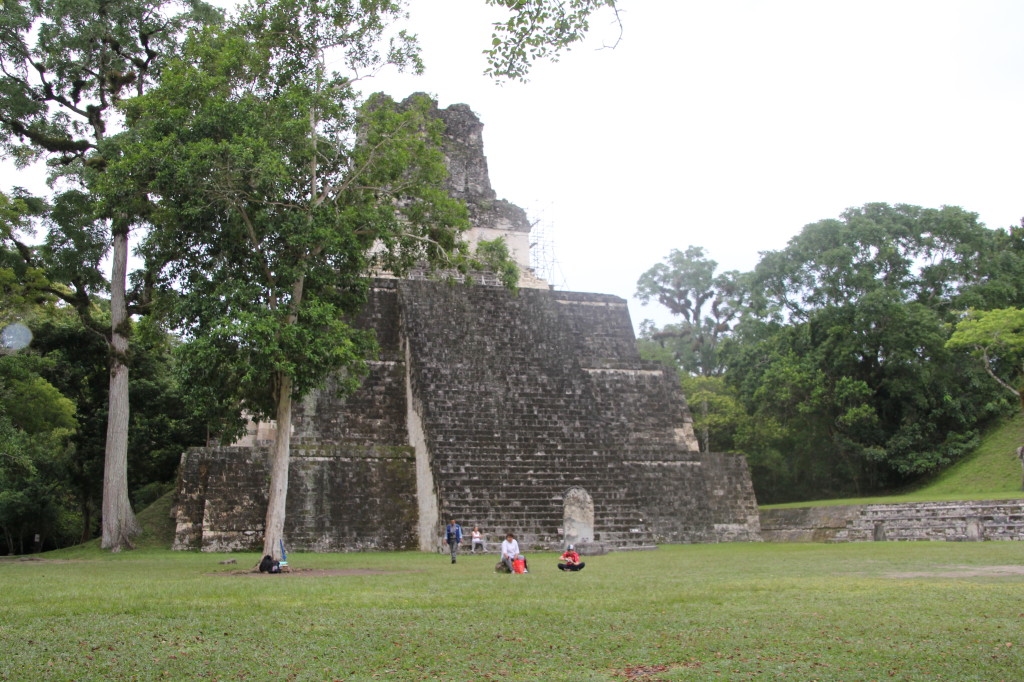
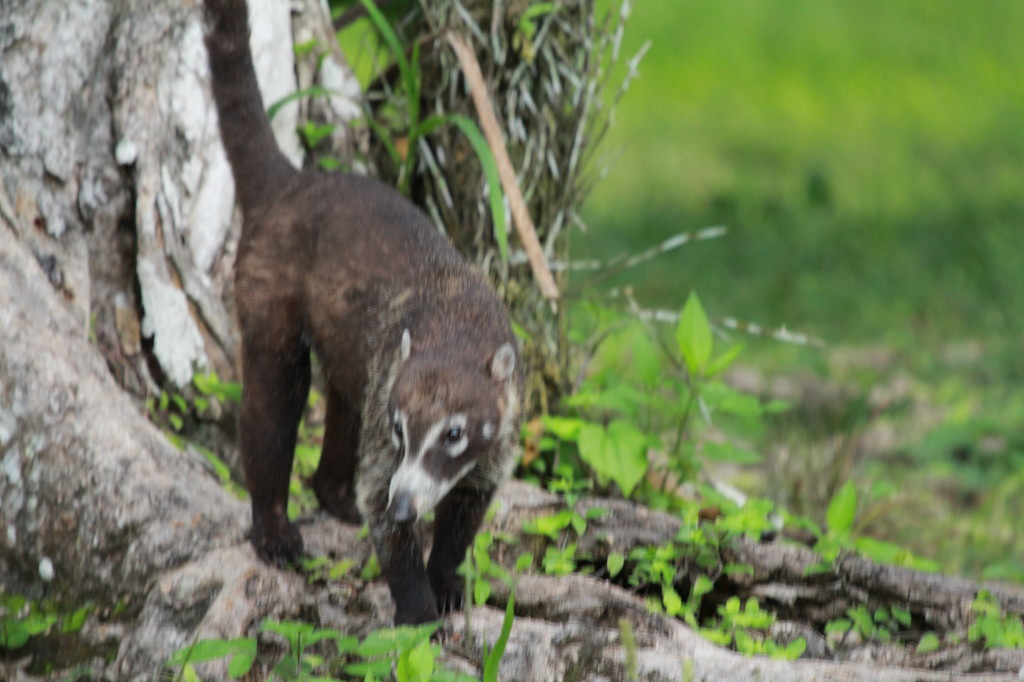
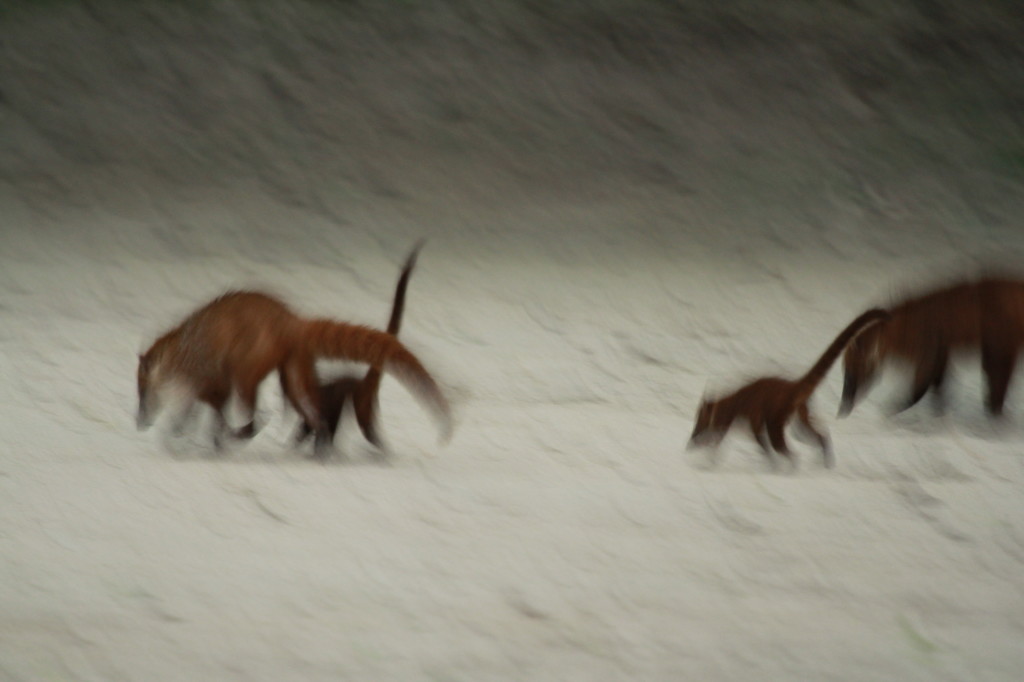
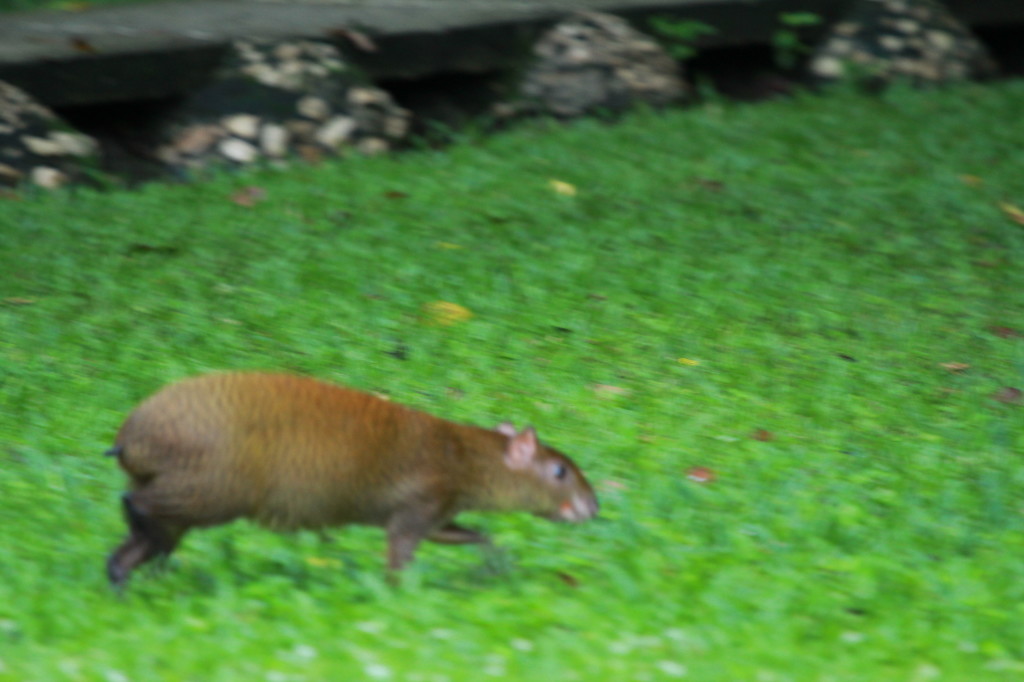
The history of these amazing ruins is beyond the focus of this travel blog but you can get a good idea from Wikipedia.
Tikal (/tiˈkäl/) (Tik’al in modern Mayan orthography) is one of the largest archaeological sites and urban centres of the pre-Columbian Maya civilization. It is located in the archaeological region of the Petén Basin in what is now northern Guatemala. Situated in the department of El Petén, the site is part of Guatemala’s Tikal National Park and in 1979 it was declared a UNESCO World Heritage Site.
Tikal was the capital of a conquest state that became one of the most powerful kingdoms of the ancient Maya. Though monumental architecture at the site dates back as far as the 4th century BC, Tikal reached its apogee during the Classic Period, ca. 200 to 900 AD. During this time, the city dominated much of the Maya region politically, economically, and militarily, while interacting with areas throughout Mesoamerica such as the great metropolis of Teotihuacan in the distant Valley of Mexico. There is evidence that Tikal was conquered by Teotihuacan in the 4th century AD. Following the end of the Late Classic Period, no new major monuments were built at Tikal and there is evidence that elite palaces were burned. These events were coupled with a gradual population decline, culminating with the site’s abandonment by the end of the 10th century.
The trails are well marked so it is unlikely you will get lost but the condition of the trails can be challenging, especially if they are muddy. I managed to throw my back out and struggled quite a bit. I was so sore from this, I decided to forego the sunrise tour as I didn’t want to slow down a whole group and go birding around the grounds instead. We made a 2nd visit during normal hours and were able to take advantage of a small shuttle that takes you up to the Grand Temple for a nominal fee (less than $5). These photos are from the 2nd day.
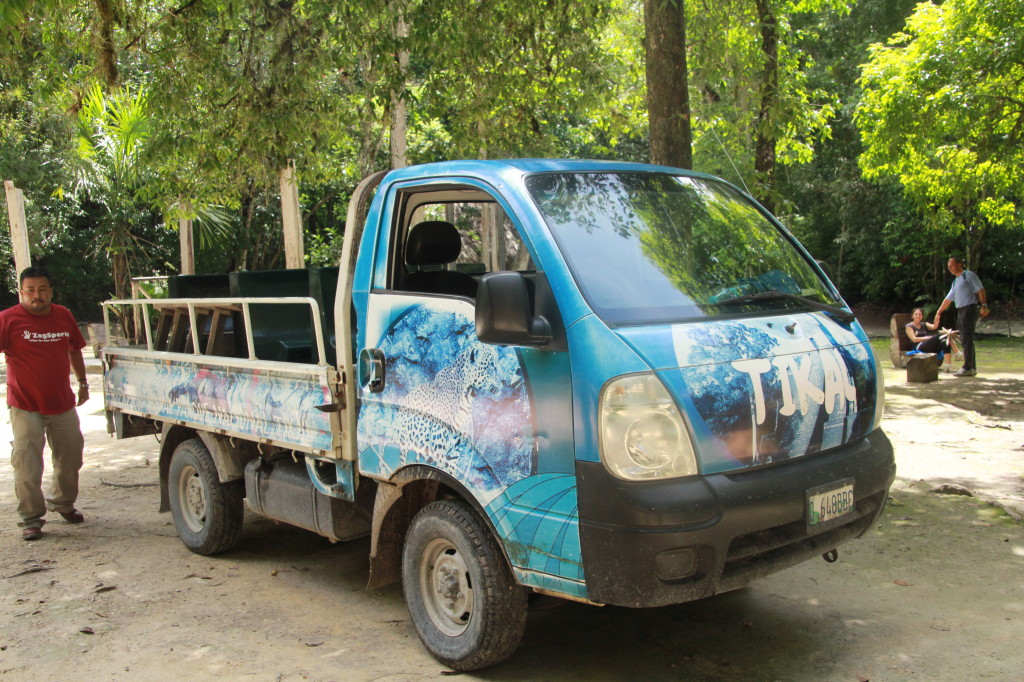
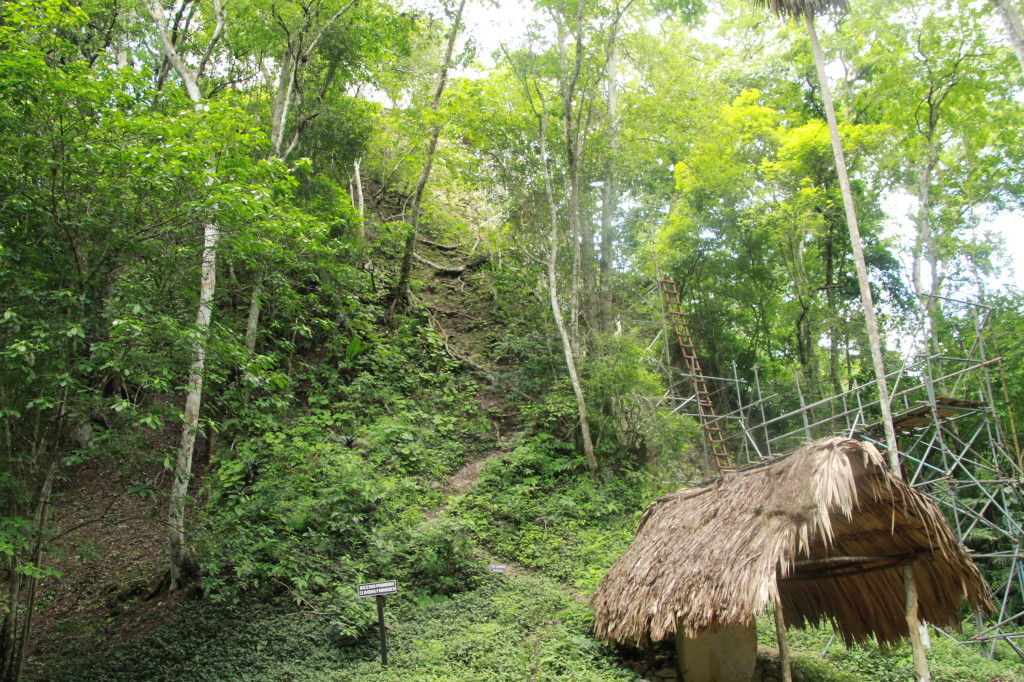
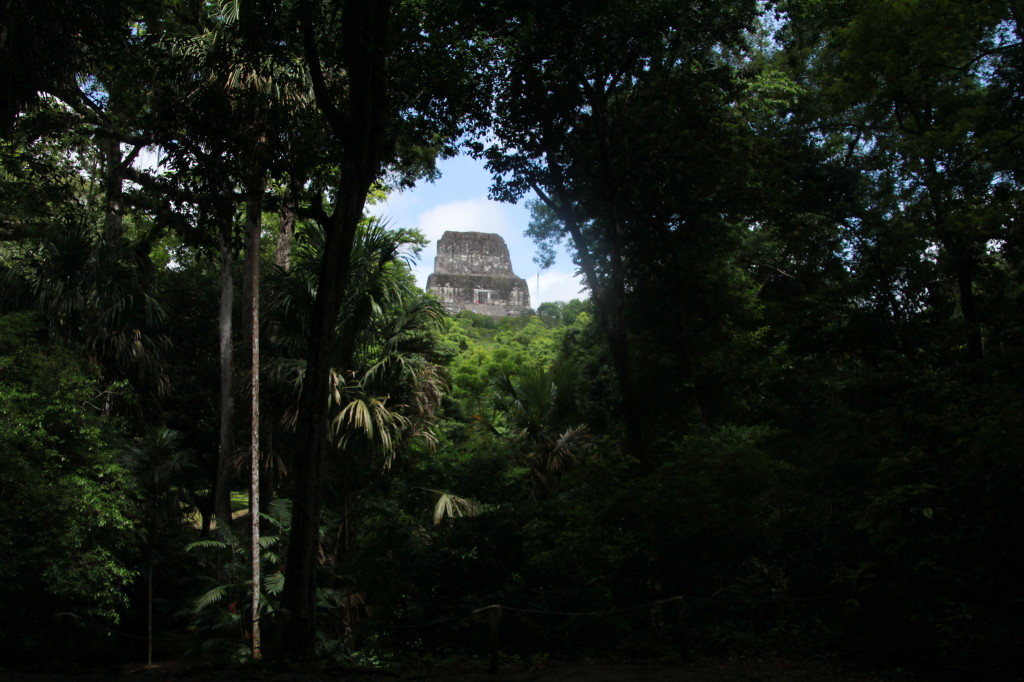
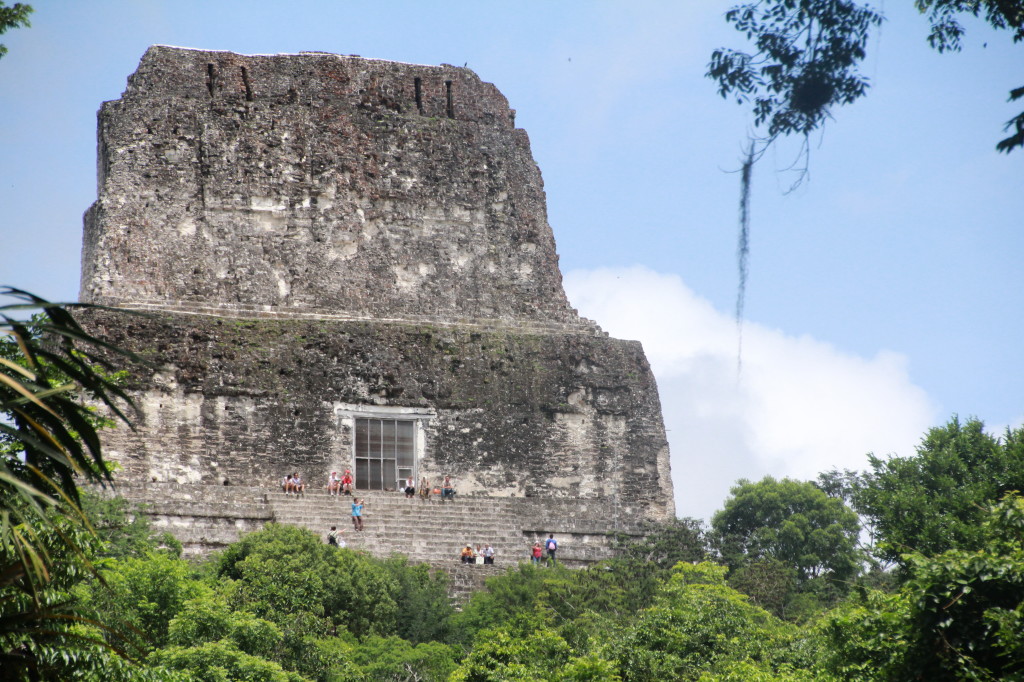
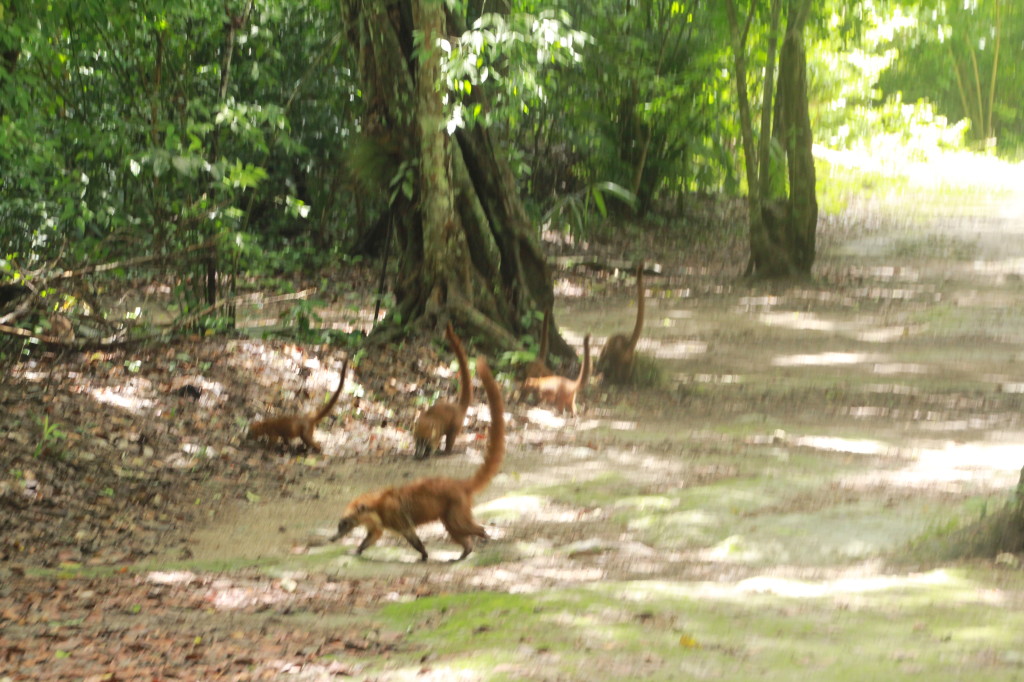
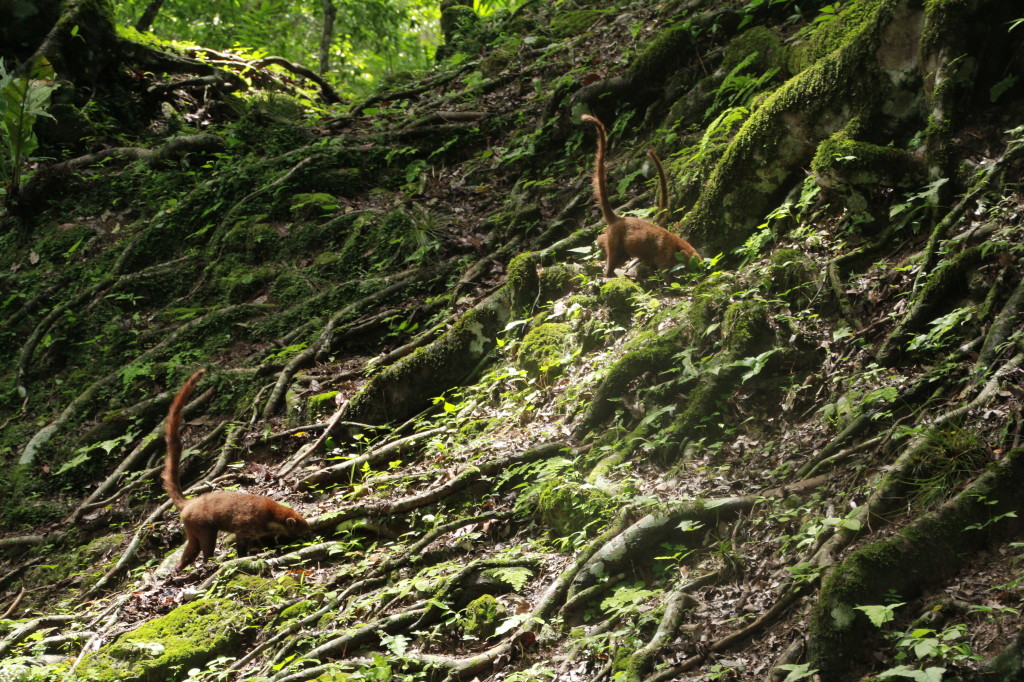
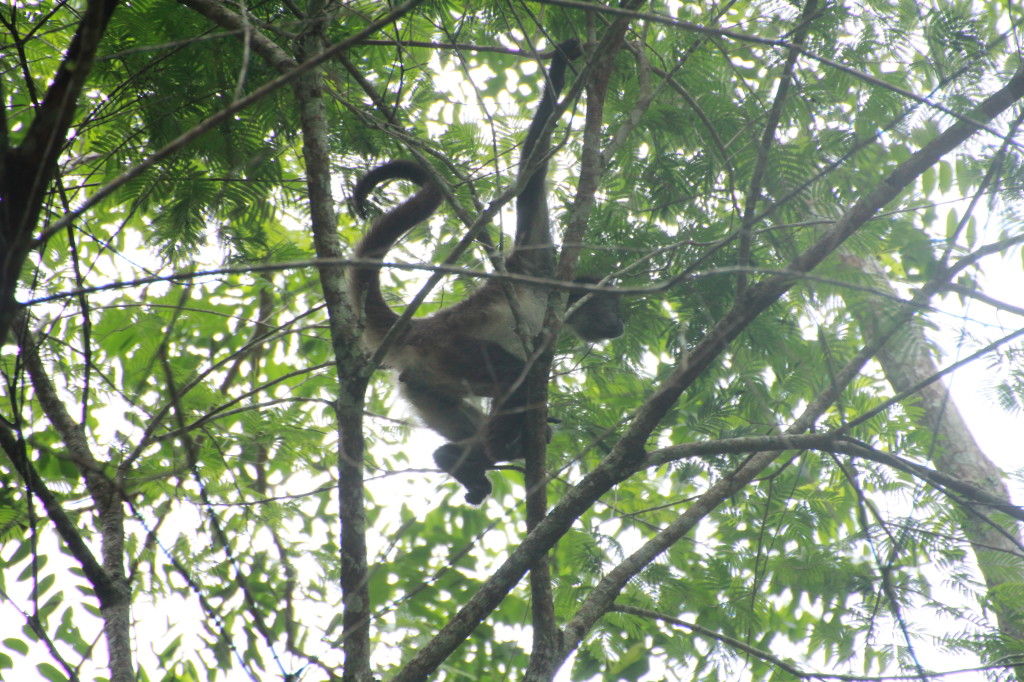
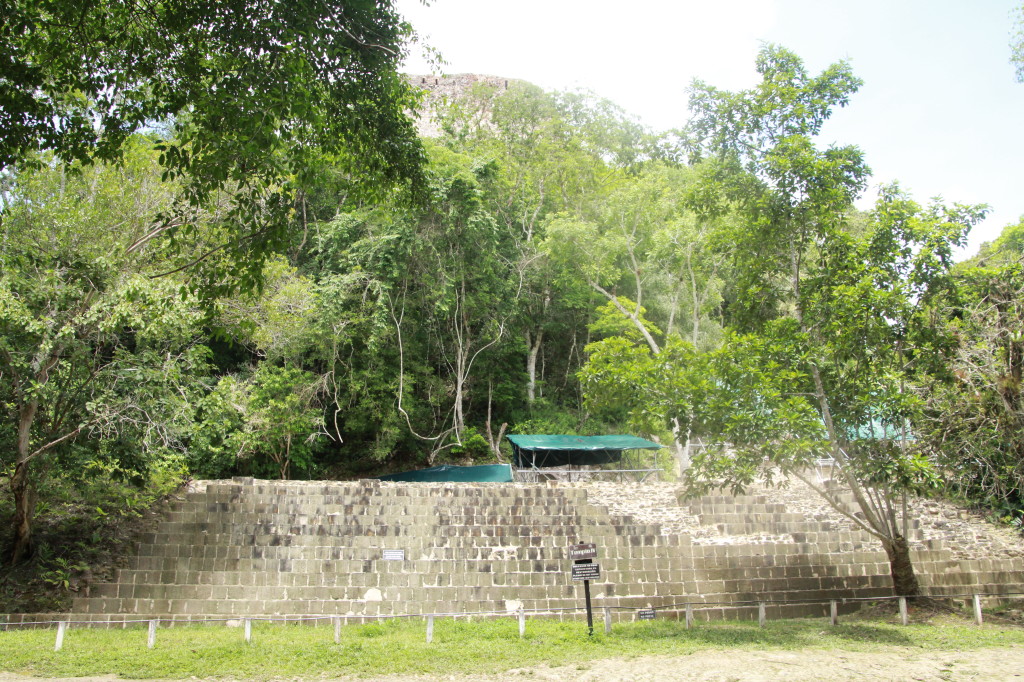
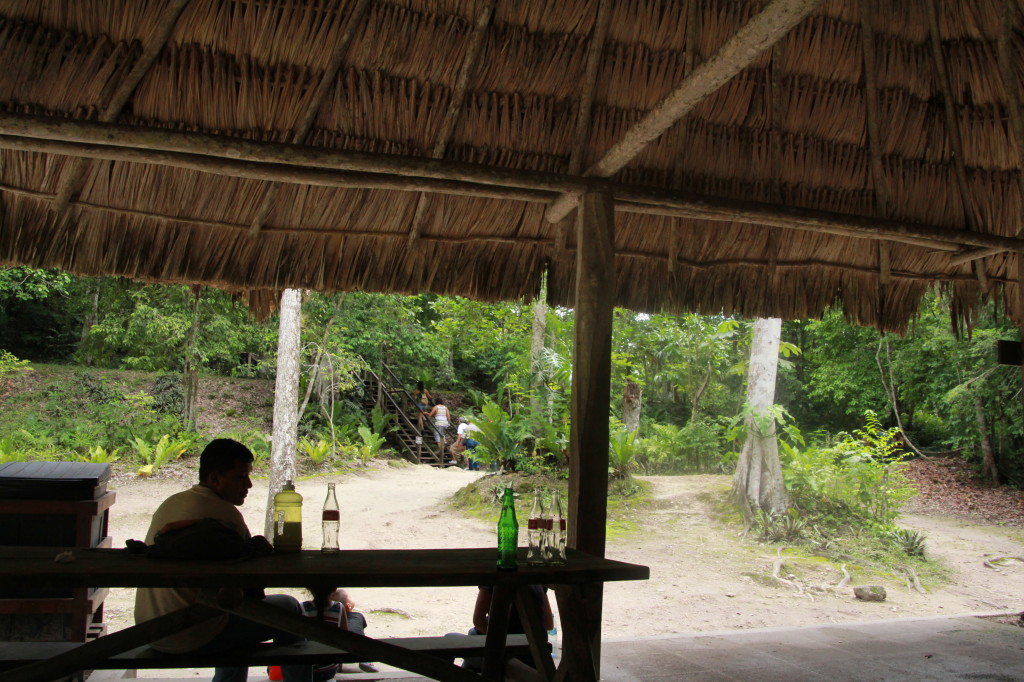
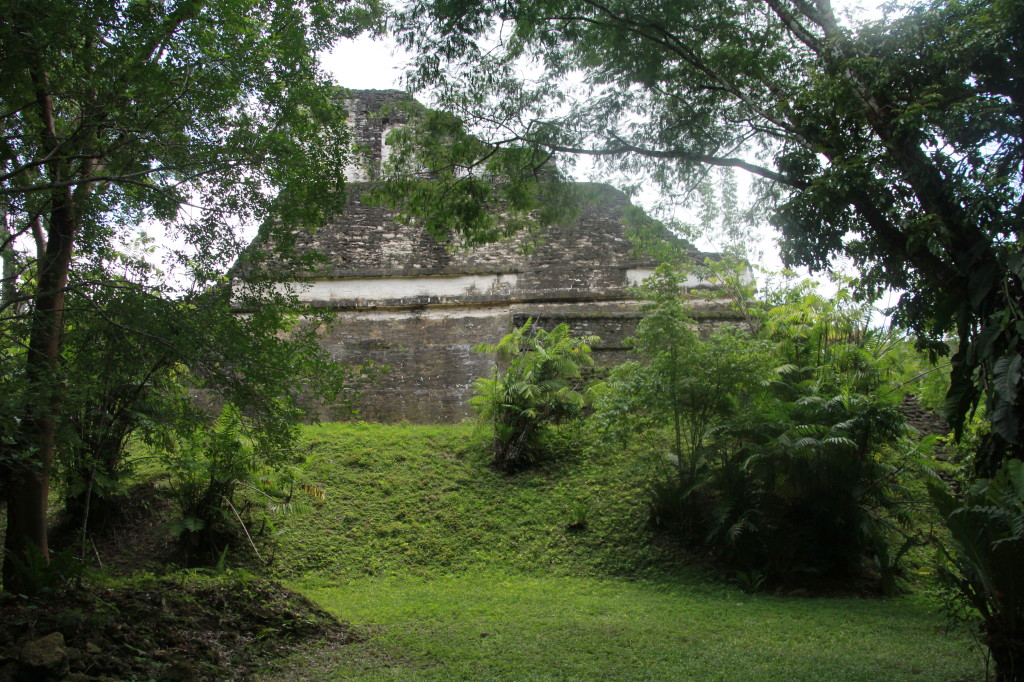
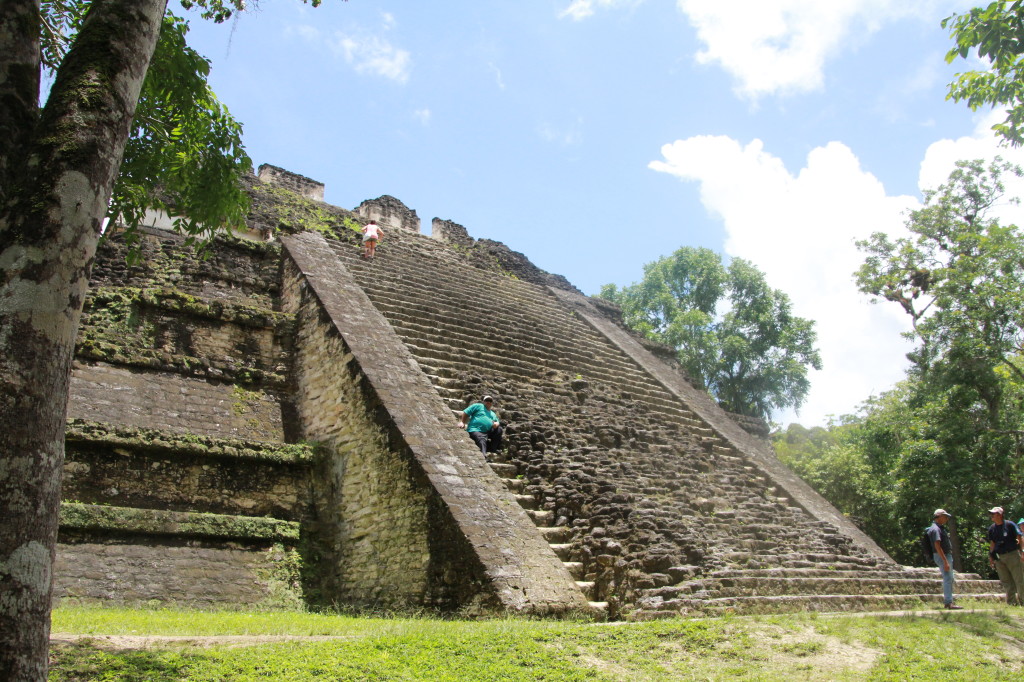
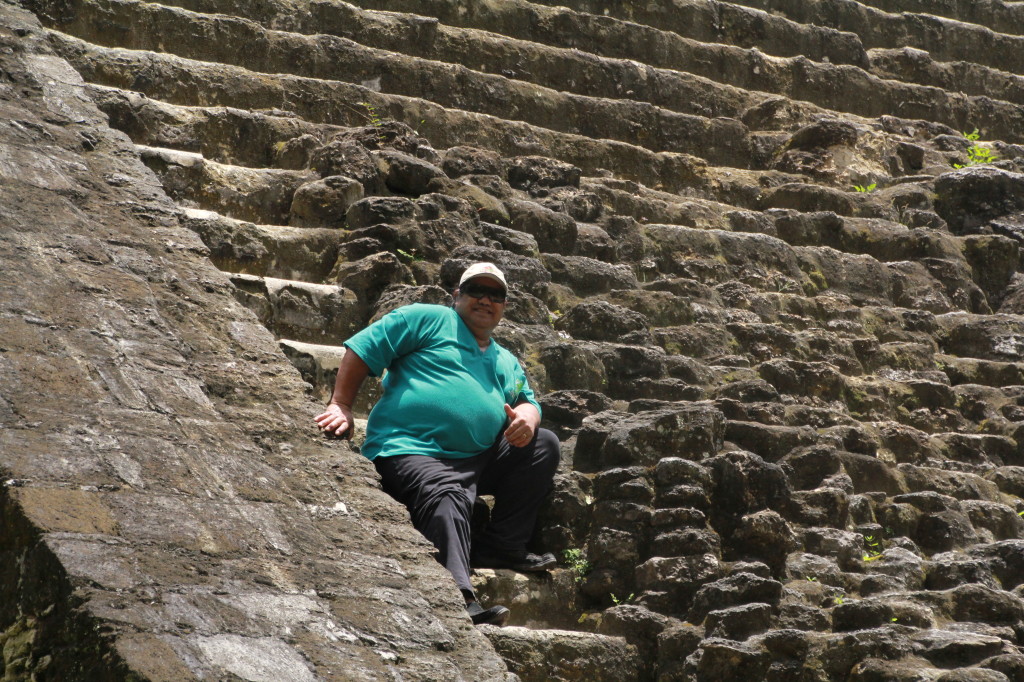
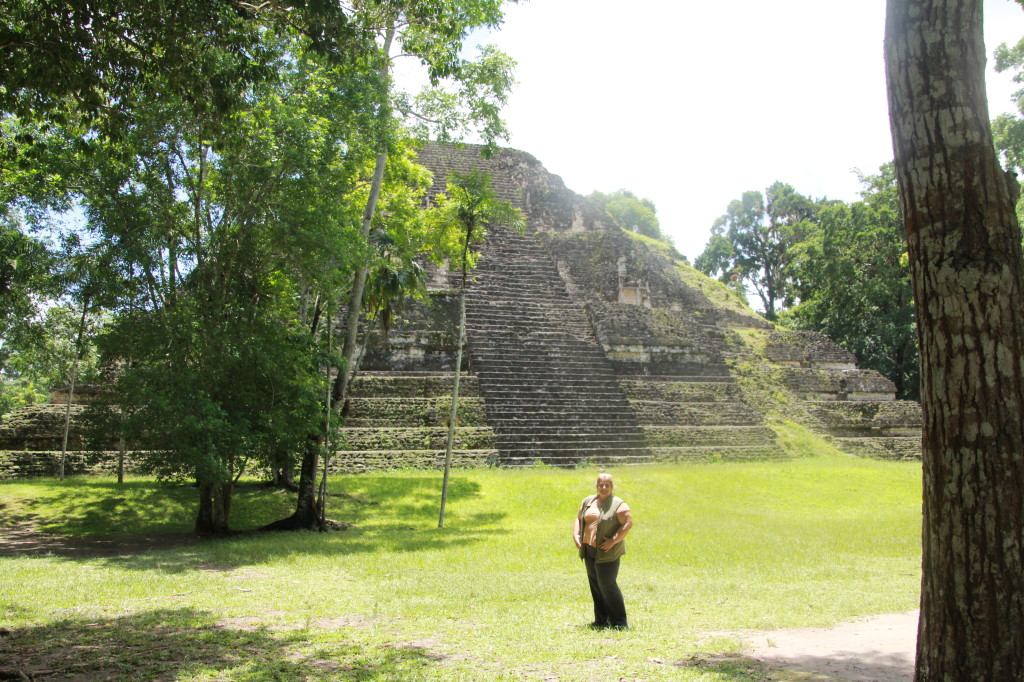
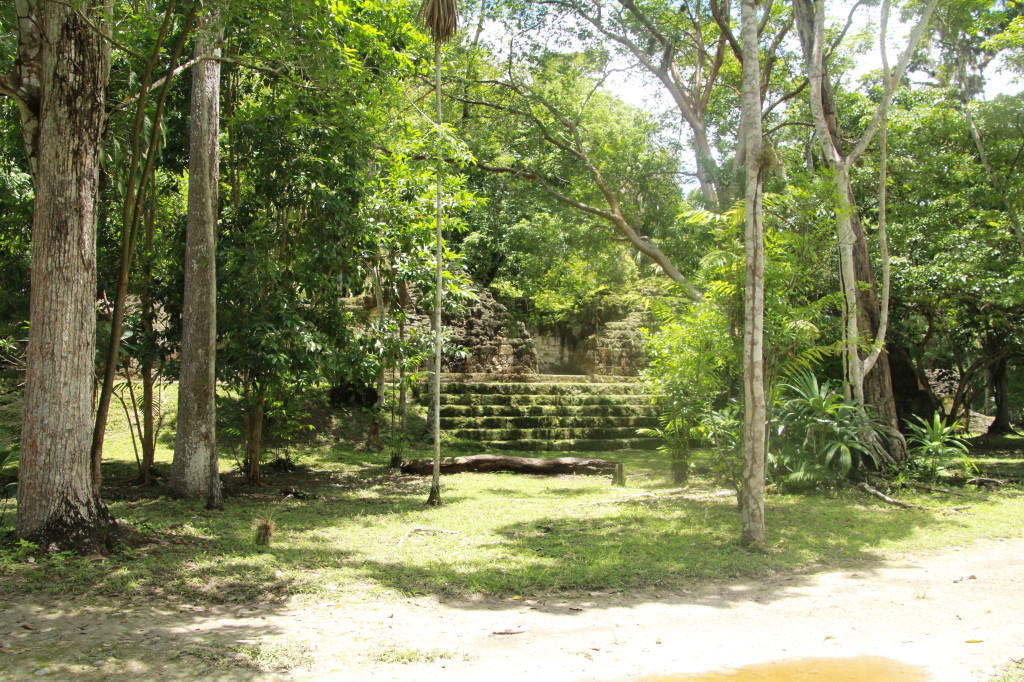
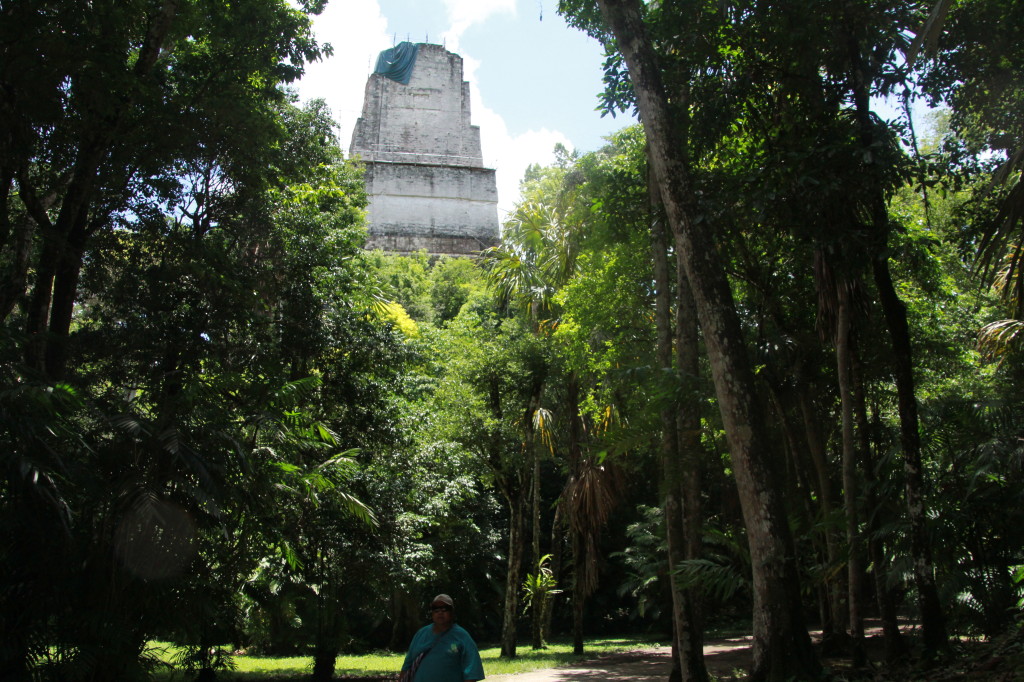
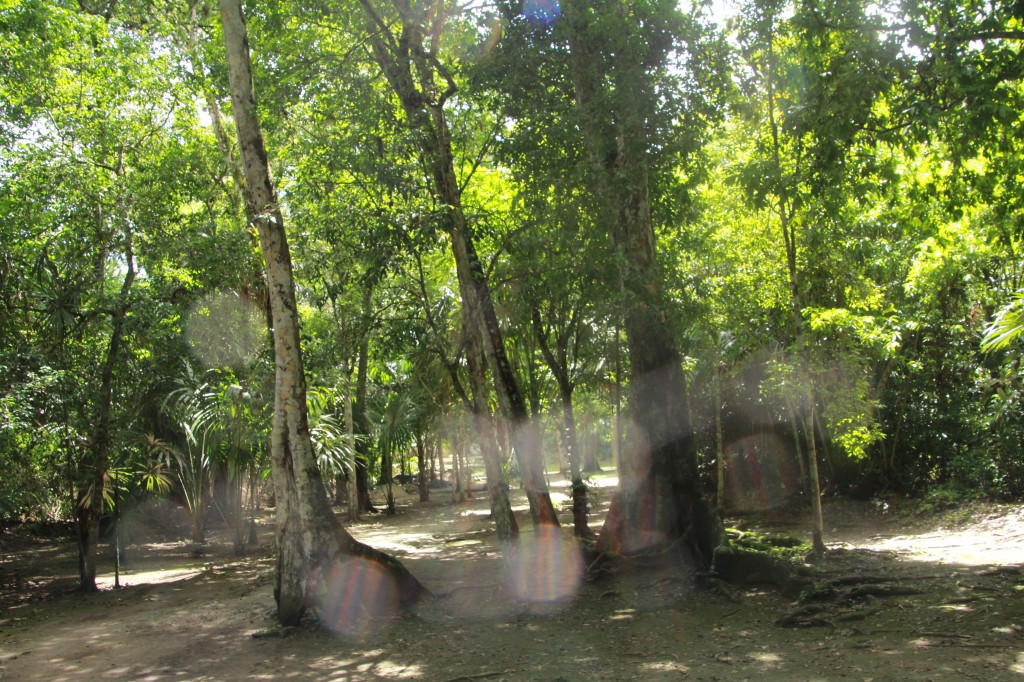
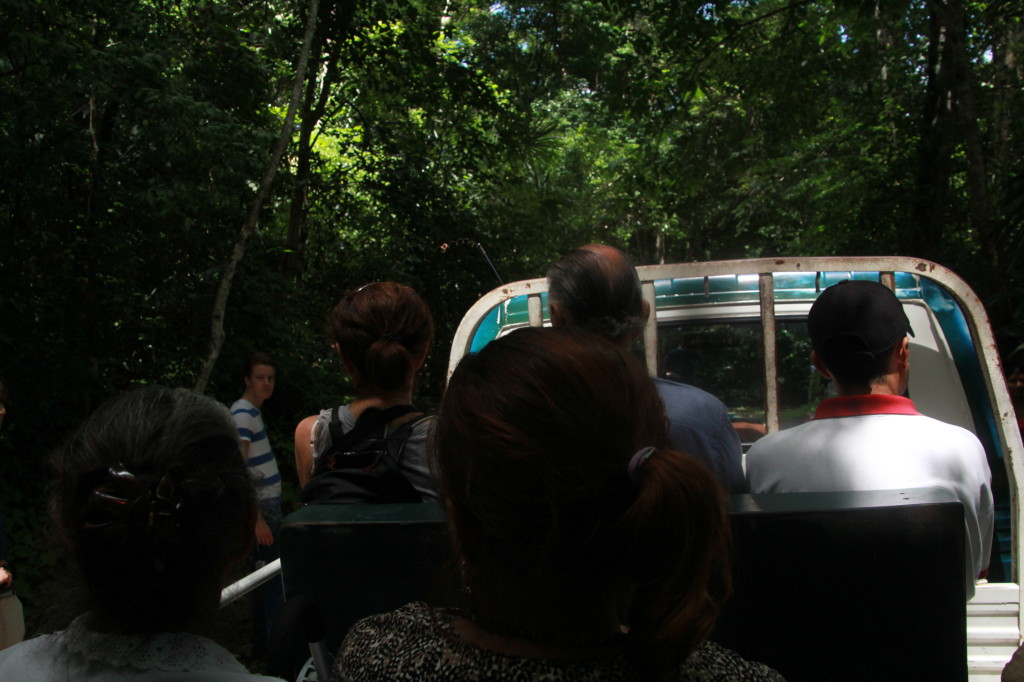 Outside the park is a small market with souvenirs and handicrafts, some of which take credit cards at a premium. There’s a restaurant near the shops and another one across the road that is cheaper and had good food.
Outside the park is a small market with souvenirs and handicrafts, some of which take credit cards at a premium. There’s a restaurant near the shops and another one across the road that is cheaper and had good food.
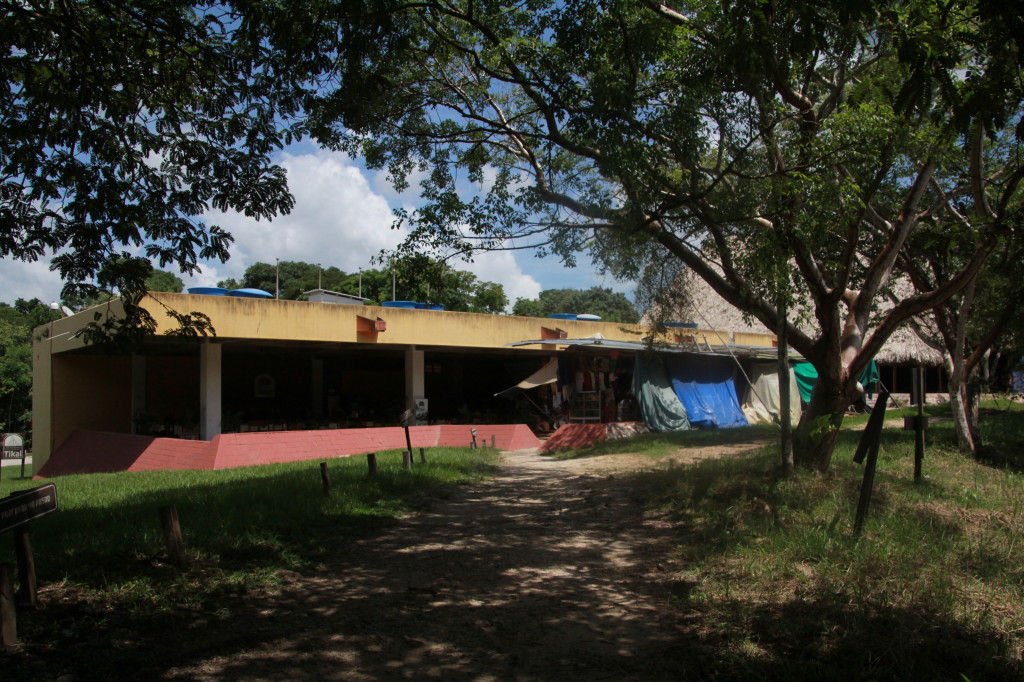
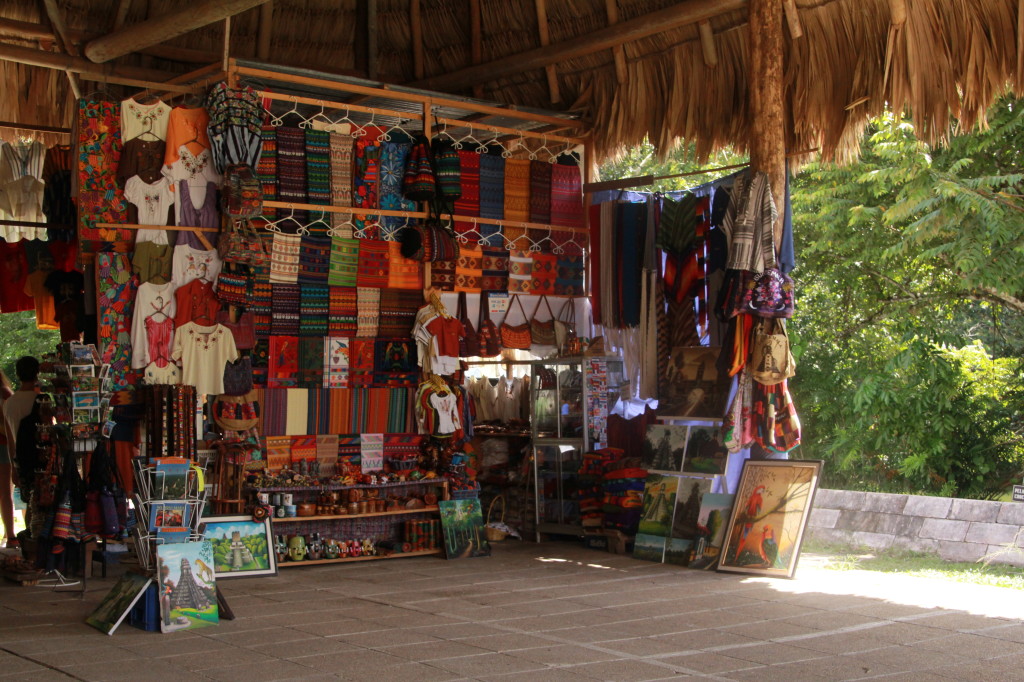
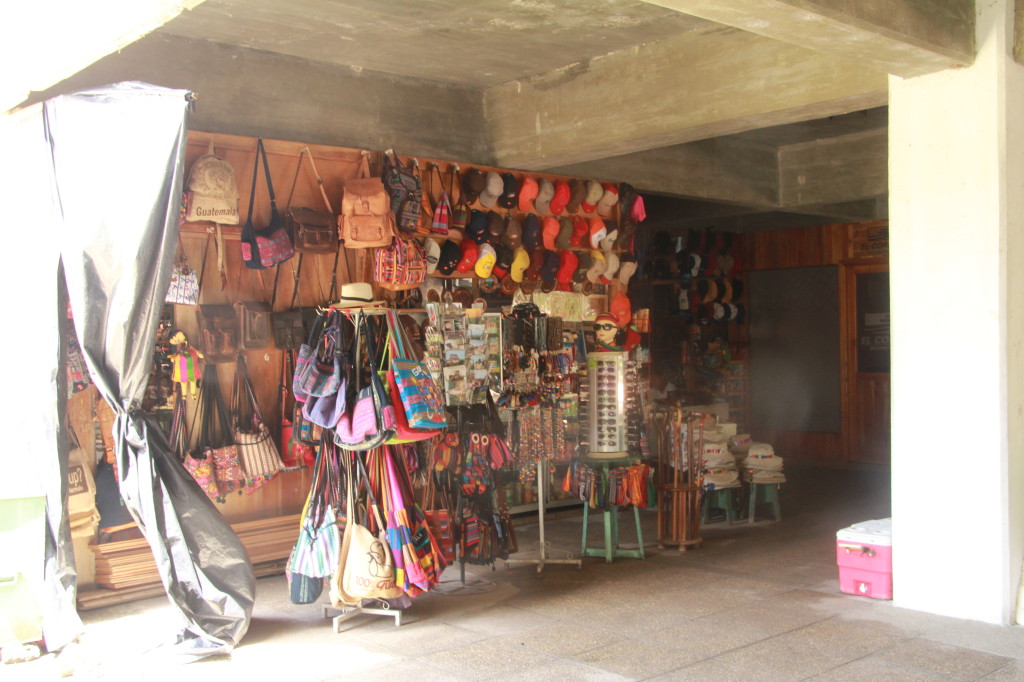
I couldn’t resist the “Angry Bird” Quetzal t-shirt!
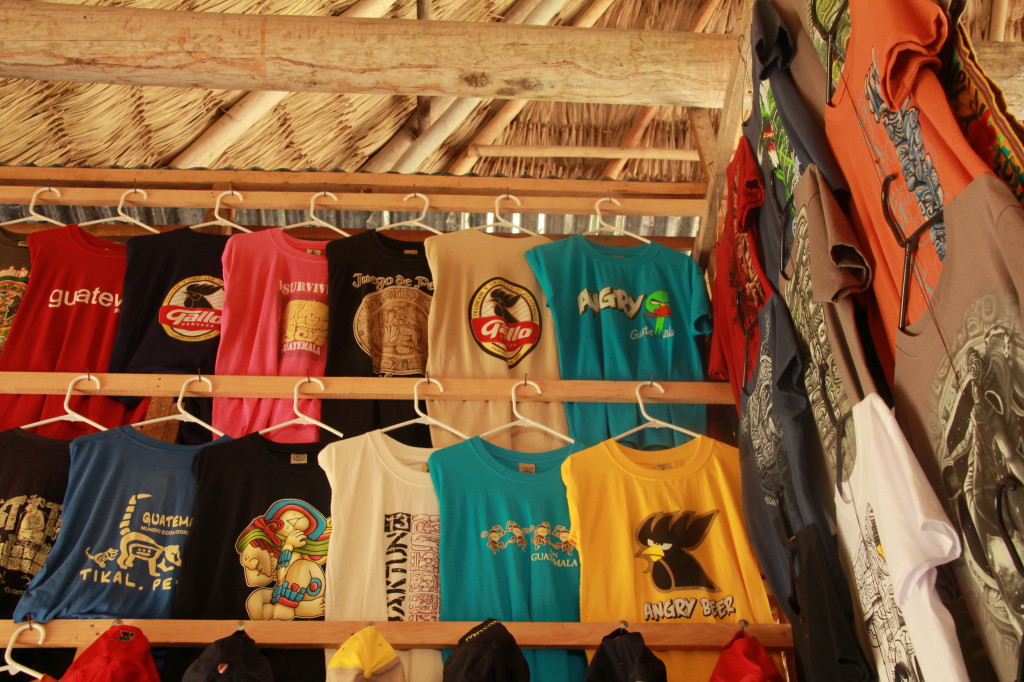
The souvenirs weren’t cheap, I wanted this painting but couldn’t afford it and didn’t want to lug it around the rest of the trip. I did end up buying a needlepoint Mayan wall hanging with Quetzals on it.
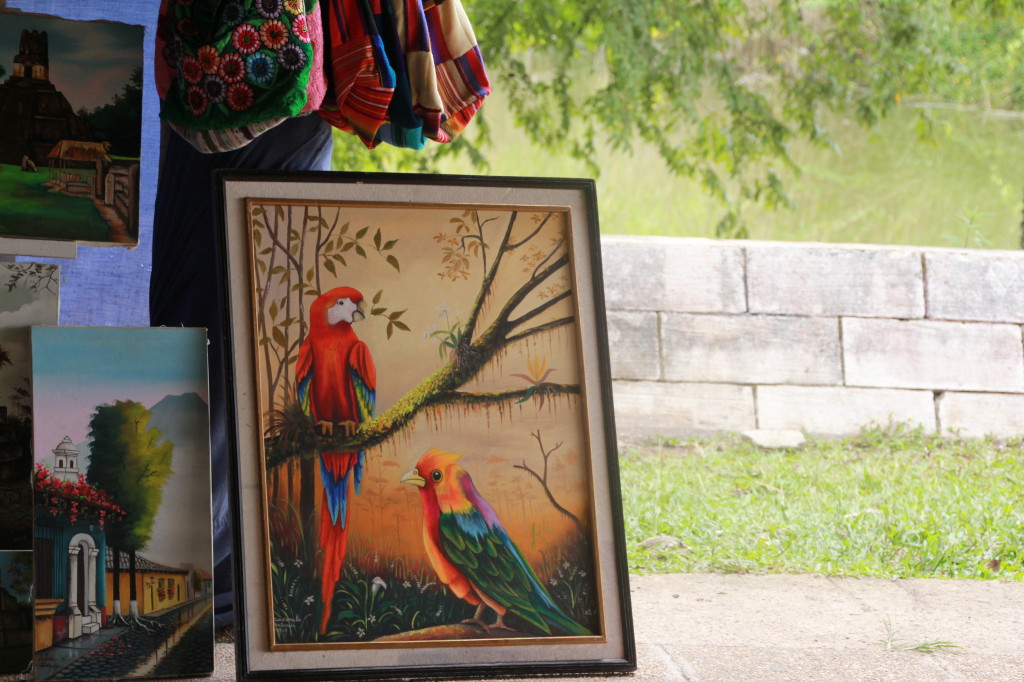
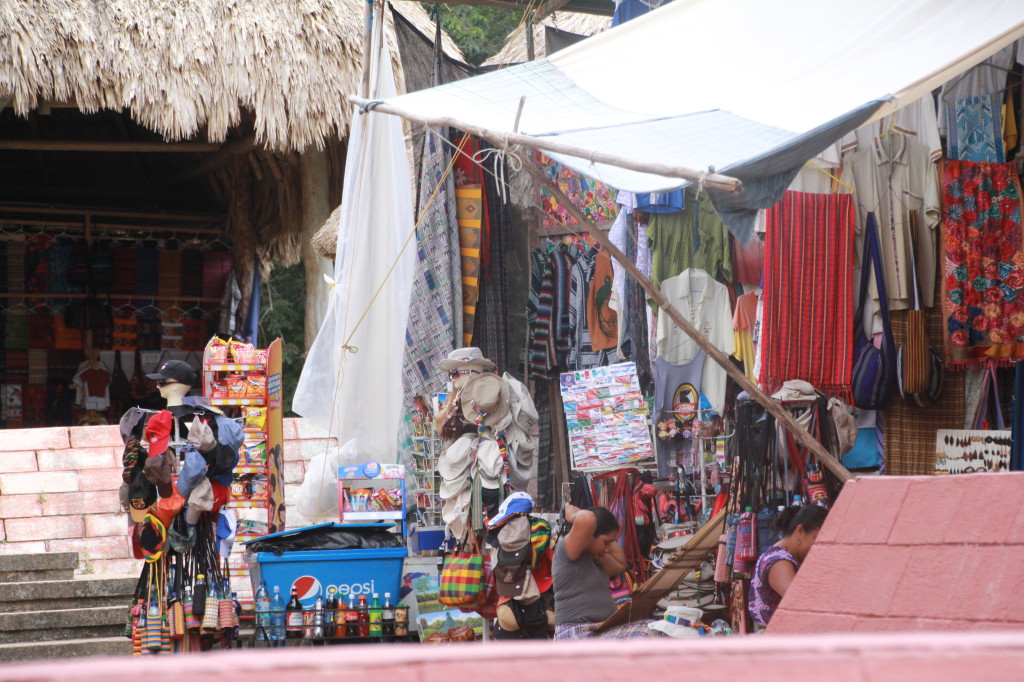
Mini-Tikal
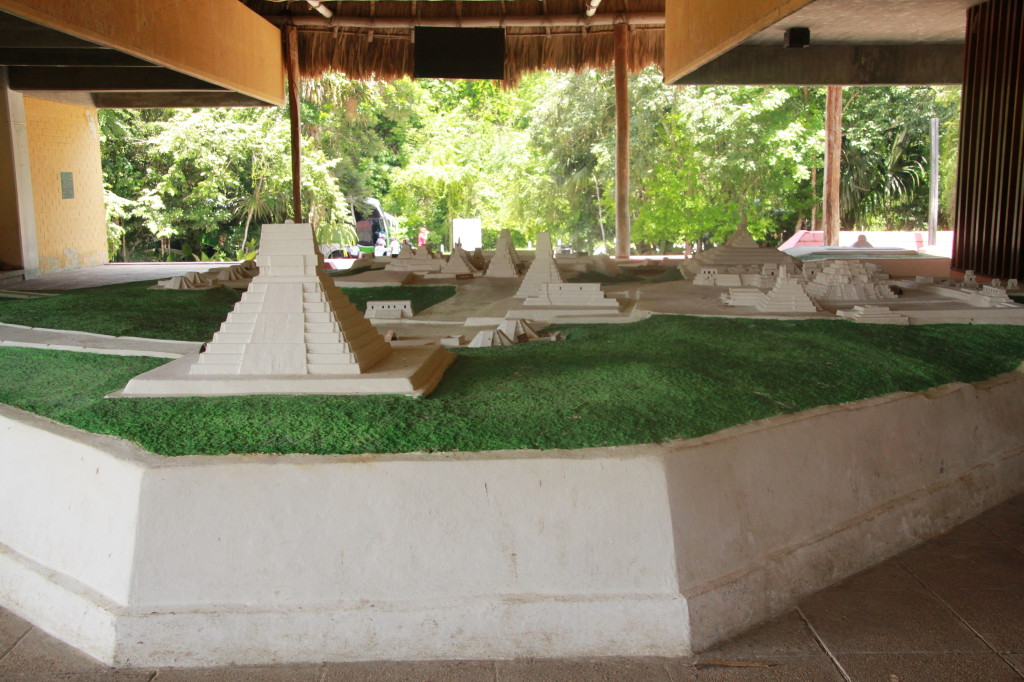
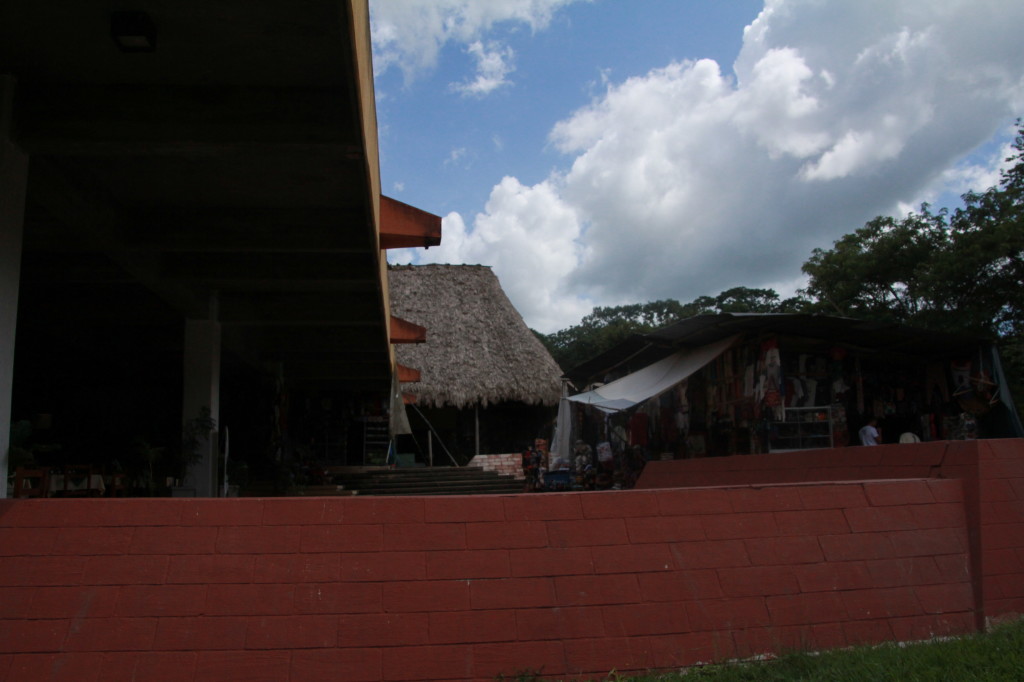
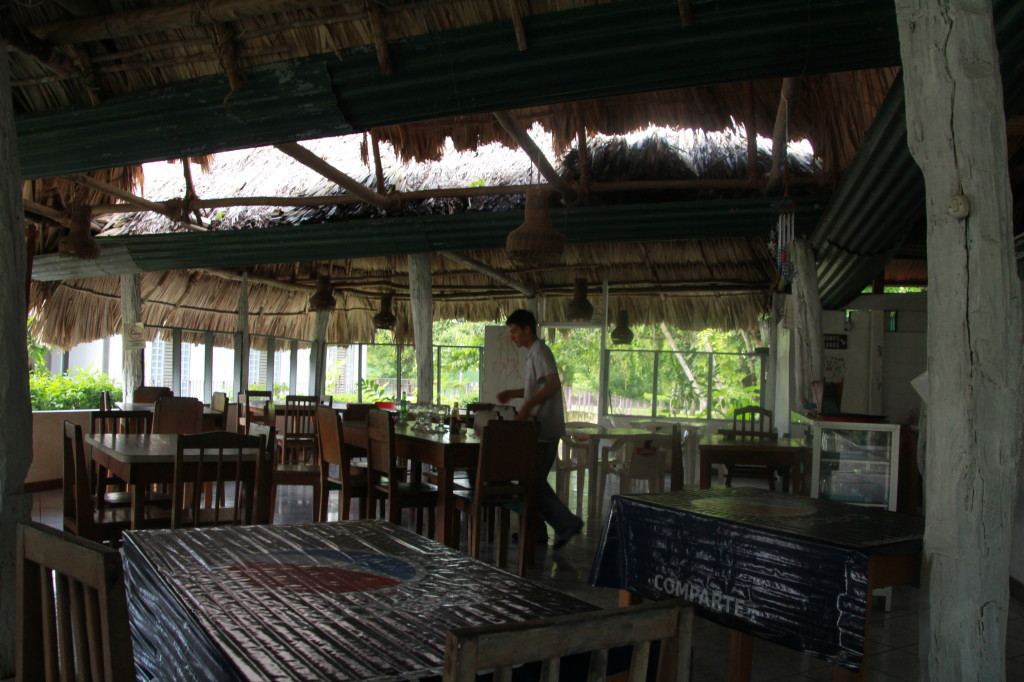
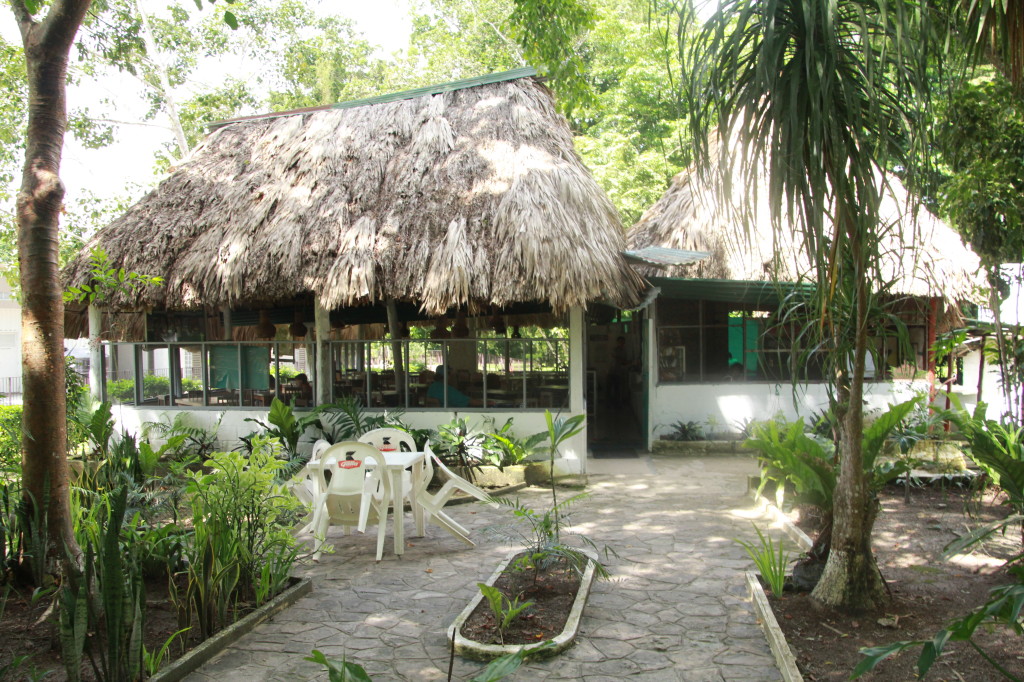
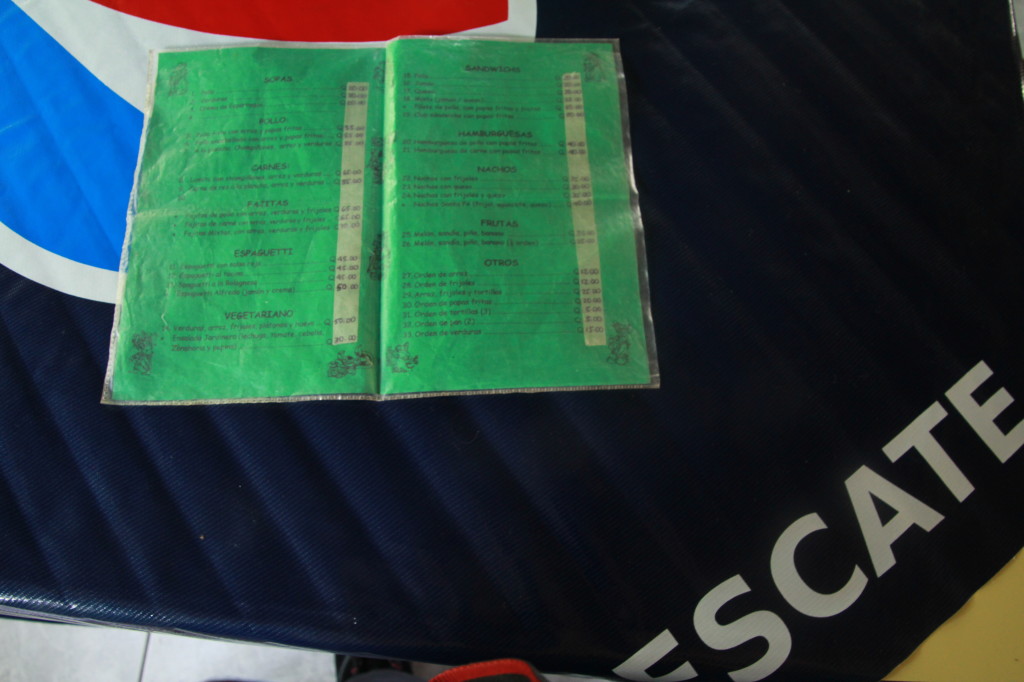
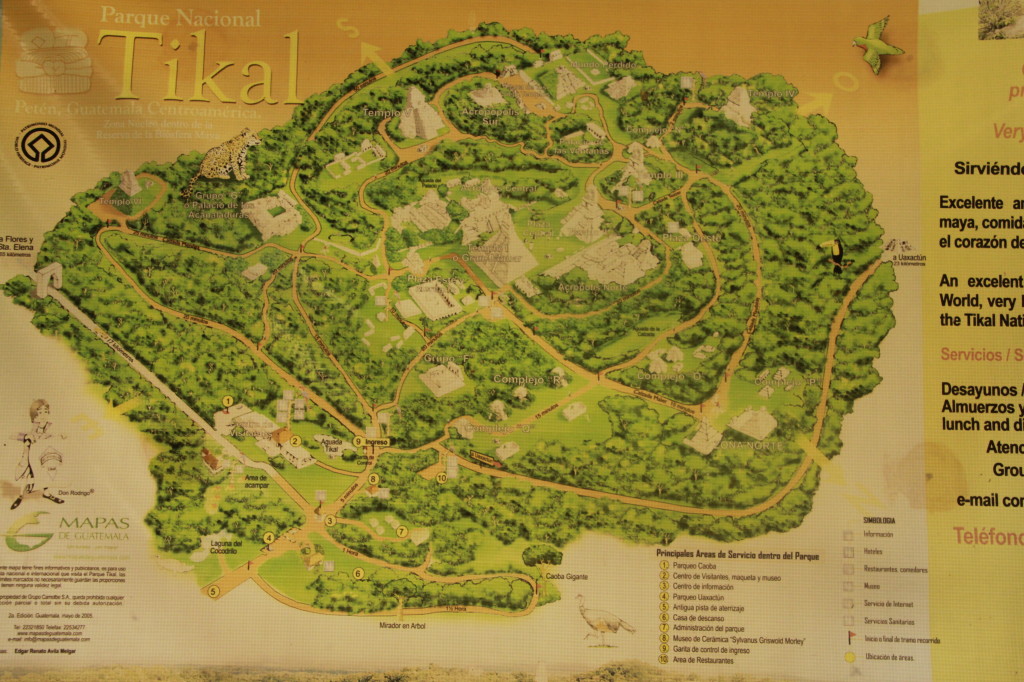
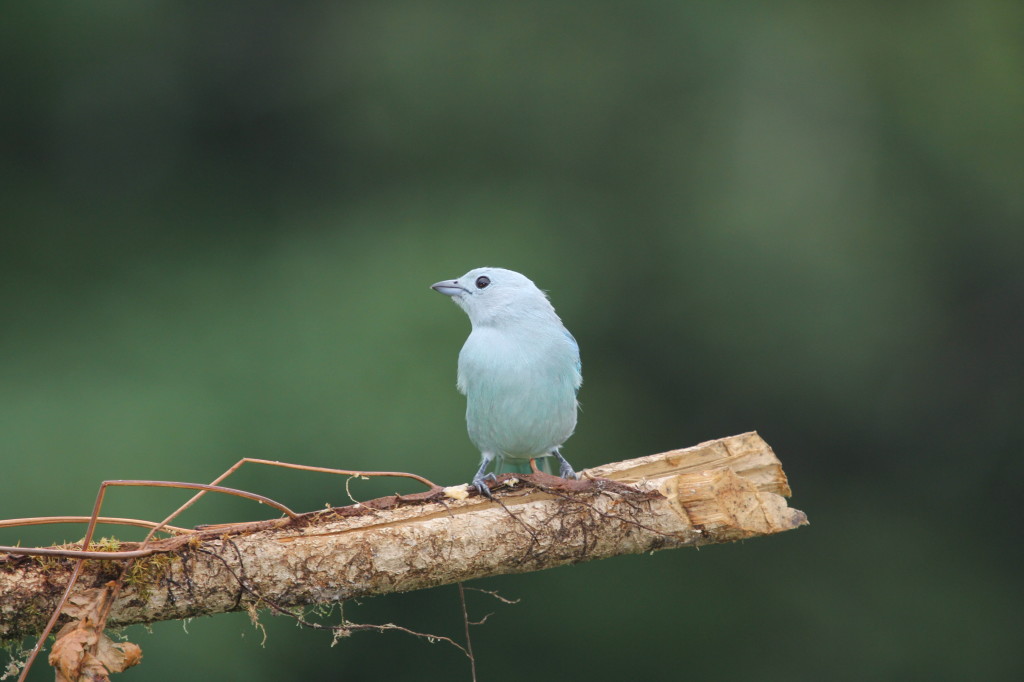
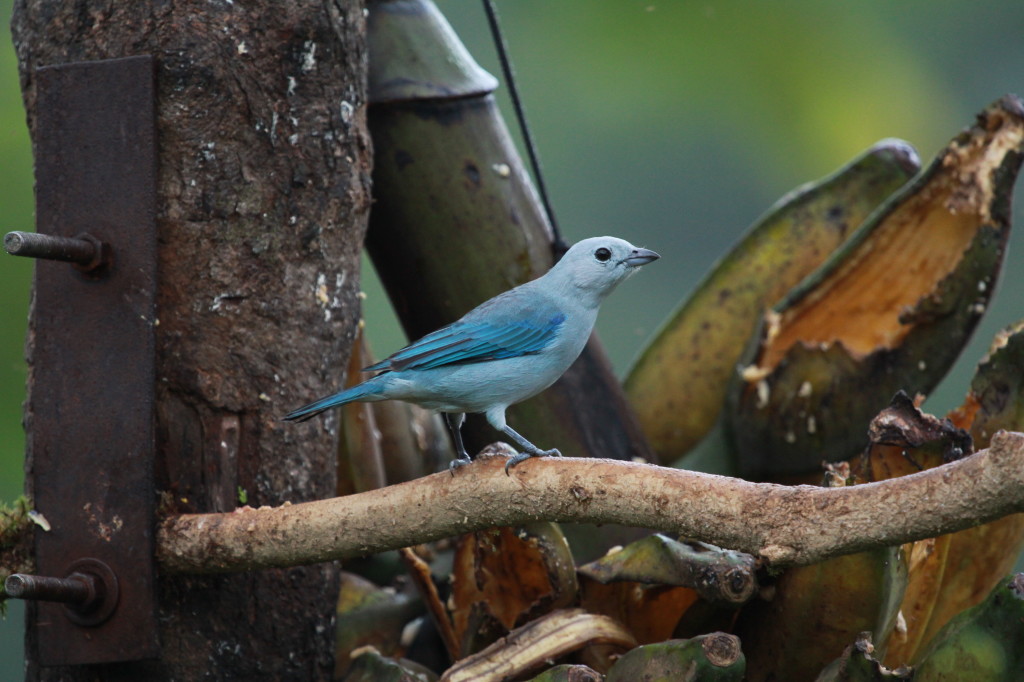 This delicately hued little beauty has a wide range throughout Central and South America (easily reached with airline miles) and can be easily seen in most of the national parks. I saw them in Crooked Tree, Belize; Tikal, Laguna del Lagarto & Savegre, Costa Rica; and Soberania in Panama.
This delicately hued little beauty has a wide range throughout Central and South America (easily reached with airline miles) and can be easily seen in most of the national parks. I saw them in Crooked Tree, Belize; Tikal, Laguna del Lagarto & Savegre, Costa Rica; and Soberania in Panama.
